Walks Around Heywood
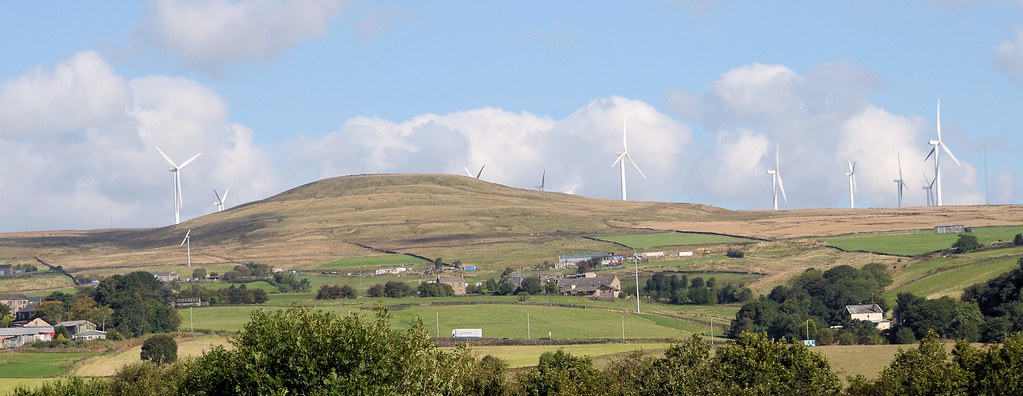
The omnipresent Knowl Hill
~
~

When I first moved to Heywood in 2018, I said to my partner (a Heywood lass born and bred) that the place had little to offer on the walking front … boy, how wrong I was!
To atone for my ignorant comment, I have put together a series (not exhaustive) of summer walks that circumnavigate the town … each one is around 7 miles and is laced with a heavy dose of history!
I have followed a familiar Blue Fox format … the routes are on 1:25k maps (enlarged x 2 for ease of identifying specific details) or ‘Streetmaps’ where appropriate. Each one is accompanied by several points of interest and supporting pictures.
Oh yes … every walk has a suggested pic-nic/break stop and, of course, pub-stop factored into it!

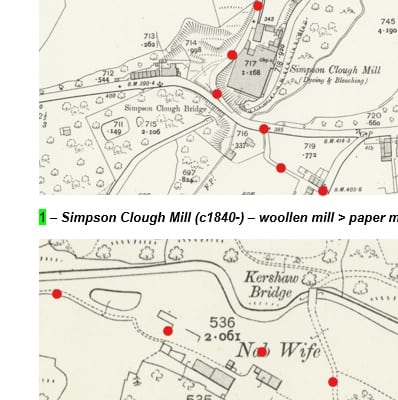

–

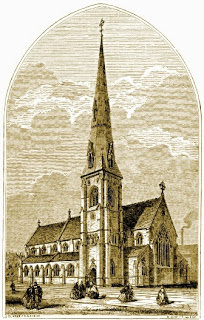
Heywood can trace its roots back to the Anglo Saxon period. The Saxons cleared thickly wooded areas into ‘heys’ or fenced clearings in which wild animals were driven for easy capture … likely giving the area its name. The Anglo-Saxon word “haga” means a hedge, thus Heywood possibly means ‘the wood surrounded by a hedge.’ At one time Heywood was spelt as ‘Eywode’ which points strongly to its derivation being from the Anglo Saxon ‘ea’ meaning water … thus ‘the wood surrounded by the stream’ is another possible source of the name.
Originally part of the township of Heap, Heywood grew to be the town we know and love due to the Cotton Trade. With excellent transport links, thanks to the M62 and M66, Heywood to-day has become the centre for the distribution of goods.
It’s not known exactly when Heywood first got the nickname “Monkey Town” but the term was being used as far back as 1857. Bob Dobson in “Lancashire Nicknames & Sayings” states that the nickname originated from Irish immigrants pronouncing ‘Heap Bridge’ as ‘Ape Bridge,’ and believes that the name ‘Monkey Town’ derived from this. With the nickname came the stools with holes in them … supposedly for the monkey’s tails. In reality the holes were for carrying the stools!
The railways are inextricably woven into the area’s industrial past, providing vital links to the country’s network of import, export, raw material, and, most importantly, workers. The East Lancashire Railway is now a 12.5 mile heritage steam line, running between Heywood and Rawtenstall, with stations at Ramsbottom and Bury in between.

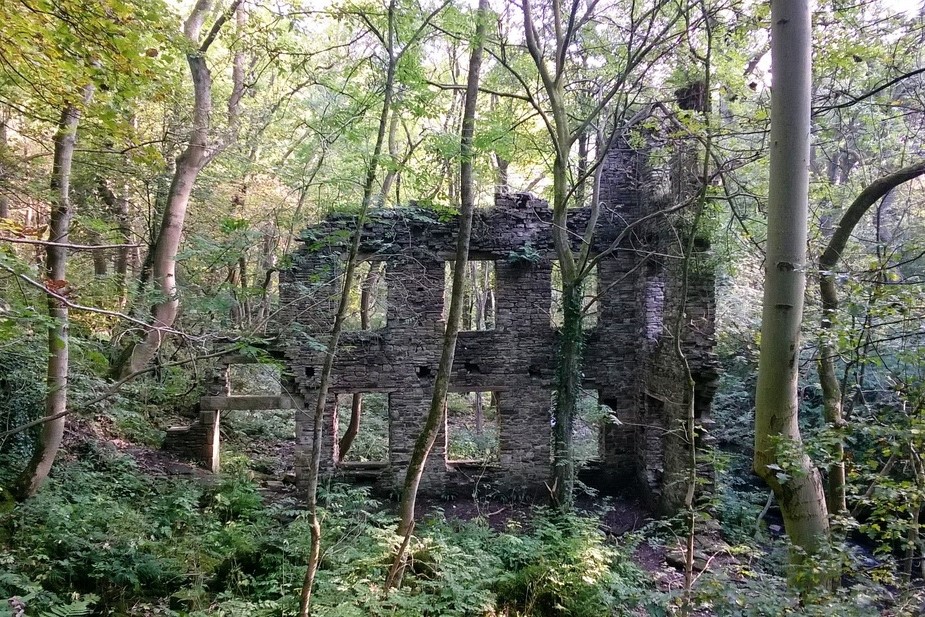
WALK No.1 –
Simpson Clough & Bamford ~ 6.8 miles / 850 feet ascent
>>>
Start/finish point: St.Luke’s Church, town centre (Parish of St.Luke)
ACKNOWLEDGEMENT: Denise Miller
PUB: Grapes, Bamford

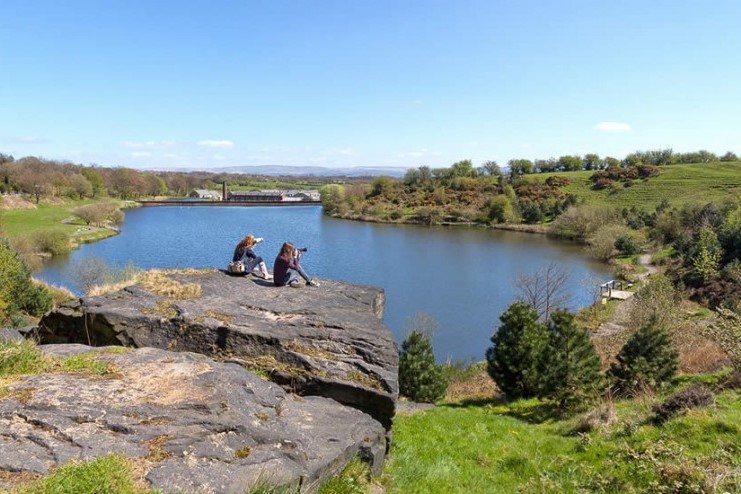
WALK No.2 –
Roch Valley & Birtle ~ 7.5 miles / 800 feet ascent
>>>
Start/finish point: Sports Village, Back o’th’ Moss (Parish of St James)
PUB: Pavilion, Birtle


WALK No.3 –
Castle Hawk & Crimble ~ 7.9 miles / 500 feet ascent
>>>
Start/finish point: St. Luke’s Church, town centre (Parish of St Luke)
PUB: Hare & Hounds, Crimble

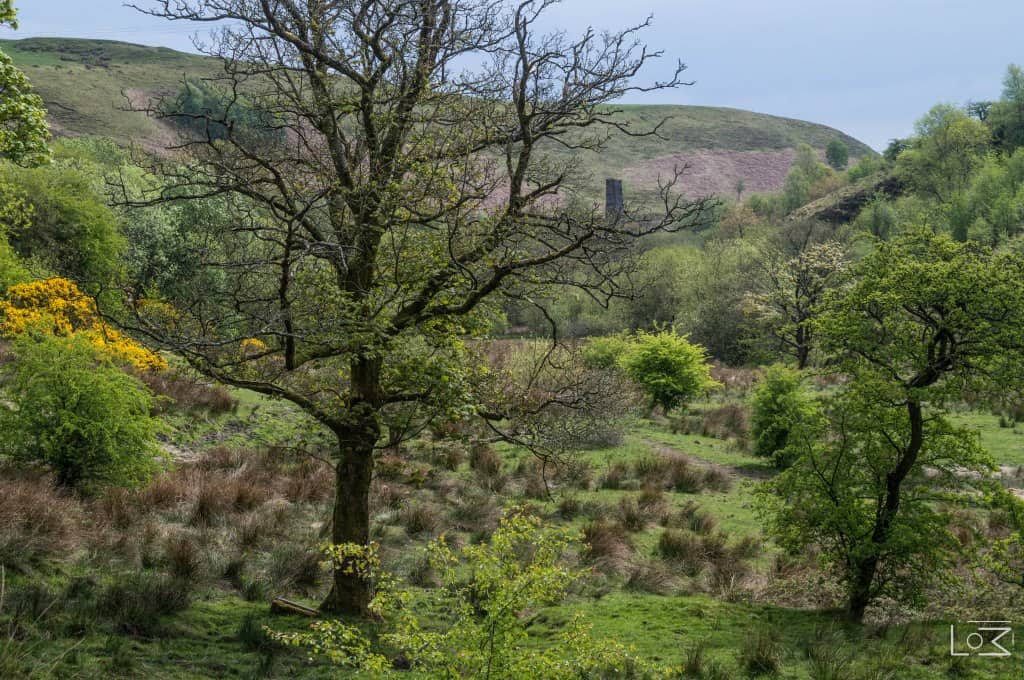
WALK No.4 –
Ashworth Valley & Deeply Vale ~ 7.5 miles / 1100 feet ascent
>>>
Start/finish point: ‘Tractor’ blue plaque, town centre (Parish of St Luke)
PUB: Packhorse, Birtle

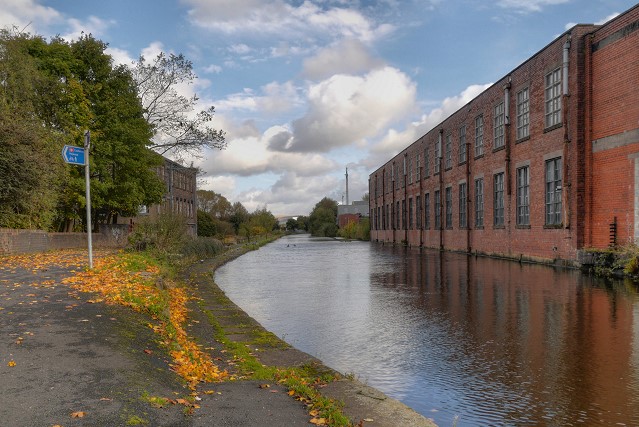
WALK No.5 –
Rochdale Canal & Hopwood Woodlands ~ 7.5 miles / 400 feet ascent
>>>
Start/finish point: East Lancashire Railway, Hopwood (Parish of St John)
PUB: Hopwood Arms, Slattocks


WALK No.6 –
Summerseat to Heywood ~ 7.9 miles / 1100 feet ascent
>>>
Start/finish point: East Lancashire Railway, Hopwood (Parish of St John)
PUB: Bird, Birtle


WALK No.7
Hollins Vale Nature Reserve & Pilsworth ~ 7.3 miles / 500 feet ascent
>>>
Start/finish point: St. John’s Church, Heap Bridge
PUB: Queen Anne, Unsworth


WALK No.8
Springfield Park & Queen’s Park ~ 7.4 miles / 650 feet ascent
>>>
Start/finish point: Queen’s Park, Heywood North (Parish of St Luke)
PUB: Success To The Plough, Marland

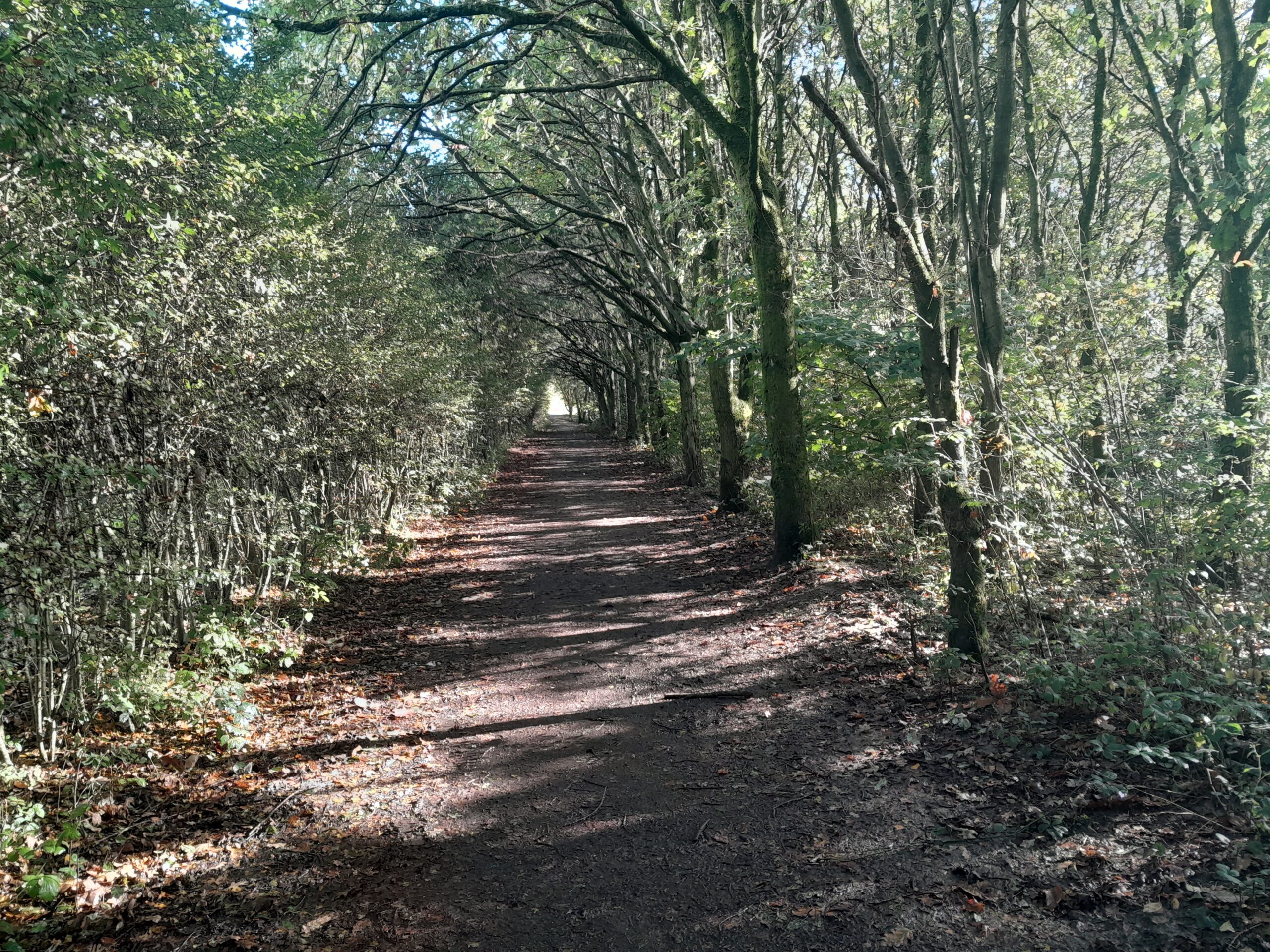
WALK No.9
Walmersley & Chesham Woods ~ 7.1 miles / 1000 feet ascent
>>>
Start/finish point: St. John The Baptist Church, Bircle
PUB: Towler, Limefield

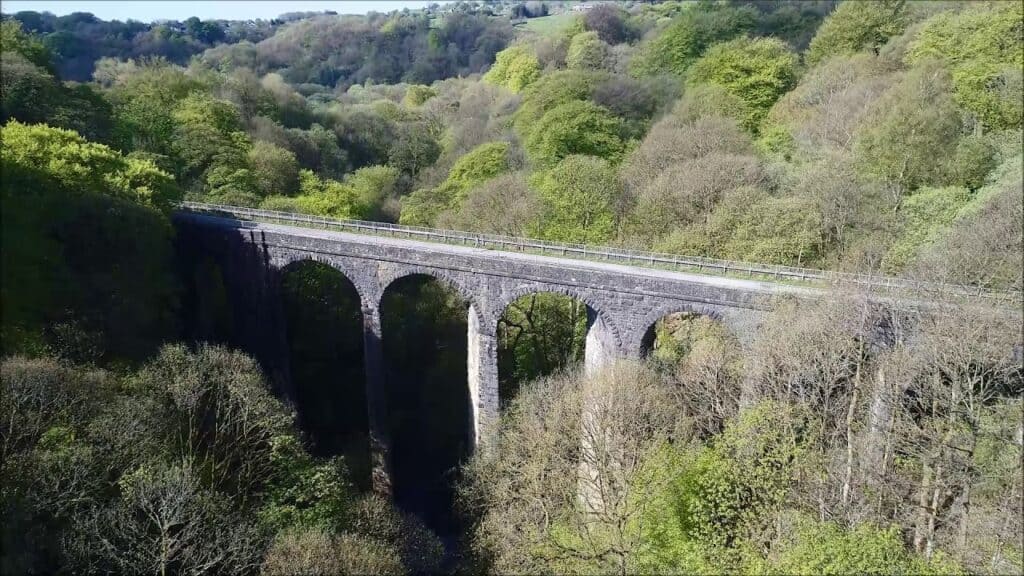
WALK No.10
Healy Dell & Pennine Bridleway ~ 7.1 miles / 1200 feet ascent
>>>
Start/finish point: Catley Lane Head hamlet
PUB: Red Lion, Whitworth


WALK No. 11
Norden & Greenbooth Reservoir – 7.1 miles / 1000 feet ascent
>>>
Start/finish point: Norden village
PUB: Horse & Farrier, Norden

The maps for all the above are on the next website page >>>
NOTE: These walks were researched and reconnoitred in beautiful sunshine! … when the paths were bone-dry and streams a mere trickle. Please be aware that large areas could be prone to heavy mud and it is highly inadvisable to attempt any riverside sections in times of spate. Although much of each routes are mere strolls, there are still some parts only suitable for the sure-footed. Every walk includes a DIFFERENT pub for you to enjoy along the way, or an alternative pic-nic/break stop if preferred(?). You can alter the start and finish points to suit yourselves (eg if you want the pub at the end). Good knowledge of map-reading would be advantageous to yield the most from these walks.
I have been asked to lead local groups for these walks. My leading days are limited (time) nowadays, but I am prepared to impart the routes and their stories to another prospective leader.
~
The Rochdale Way
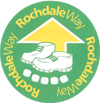
This 49 miles / 6500 feet ascent long distance beauty is a route around the Borough of Rochdale … over moorland, through wooded valleys and passing historic urban sites. Blackstone Edge, Healey Dell, Knowl Hill, Queens Park, Tandle Hill and Piethorne Valley are visited or viewed along the Way.
Although waymarked throughout, it does have its shortfalls … particularly in places where you could really do with a helpful pointer! There is a contentious section near to Birch to negotiate too. All in all … this will test your navigational skills.
It is unlikely you will be able to do this in one hit, so in order to segment it, reliance on someone to drop you off and pick you up will be required. Alternatively, careful planning of public transport will be necessary.
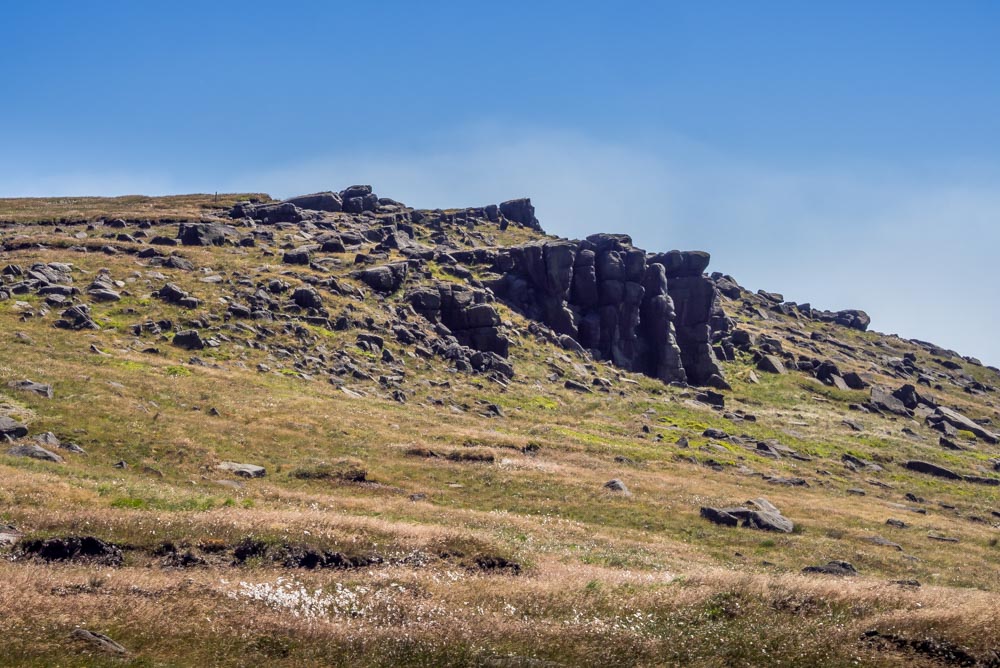
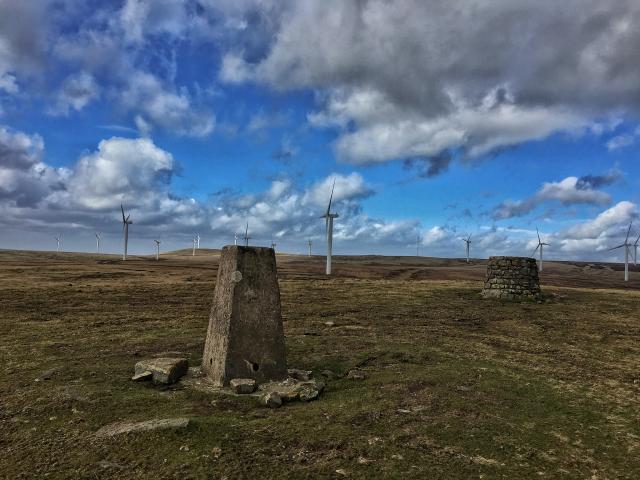


~
~
Cycle Routes

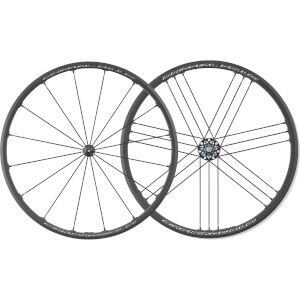
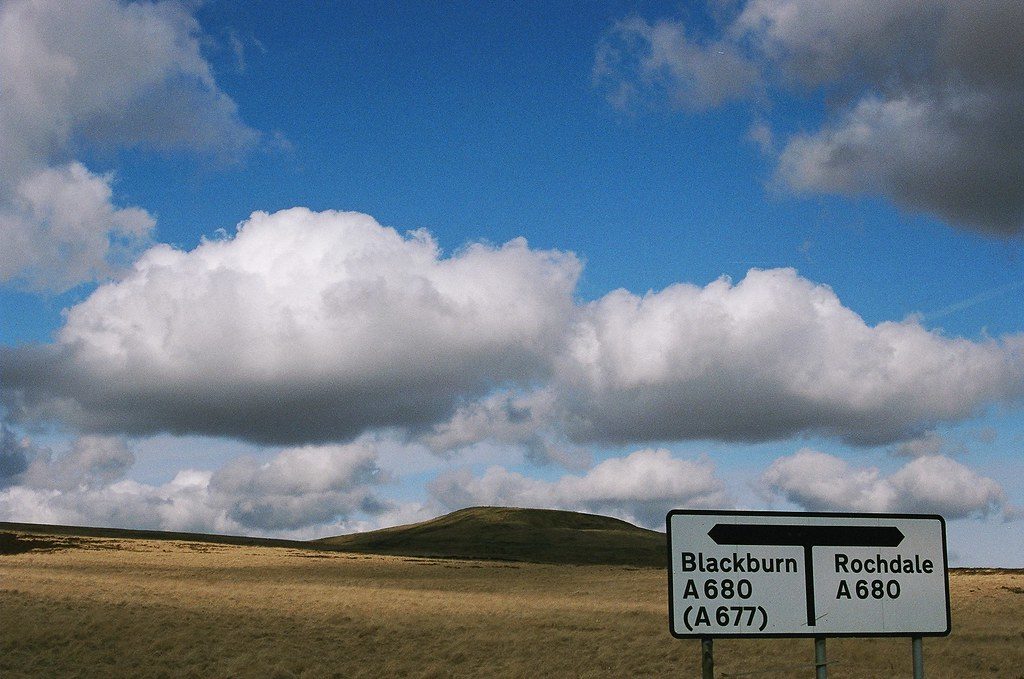
Cycle Route ~ North
15.4 miles circular / 2200 feet ascent
Ashworth Valley > Shuttleworth > Nangreaves > Birtle

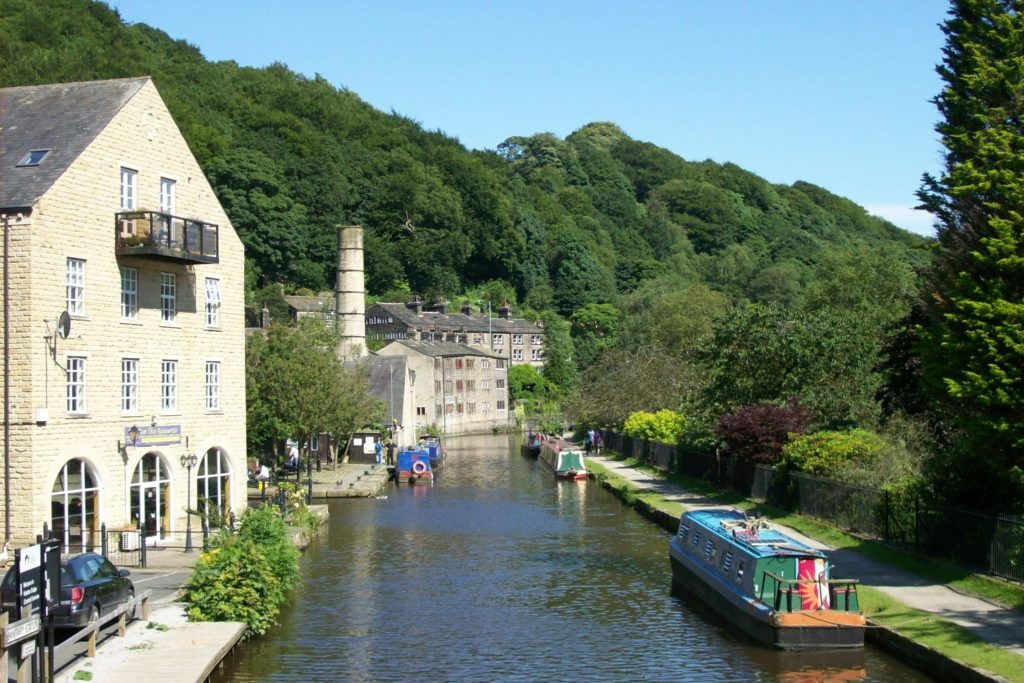
Cycle Route ~ East
16.0 miles linear / 900 feet ascent
Hebden Bridge > Castleton via the Rochdale Canal


Cycle Route ~ West
16.0 miles circular / 1400 feet ascent
Prestwich > Radcliffe > Moses Gate > Ringley

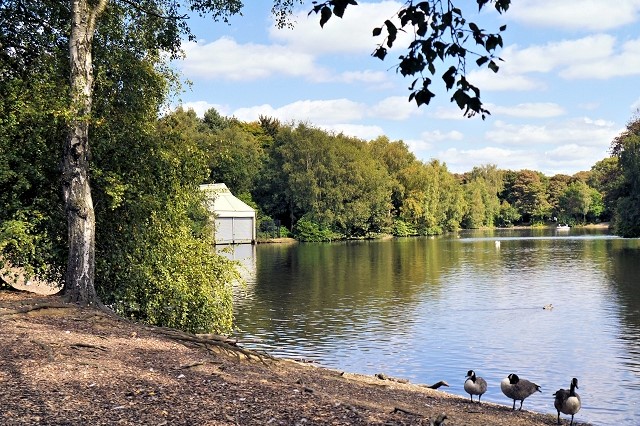
Cycle Route ~ South
15.2 miles circular / 900 feet ascent
Castleton > Alkrington > Heaton Park > Bowlee
~
~
Heywood’s Hidden Treasures …

The Heap Bridge Branch Line
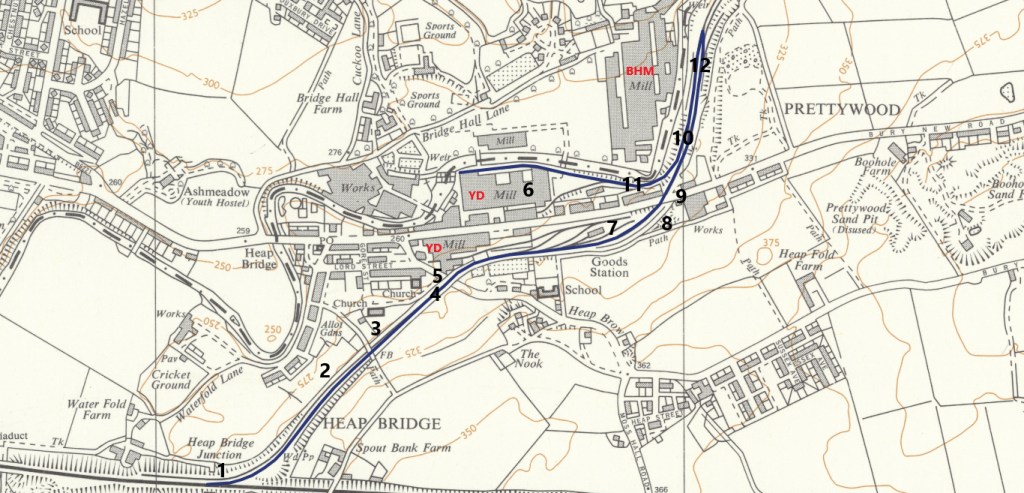
Heap Bridge has a history with papermaking that dates back 300 years! The Heap Bridge sidings were a freight-only line built in 1880 for Bridge Hall Mill (BHM), but was latterly and solely used by Yates Duxbury (YD) when the mill closed down in the mid 1920’s.
These modern-day pictures trace the line’s short journey ….
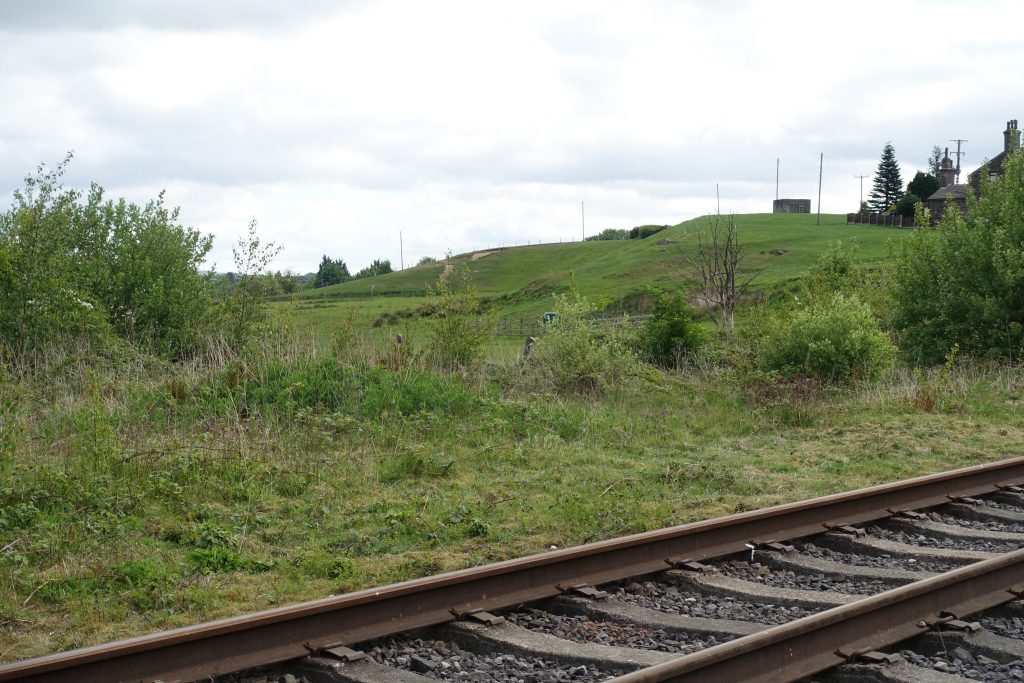
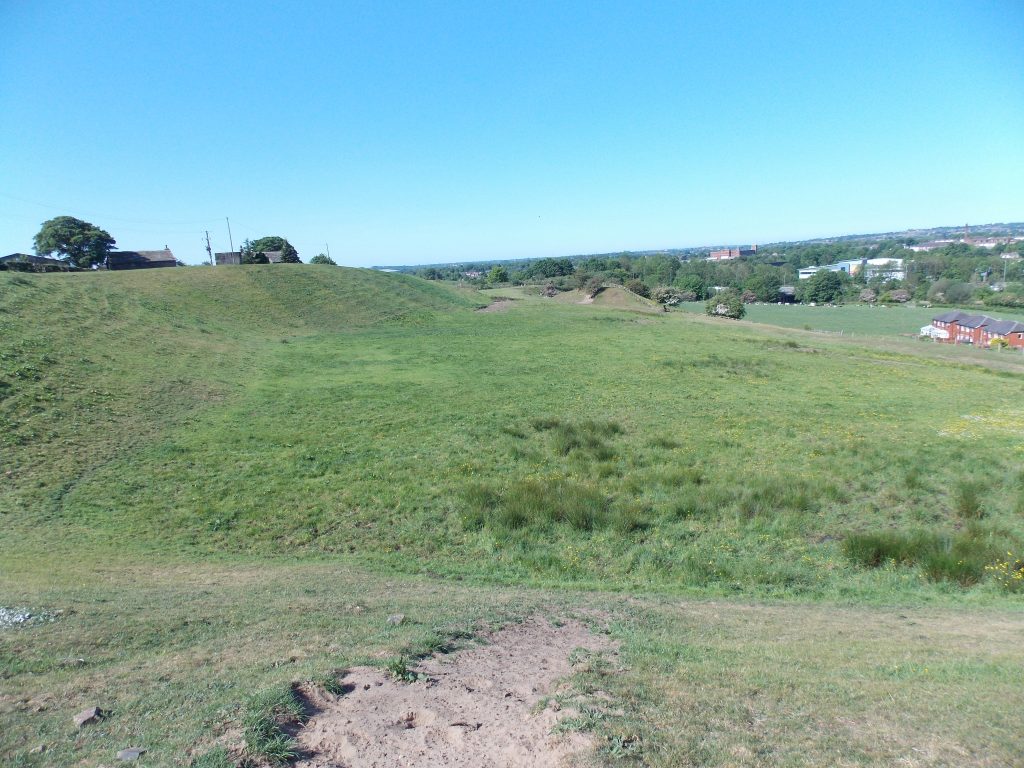

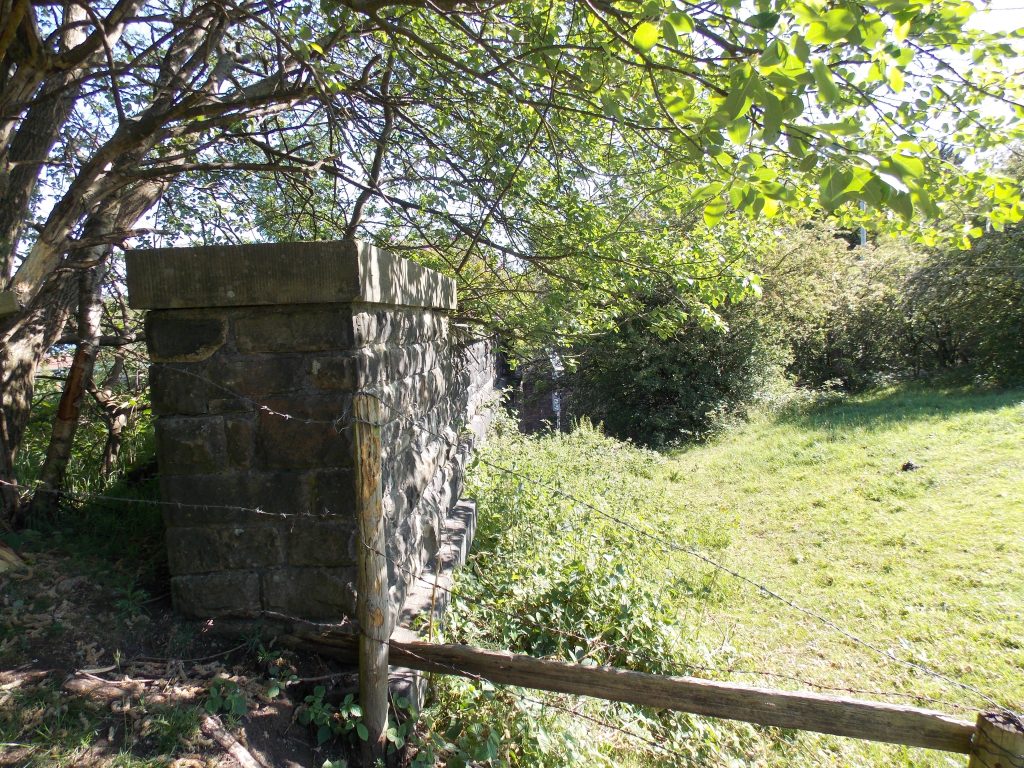
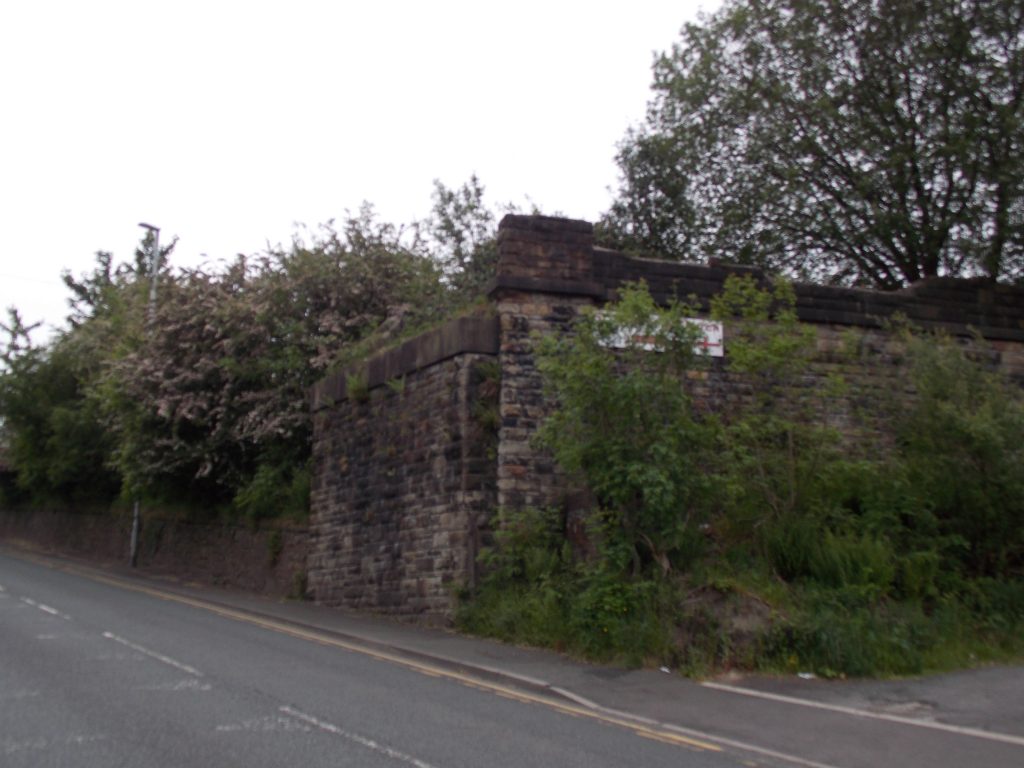



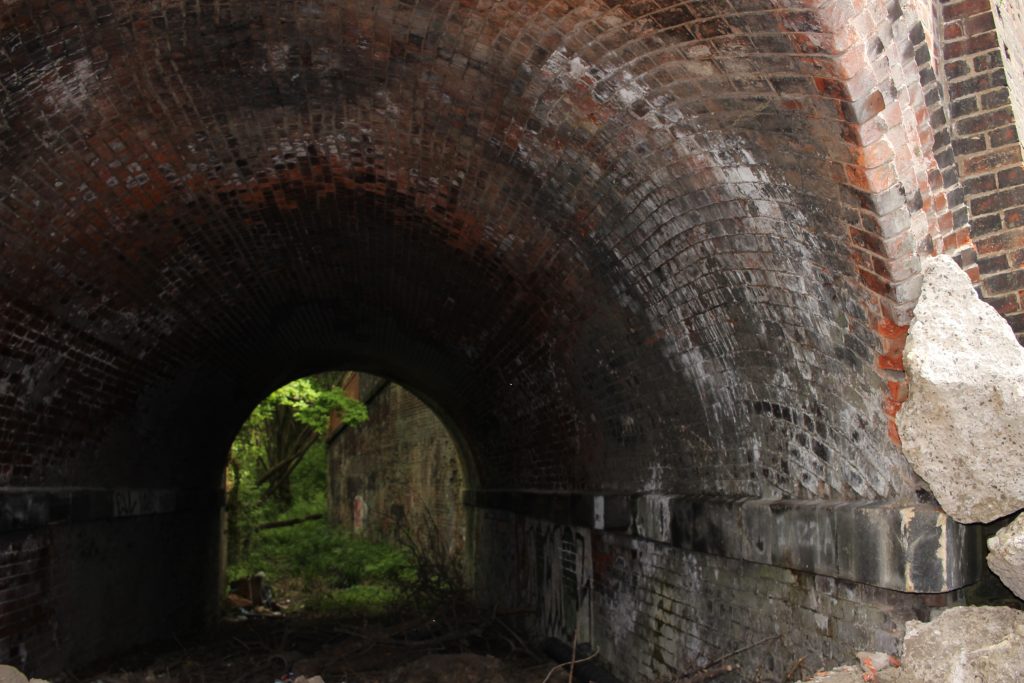
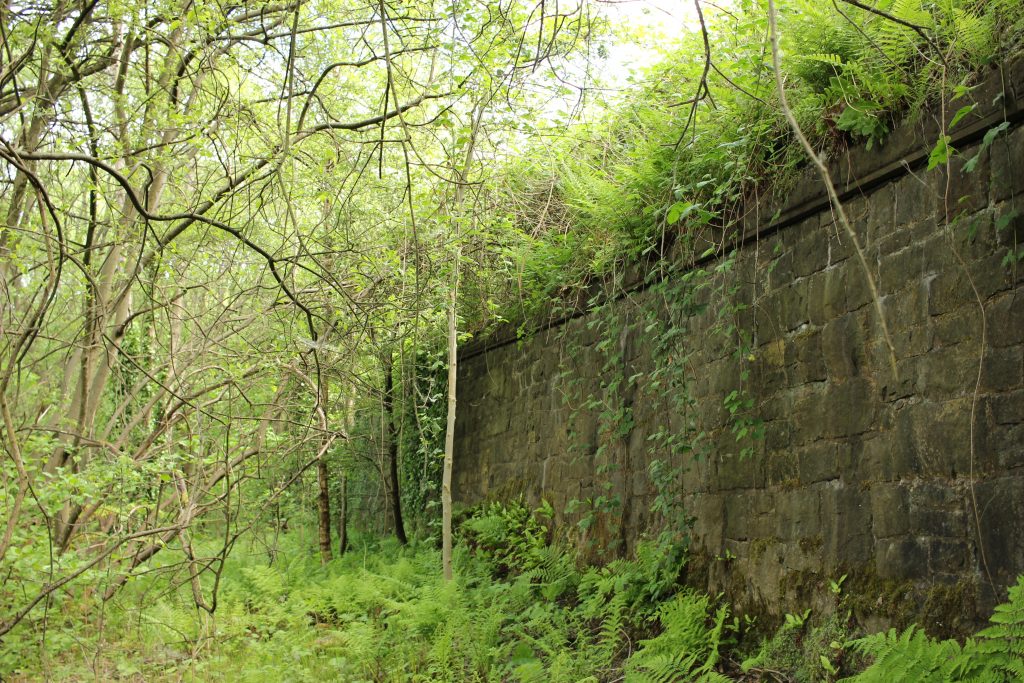
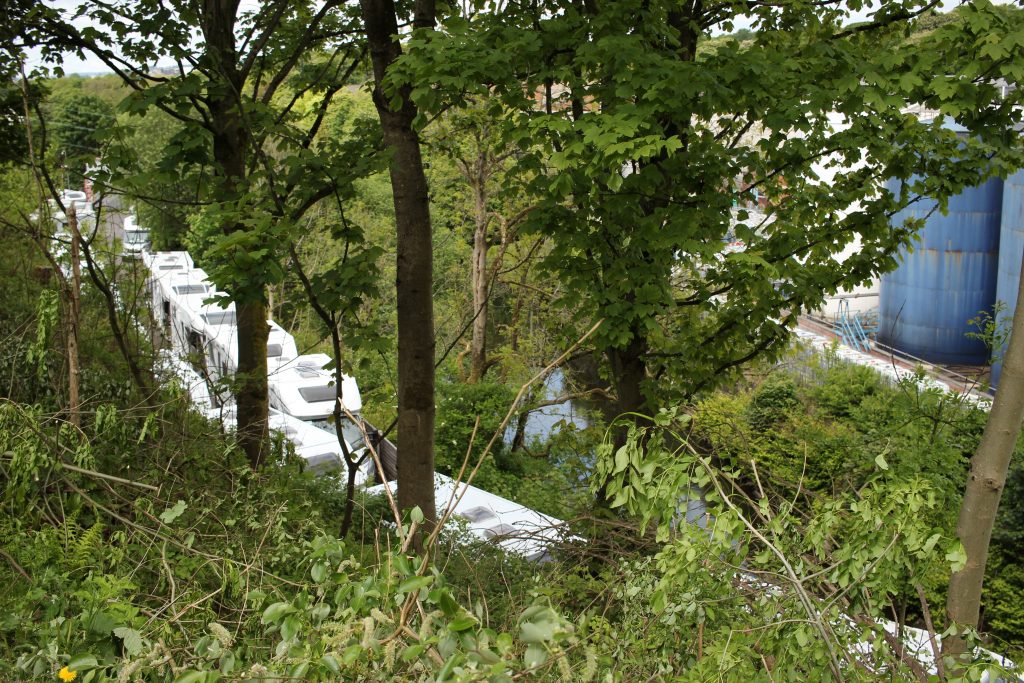
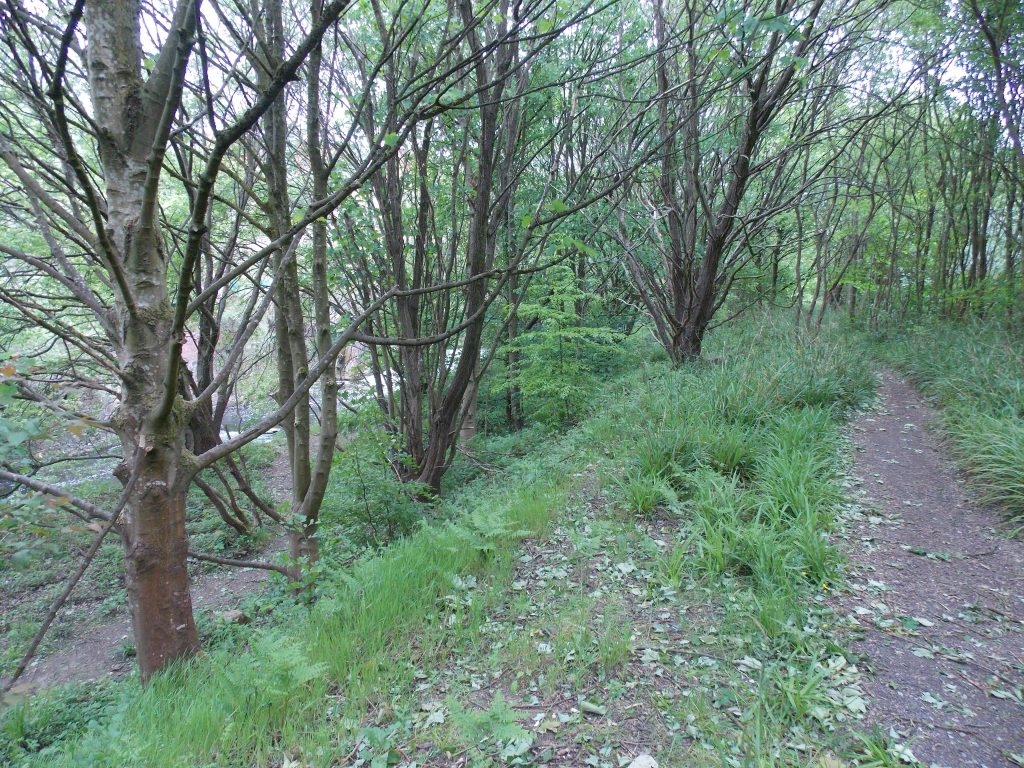
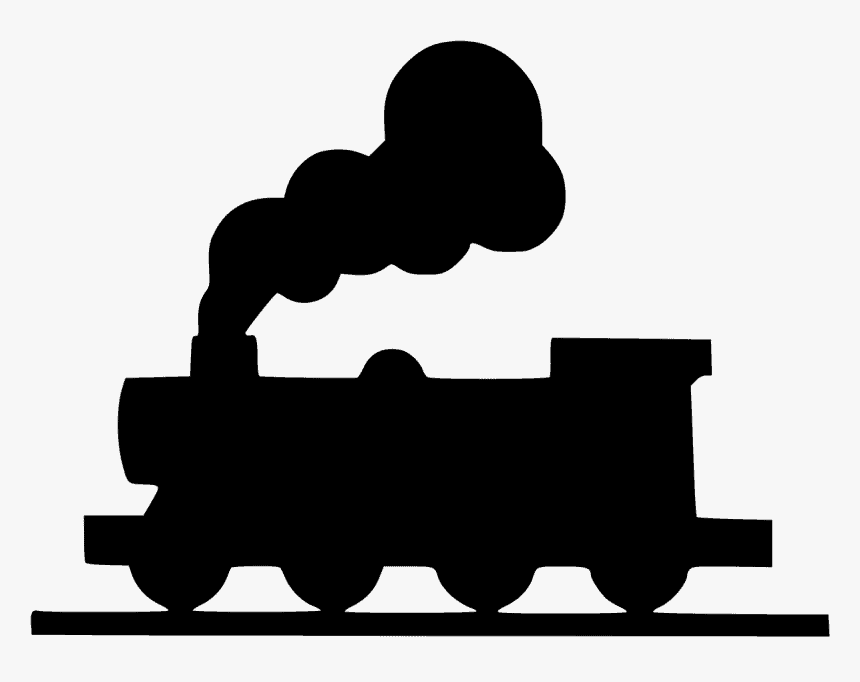
A masterpiece short film by Gandy Dancer Productions explains all …

The Bridge Hall mill was on the opposite side of the river to the branch line, access was achieved by using turntables … two tracks crossed the river on their own bridges at 90 degrees to the railway and river. They connected to two more turntables on the mill side, one bridge was used for incoming traffic, the other for outgoing.
Could this be one of the crossing points ~ an old nearby picture of the mill ~ a possible clue remains in a retaining wall on the right-hand side of the crossing??? …

–
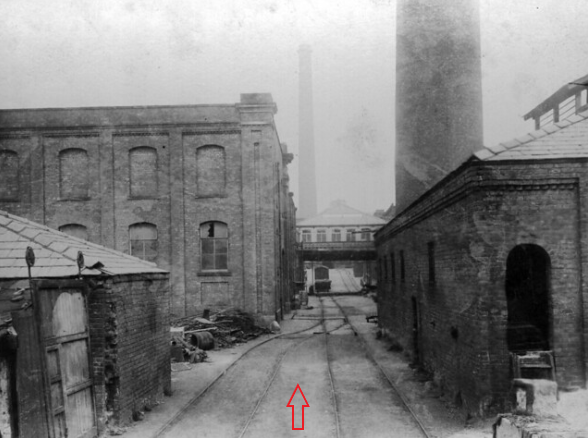
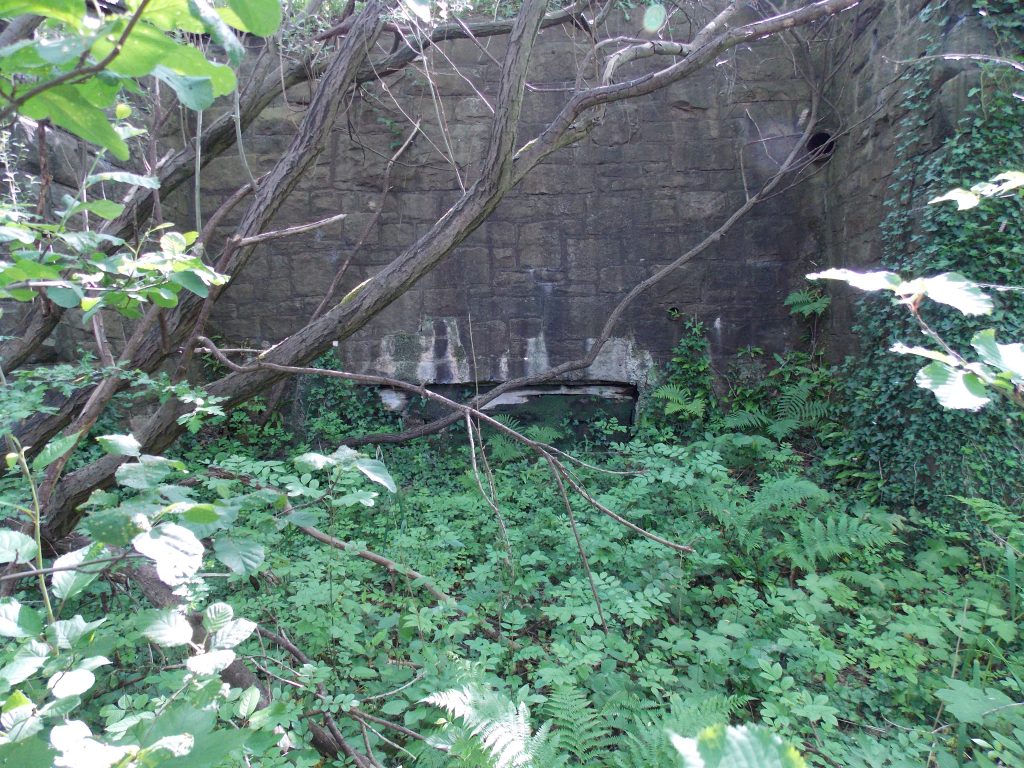
>>>
ACKNOWLEDGEMENT: my gratitude to Andrew Stocks for the photography and for assisting me with my research.
>>>
CROSS REFERENCE ~ Walks 6, 7 & 9
~

RAF Heywood (35 Maintenance Unit)

Heywood suffered badly during The Depression of the 1930’s and a solution to the demise of the cotton mills was sought … it came in 1938.
During WWII (and into the 1960s) Heywood had a huge RAF site. It was a maintenance unit for storage and repair, staffed mostly by civilians. To-day it is Heywood Distribution Park … a massive industrial estate.
One of its main purposes was to provide replacement aircraft parts to RAF bases throughout Britain and abroad. A massive transport operation was required to reach the bases and ports … many parts were moved by regular lorry conveys, often at night (to minimise enemy detection) and by women drivers … travelling alone, on unfamiliar roads and during ‘black-out!
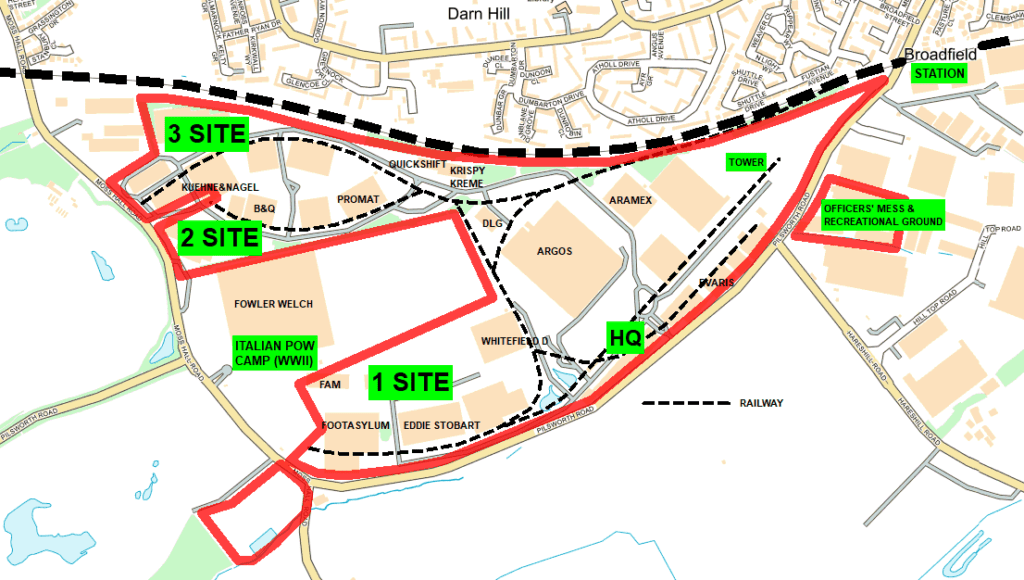
–
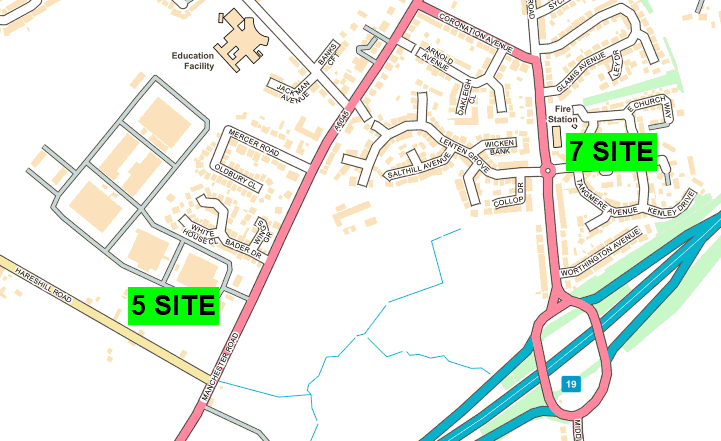
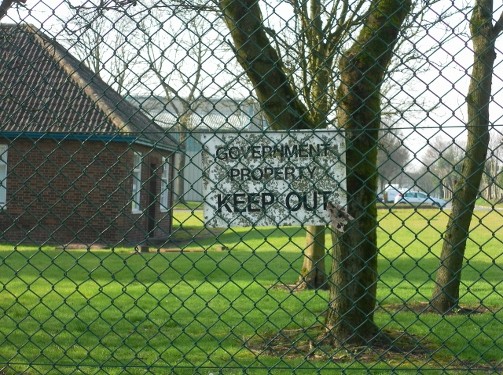
One of the few remnants of the RAF’s presence is the old guard-house for ‘5 Site’ on Manchester Road. It is still under government ownership in the guise of the Department for Work and Pensions, aka Heywood Stores … the huge warehouses store the documents for benefit claims!
>>>
ACKNOWLEDGEMENTS ~ my gratitude to Roy Pickup for his historical information and for inspiring me to undertake this short project.
Further information regarding plans of the main site and several excellent newspaper clippings are available from Heywood Library – library reference: “B84”
>>>
CROSS REFERENCE ~ Walk 6 and Cycle Route South
~

The Heywood Branch Canal
The Heywood Canal was an arm of the Rochdale Canal. It ran for a level 1.5 miles from Trub, near Castleton, to a wharf adjacent to Sefton Street in Heywood, where a warehouse had been built. The original warehouse was destroyed by fire in 1871 and replaced by a huge five-storey one which could be seen from miles along!
It opened in 1834, carried traffic until 1937 and was abandoned in 1952 … along with most of the Rochdale Canal (the latter fortunately has been restored).
No Act of Parliament was obtained to authorise construction, as the canal owners were able to buy all the land required without dispute. It was opened on the 10 April 1834 in a ceremony by the committee, who travelled along the new canal in a boat called ‘The Rochdale’.
When the Manchester to Littleborough railway opened in 1839, a packet boat for passengers ran from Bluepits Station at Castleton to Heywood Wharf. The service didn’t last very long, for Heywood got its own railway branch in 1841. In 1952 navigation rights on most of the Rochdale Canal, including the Heywood Branch, were repealed (this time an Act was required!) and this Heywood ‘treasure’ was lost forever by 1970.
THE COURSE … the junction lies under the embankments of the M62 motorway. The old towpath ran on the north bank of the canal and was accessed from the main Rochdale Canal by swing bridges.
The course ran in a straight line, under the London, Midland & Scottish railway line and alongside what is now just south of the motorway. To-day the entire length is on private land and virtually no evidence of its existence is visible!
From the clubhouse of Manchester Golf Course, walk parallel to the railway (permission required) on a water board service road to the small treatment plant. From there, it is possible to head west along a track which is presumably used by the golf course maintenance team(?) … there is no need to encroach on the fairways. This runs for just under half a mile, where it abruptly ends at some barbed wire fencing and onto private farmland. Just beyond the fencing, the canal swung north-west to cross the motorway.
From the motorway, it reached a bridge at Hope Street. Ley Farm was situated below this bridge on the west side. Hope Street gave access to the towpath but did not continue any further once it had crossed the canal and onto the towpath. Just before Canal Street bridge, stood High Street Cotton Mill … this became Excelsior Works cabinet manufacturers by 1910. It was disused in 1937 and demolished in 1956. Between Hope and Canal Streets, the canal ran under what are now fields. It is possible to walk to the end of Hope Street, where the line of the canal can be determined. Also, the continuation of Canal Street is a footpath (The Rochdale Way) that crosses the old course.
Between Canal Street and Green Lane were located the cotton mills of Bridge Mill and Park Street Mill … still active in 1929, but cleared by 1937 and turned into garden allotments!
Opposite Park Street Mill (towpath side) was Sefton Mill, with Phoenix Brewery behind it. Green Lane Bridge has been lost after the road was widened although the road was never lowered, leaving a hump in the road!
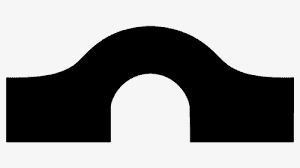



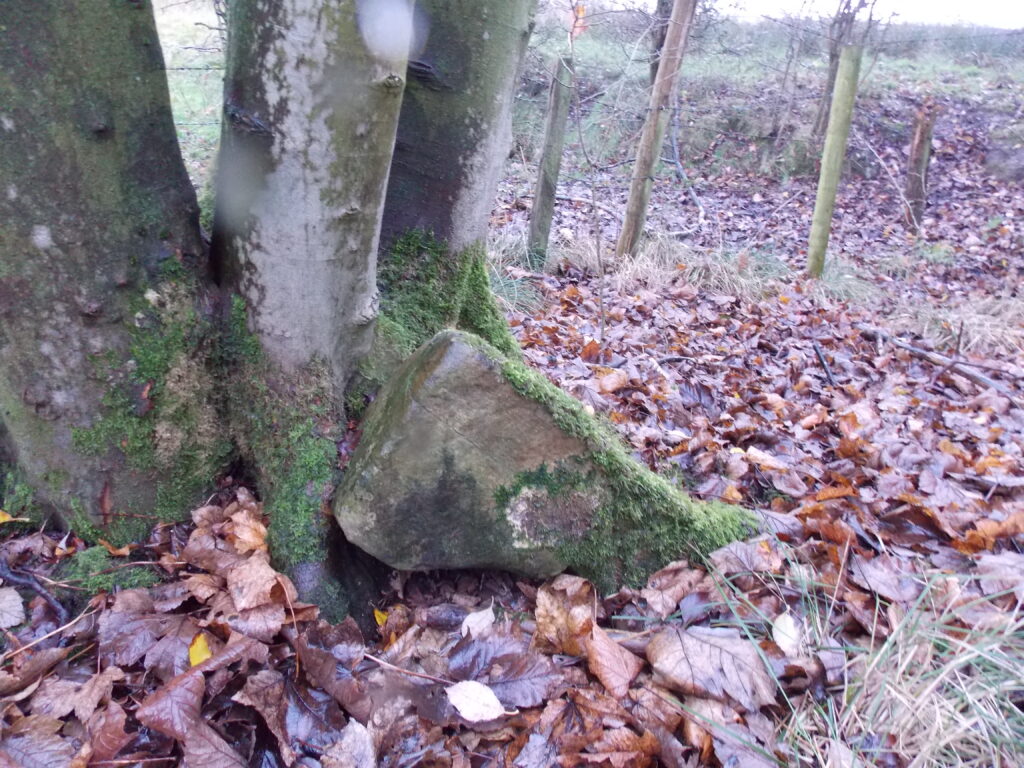

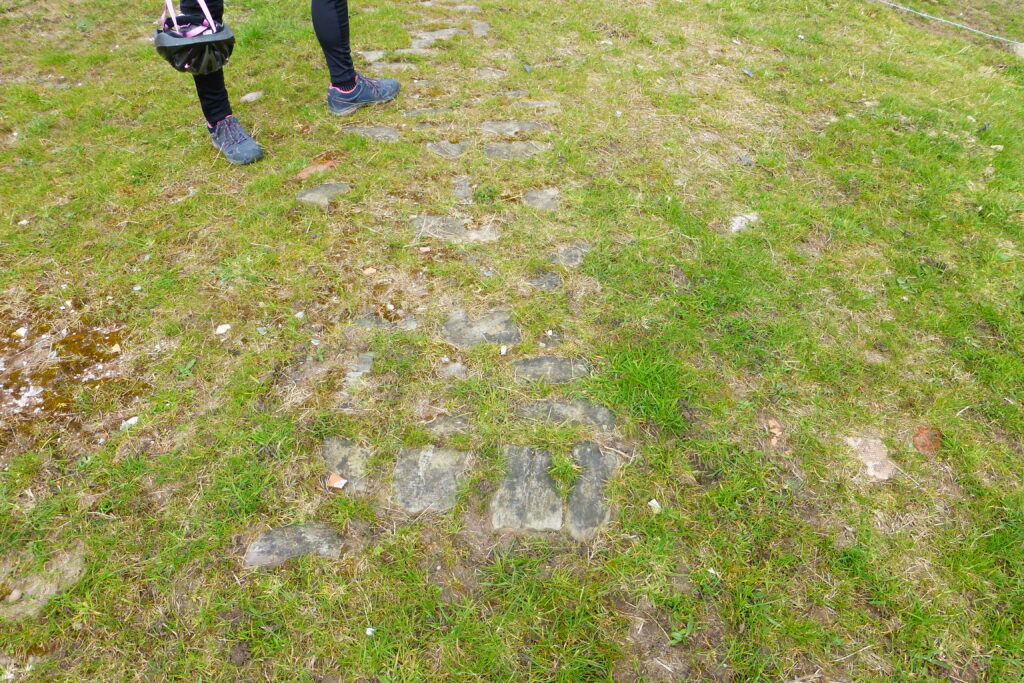
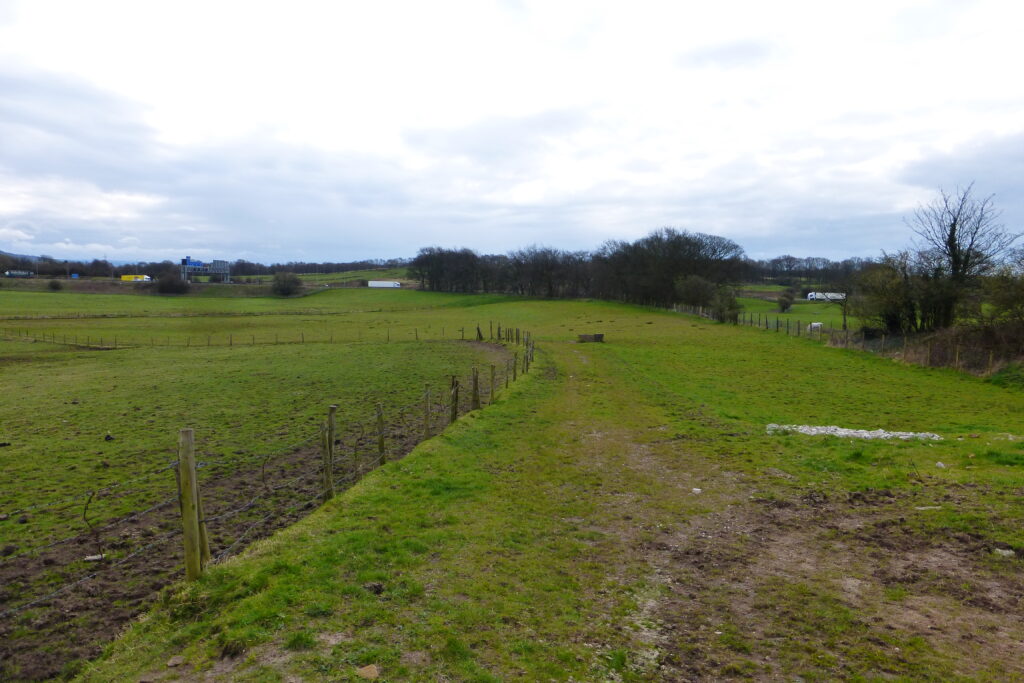
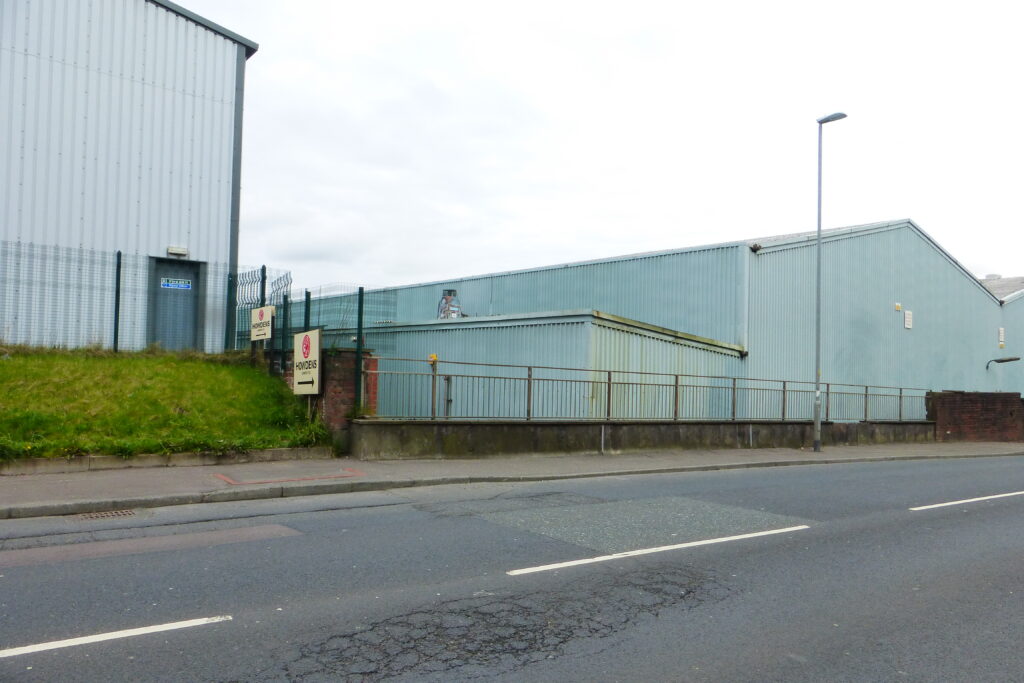
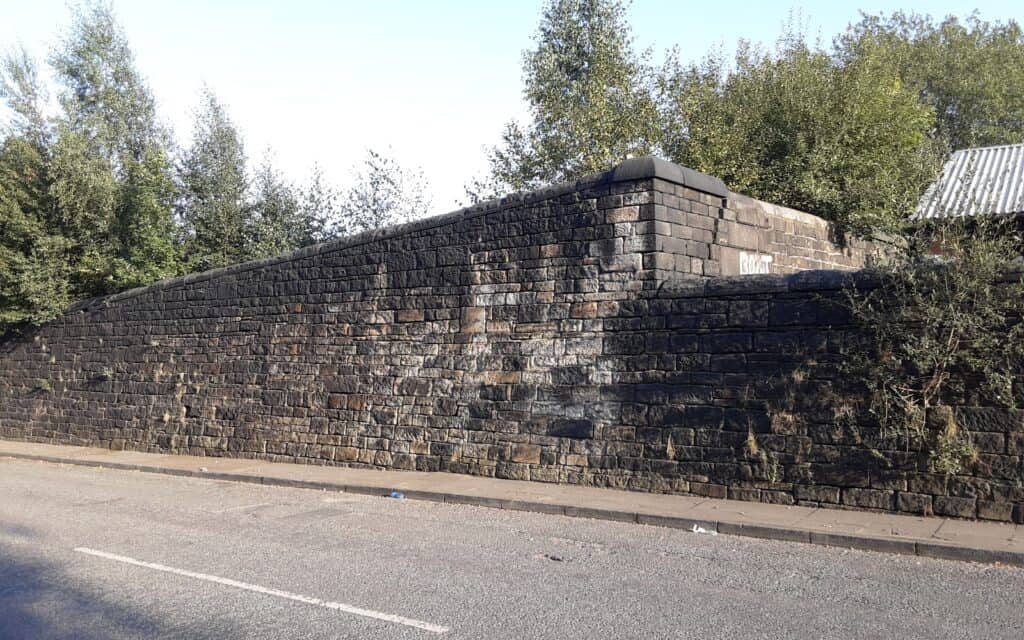
–


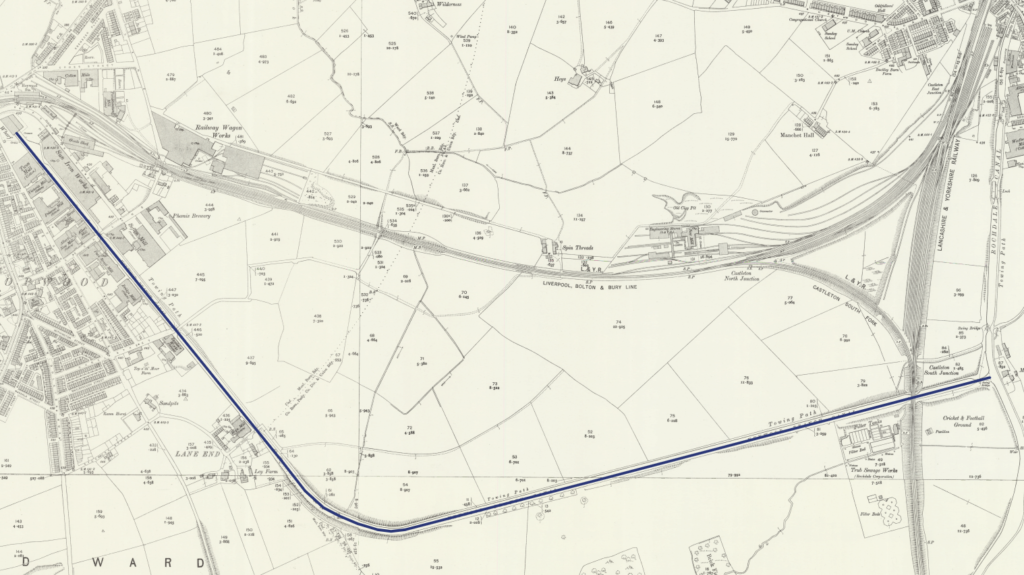


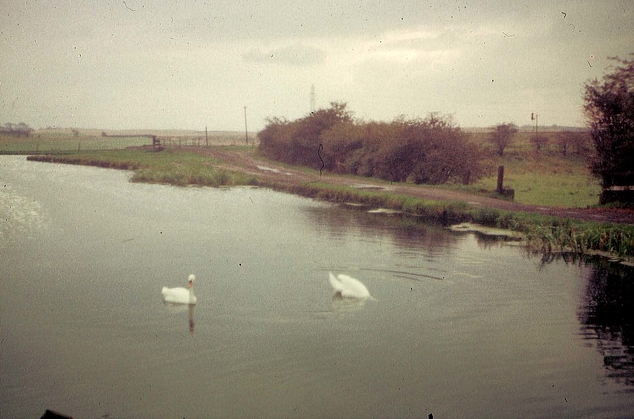


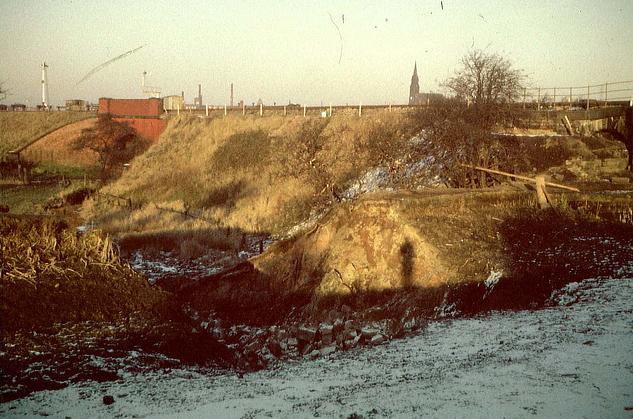
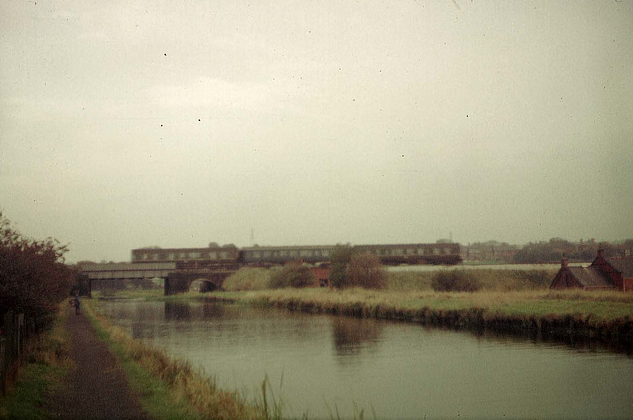
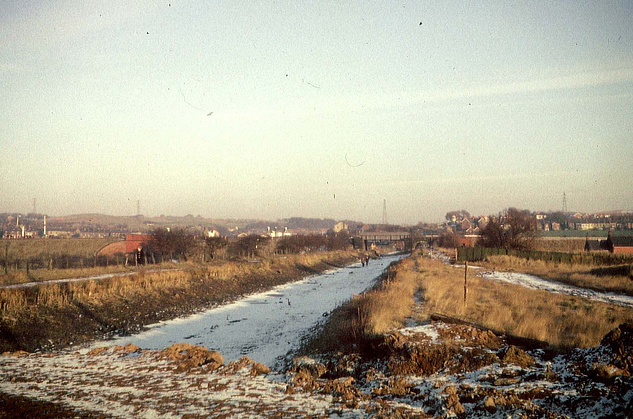
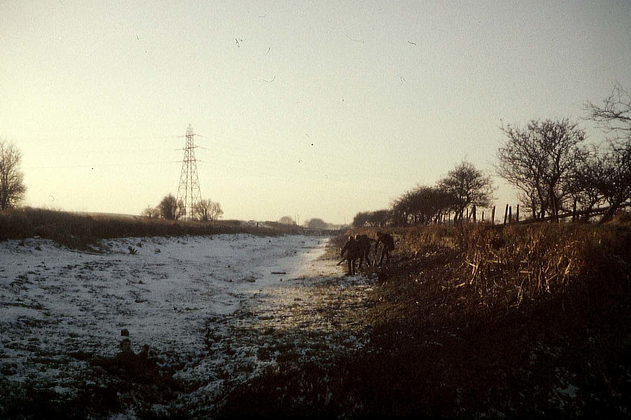
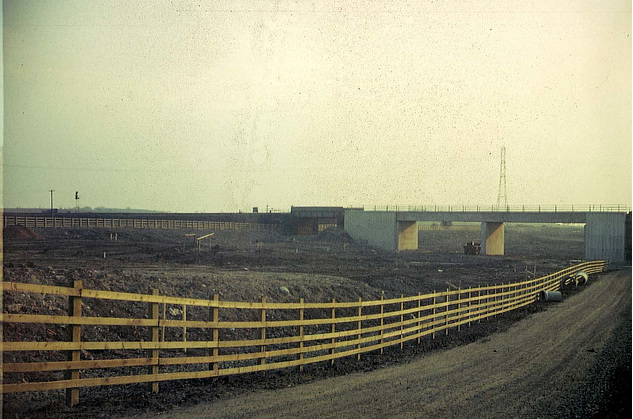
–
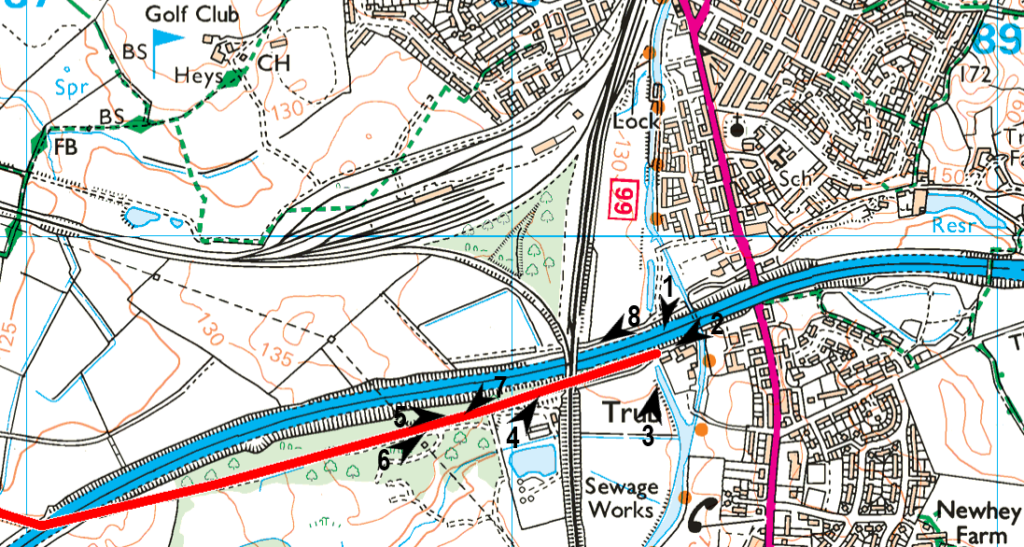
–
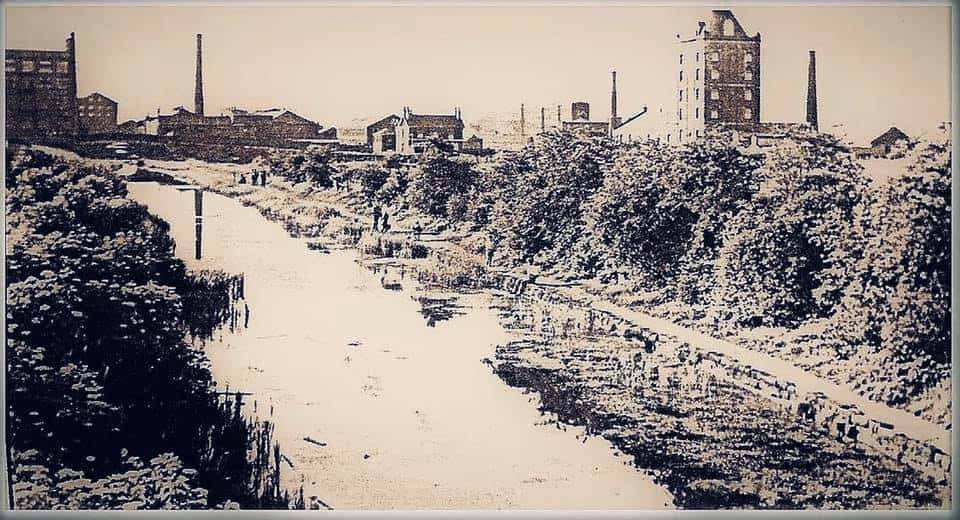
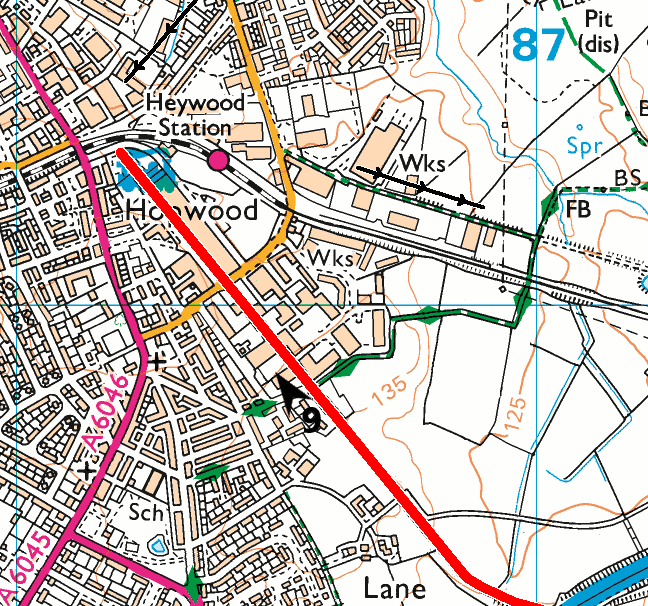

Here are a few official map-survey photos. The grid references indicated are too vague to be able to pinpoint the exact locations …

–
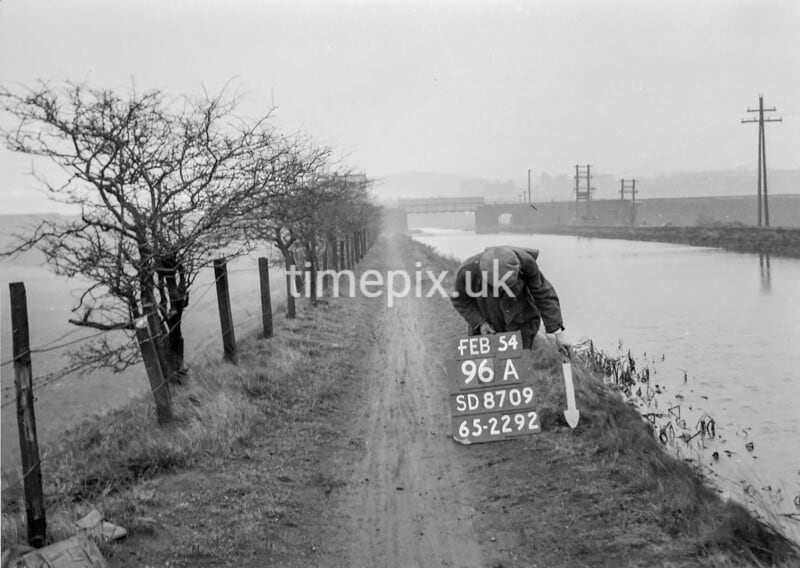
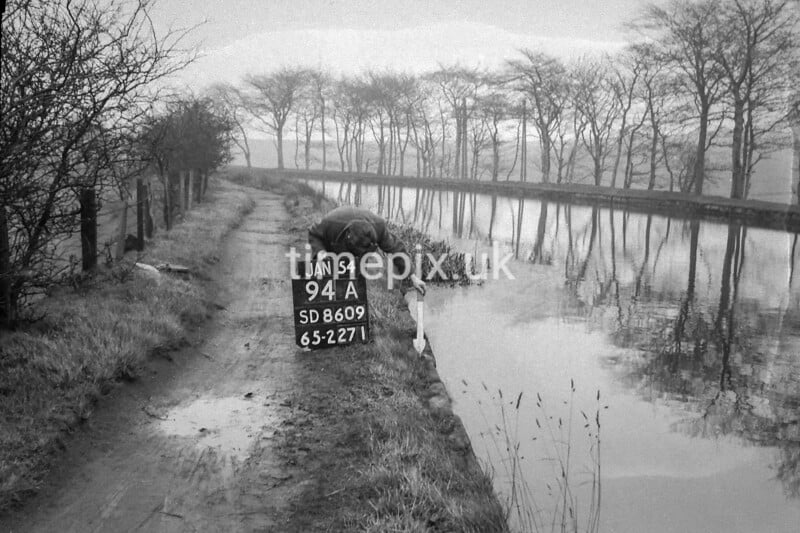
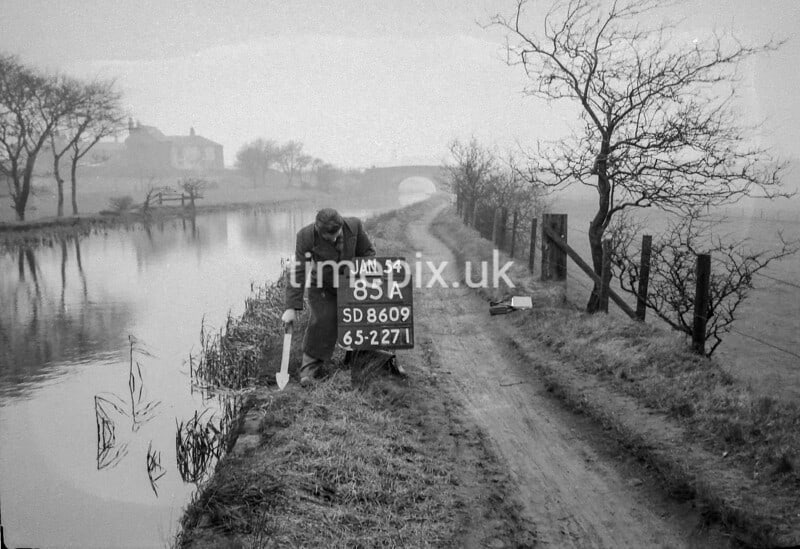

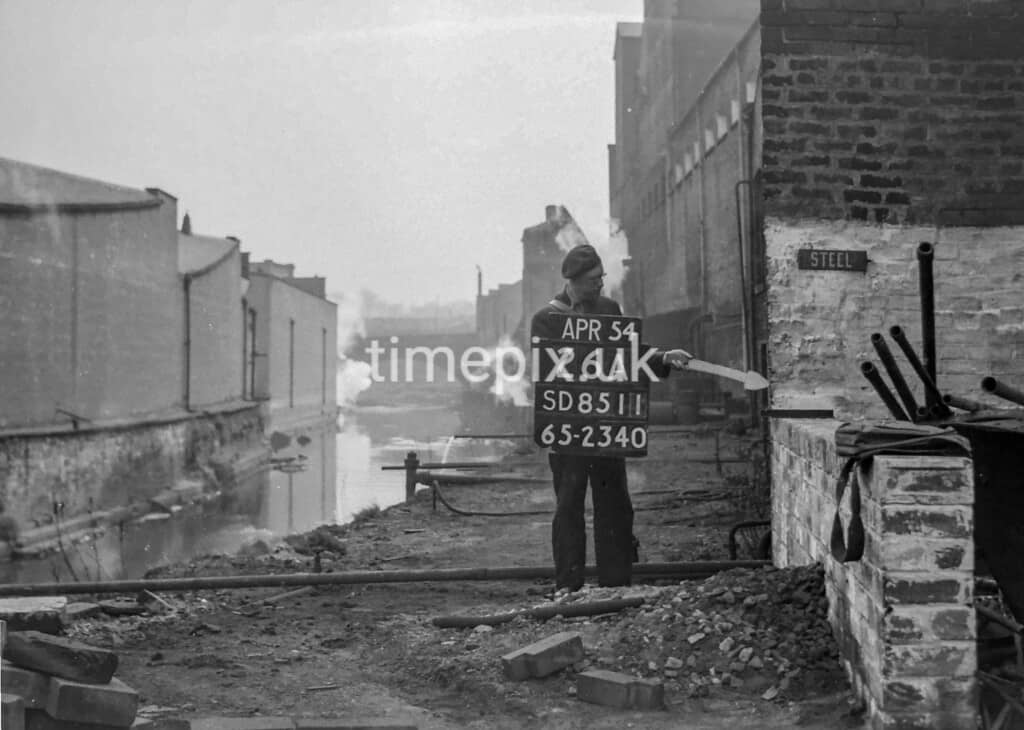
>>>
CROSS REFERENCE ~ Walk 5 and Cycle Route South
~

The Haweswater Aquaduct
Although Heywood is likely to get its water supply from the Greenbooth/Naden Reservoir chain and Ashworth Moor Reservoir(?), this engineering gem definitely falls on our town’s radar and warrants more than just a mention.
The 72-mile Haweswater Aqueduct runs from Haweswater in the north-eastern Lake District, to Heaton Park reservoir in Manchester. It was constructed between 1935 and 1955. The first 9-mile section runs through a tunnel and then down Longsleddale to Watchgate Treatment Works, north of Kendal. This was built concurrently with the dam at Haweswater and completed in 1941. It allowed water to be drawn from the new reservoir and sent from Watchgate though a 1 1/4 mile linking pipeline into the existing Thirlmere aqueduct, and thus to Manchester.
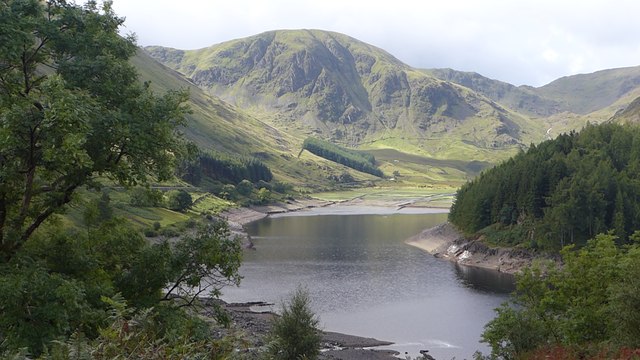
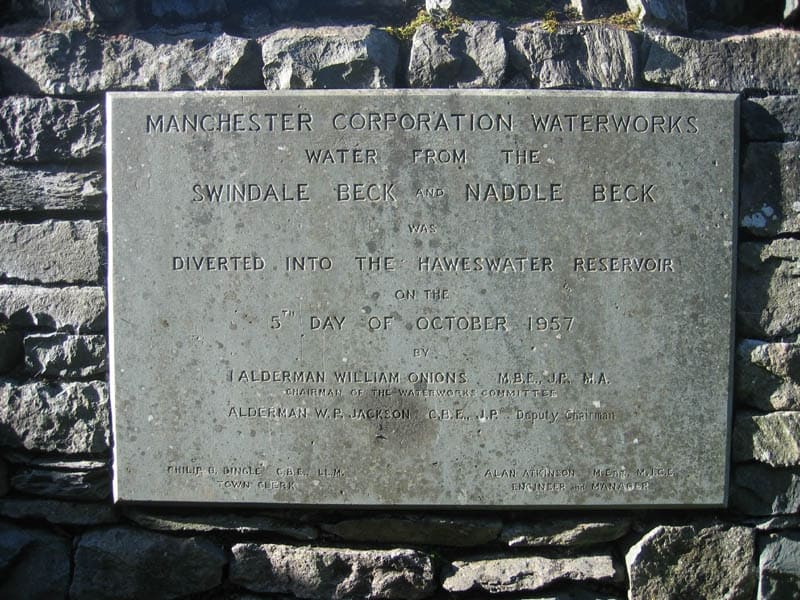
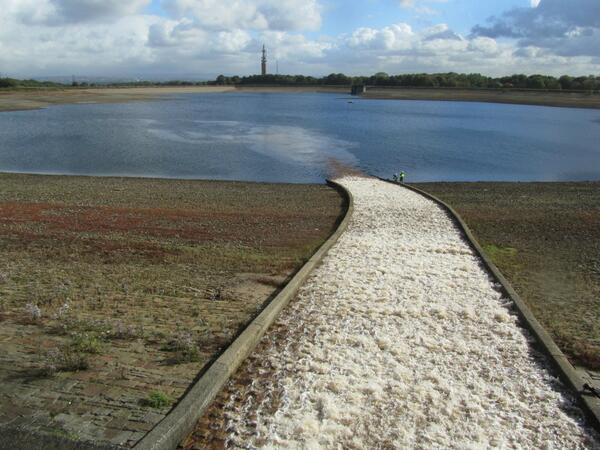
Construction of the rest of the Haweswater Aqueduct started in 1948. Its 63 miles included six concrete-lined tunnels of 8 feet inside diameter, each with a low southwards gradient, totalling 31 miles of the length. The remaining 32 miles consist mostly of four pipes buried side-by-side in trenches across undulating countryside.
Haweswater is 800 feet above sea level, Watchgate is 650 feet and Heaton Park is 400 feet … allowing the water-flow along the whole aqueduct to be gravity-powered (after priming) with water being dragged along uphill sections by ‘siphon’.
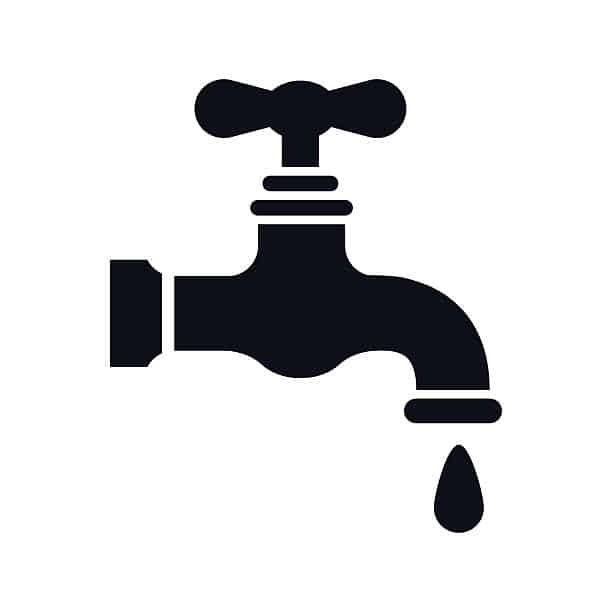
My tribute comes in the form of an 11 mile walk that follows a section of the aqueduct (or nearest to it following mainly Rights of Way) … starting near to ‘Owd Bet’s’ pub on the Edenfield Road and ending at Heaton Park.
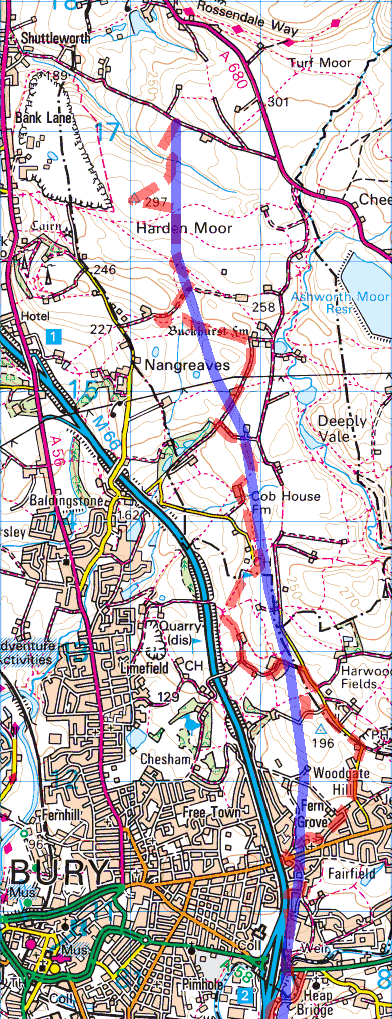
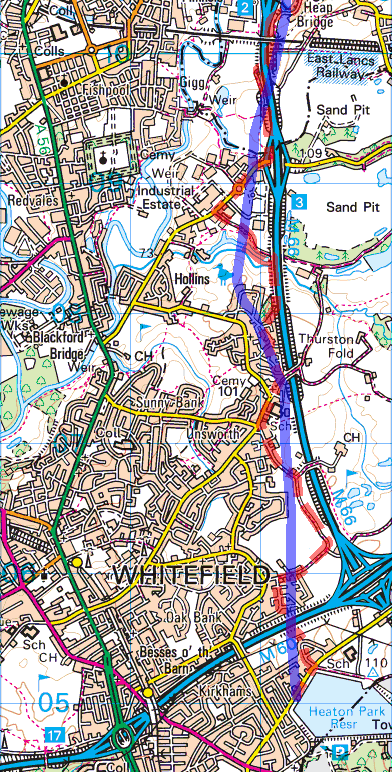

Some above-ground evidence (???!) …

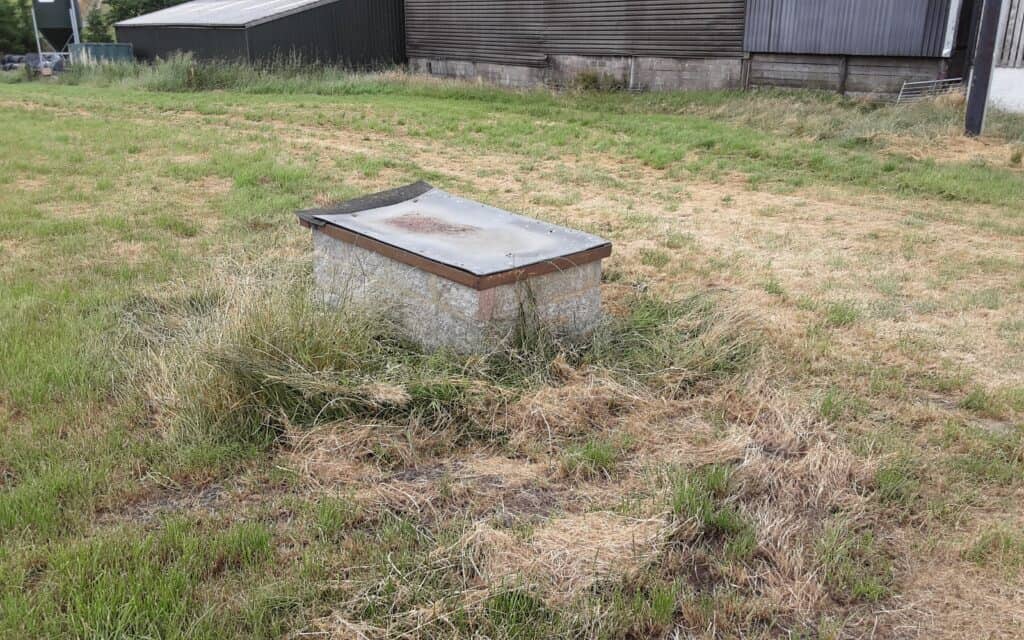
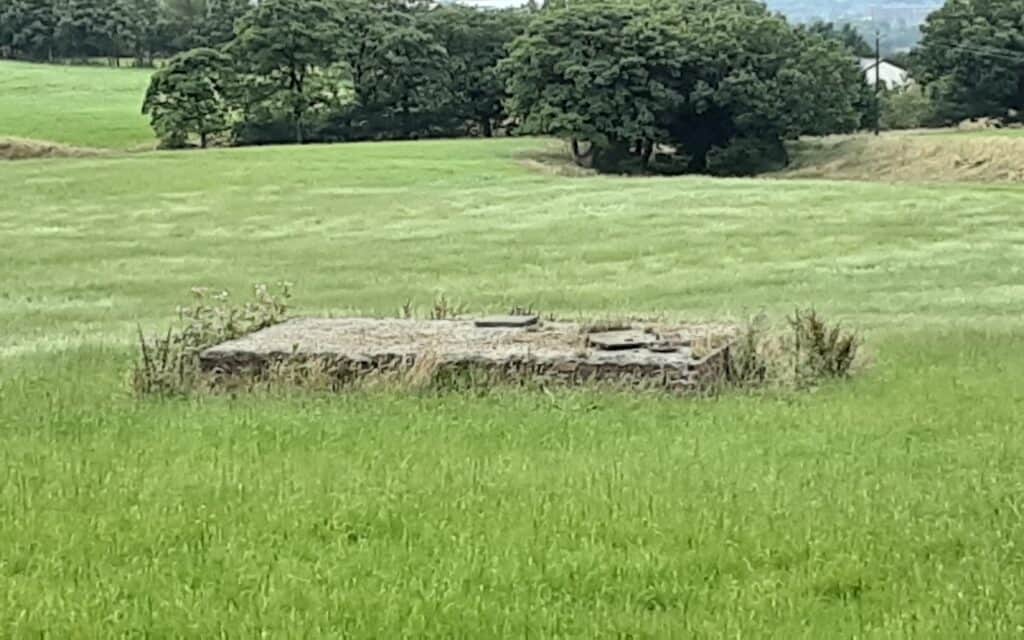

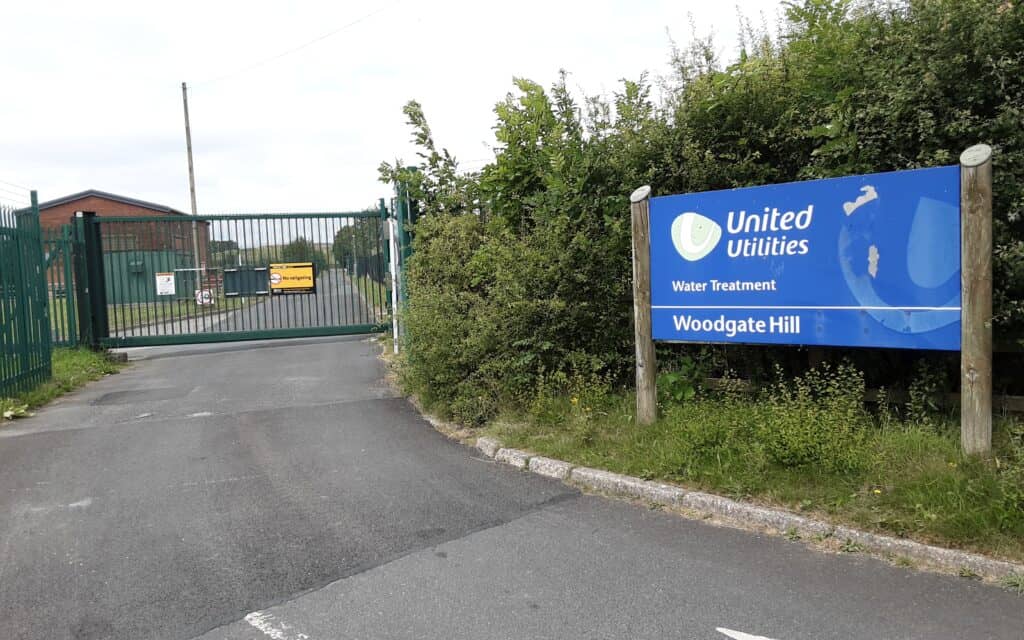
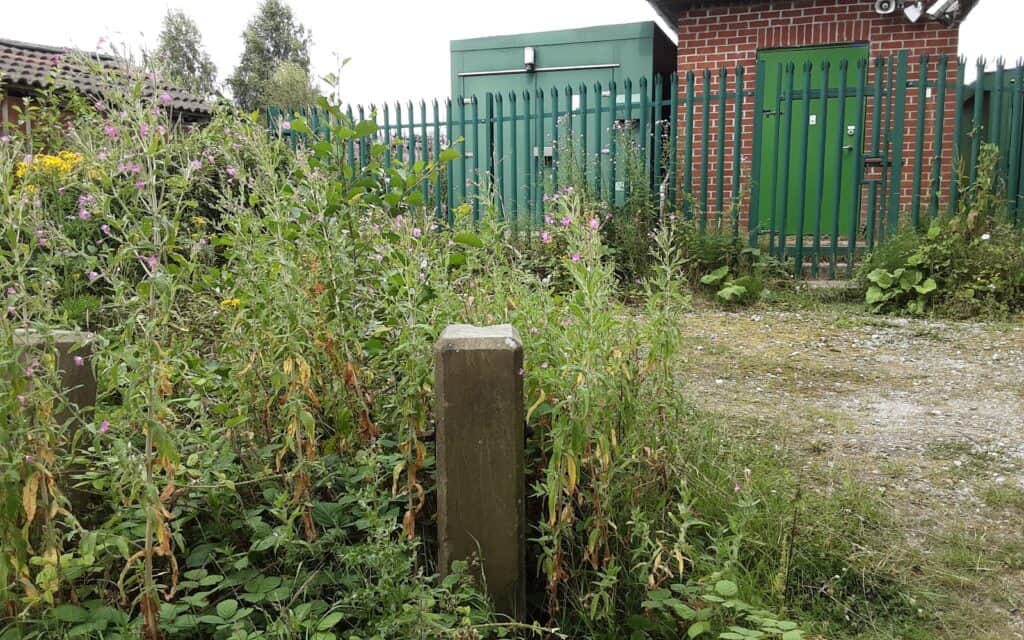
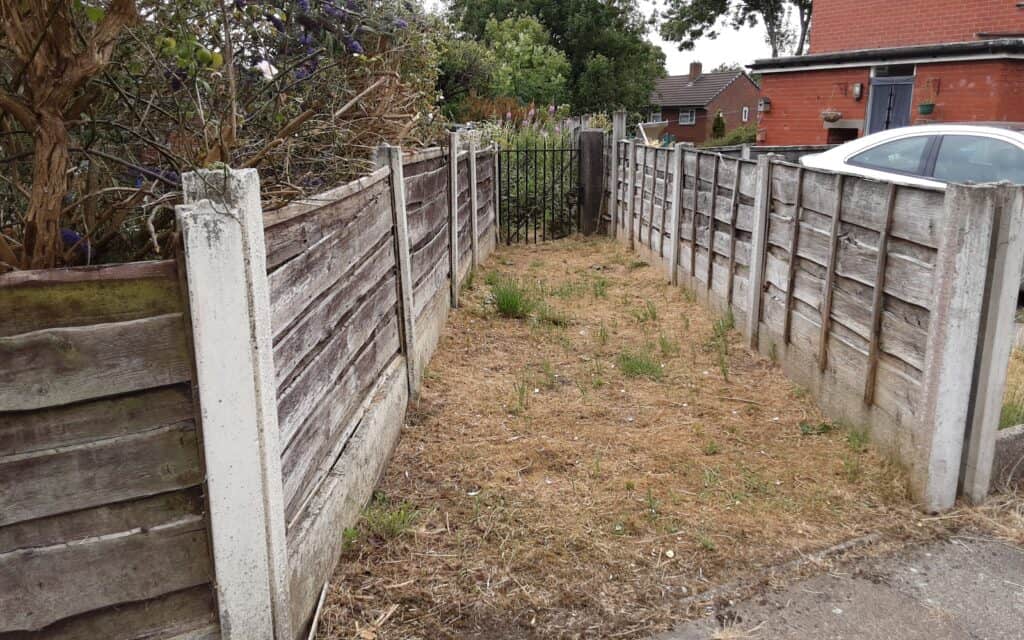
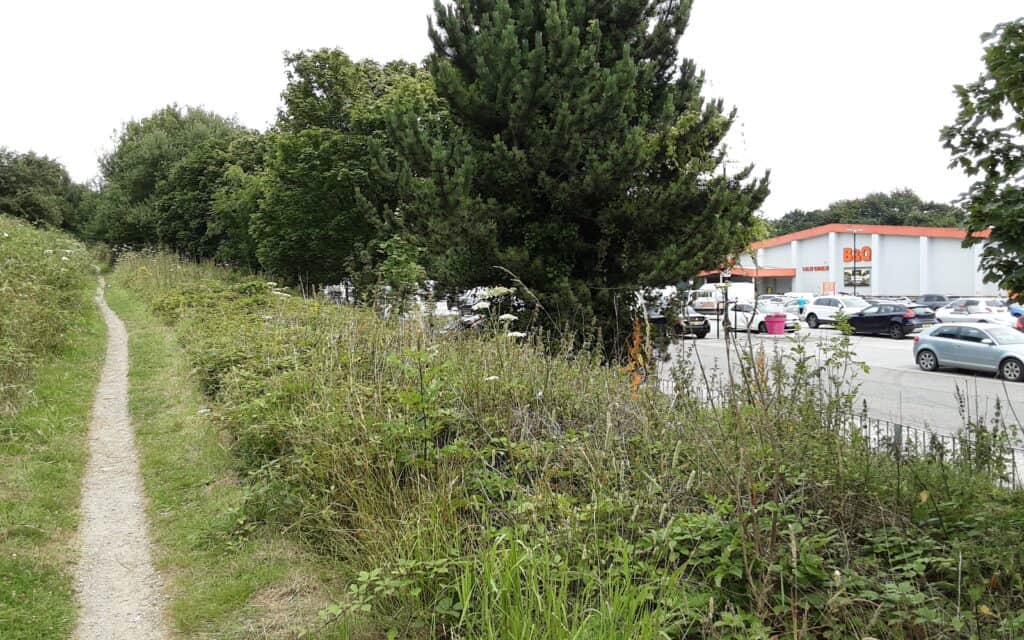
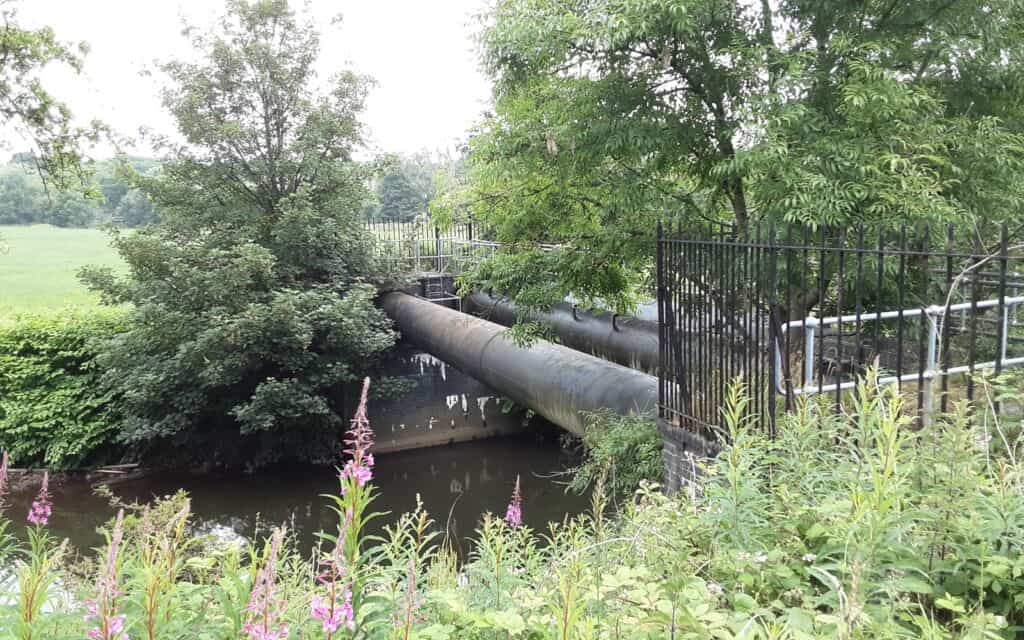
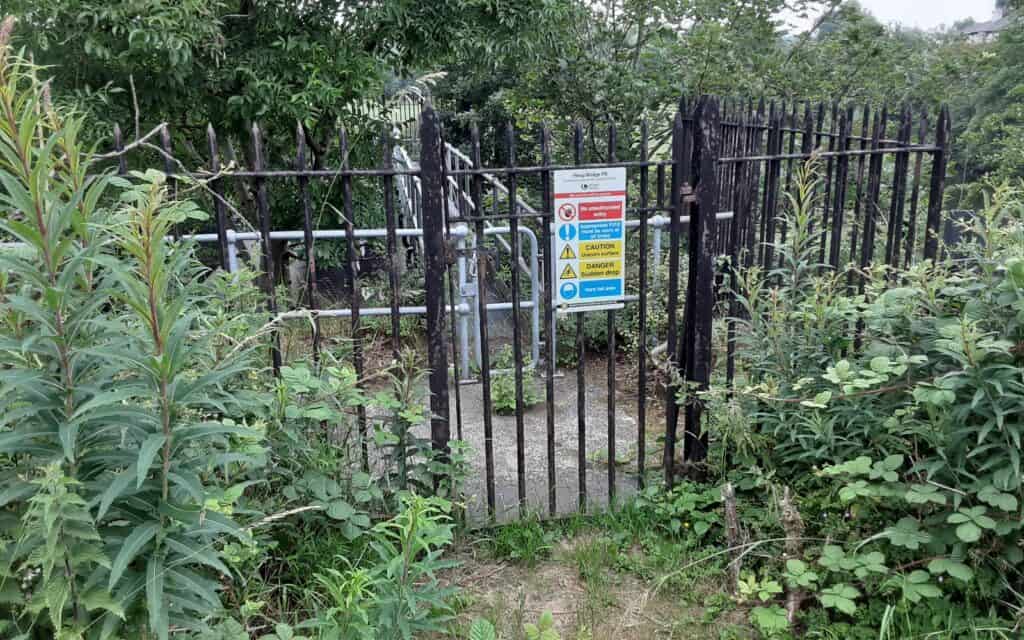
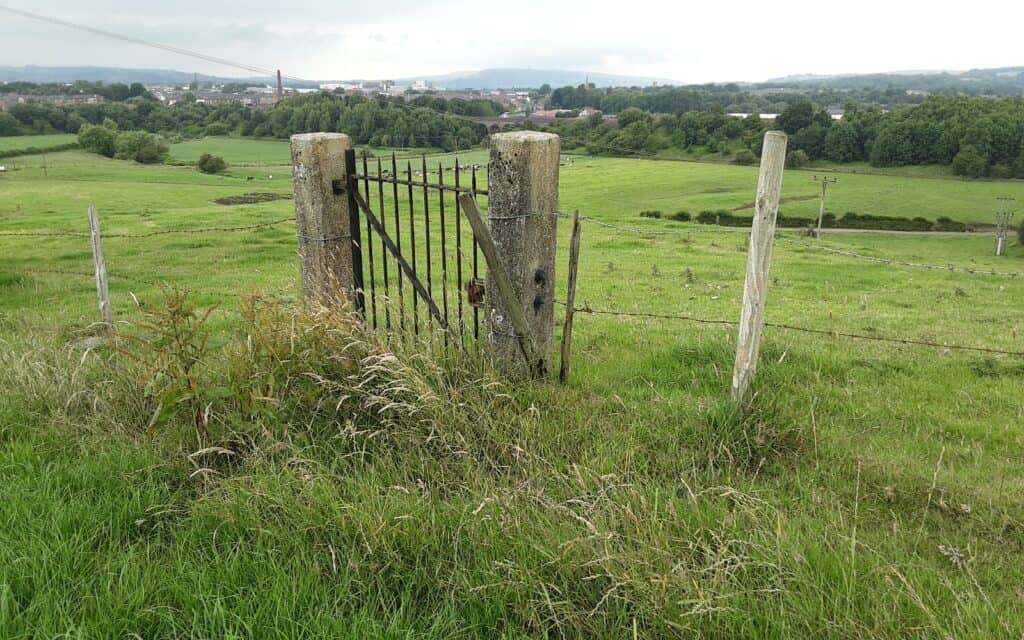

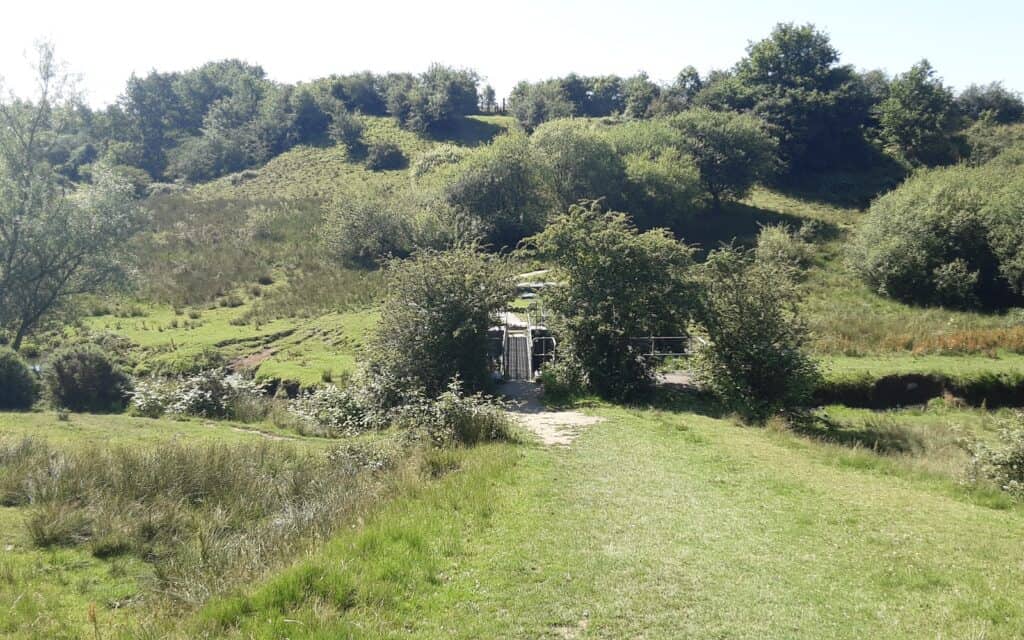
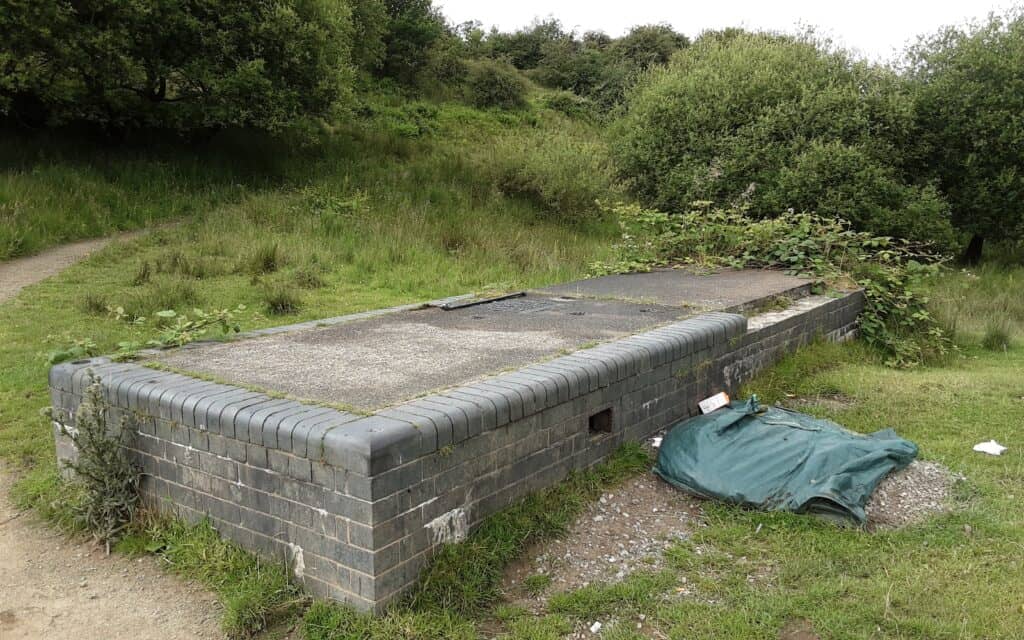
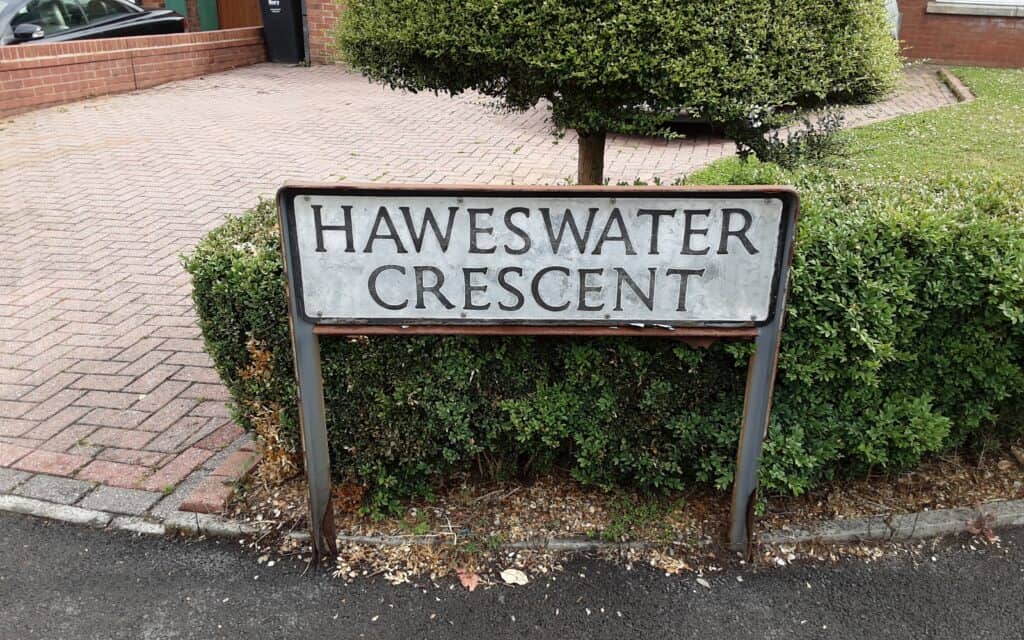

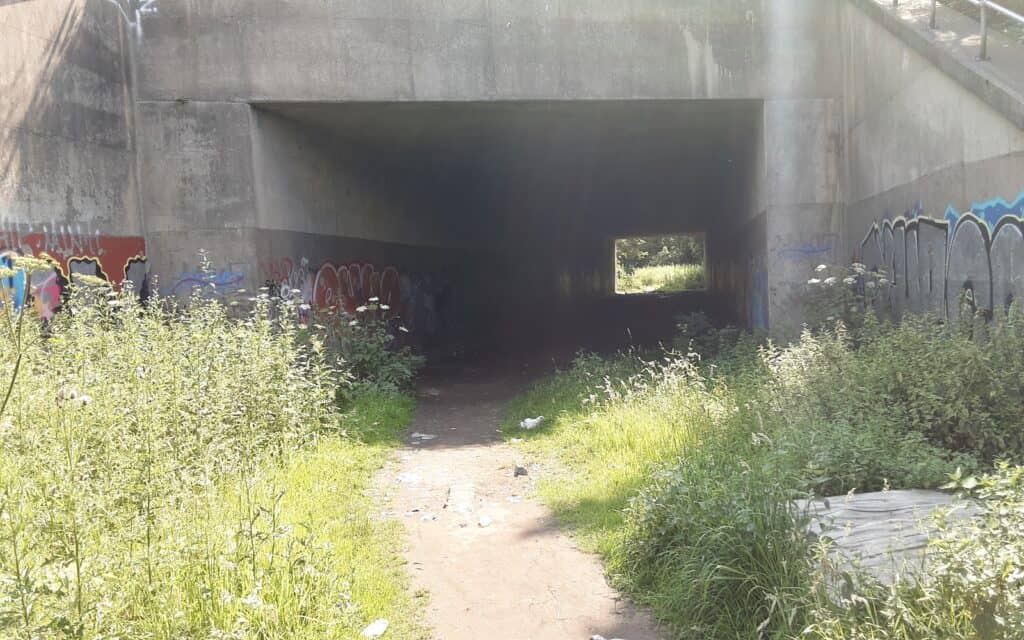
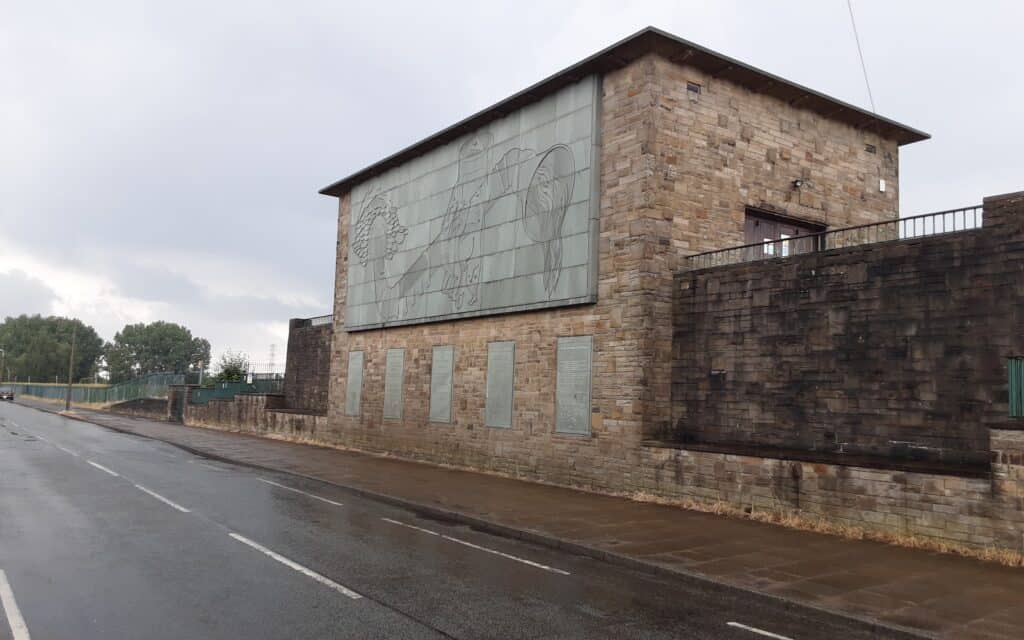
–
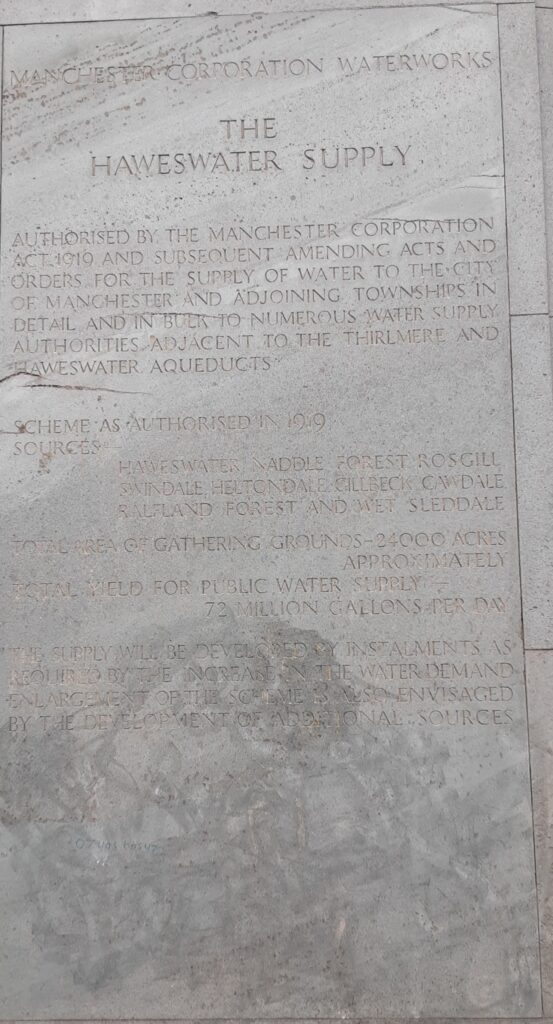
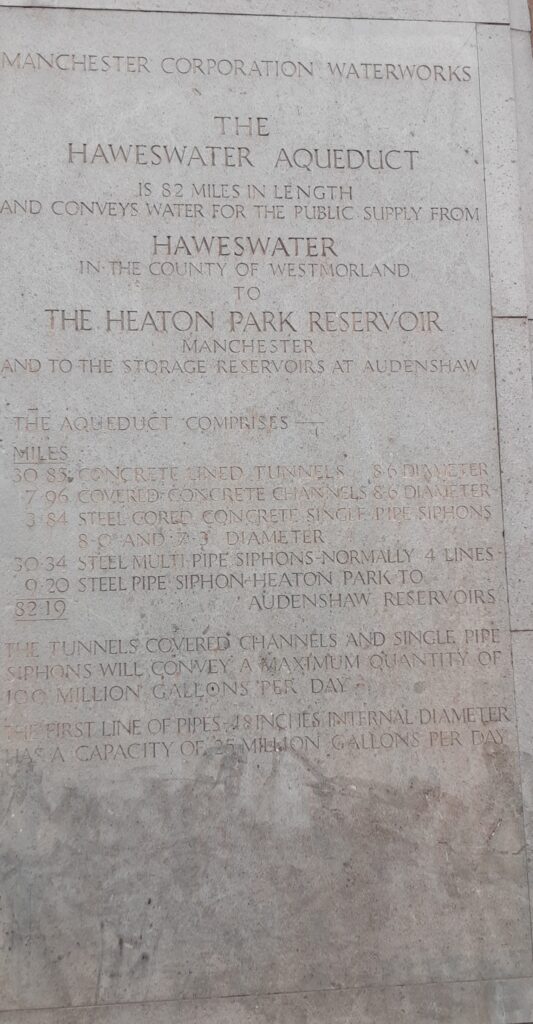
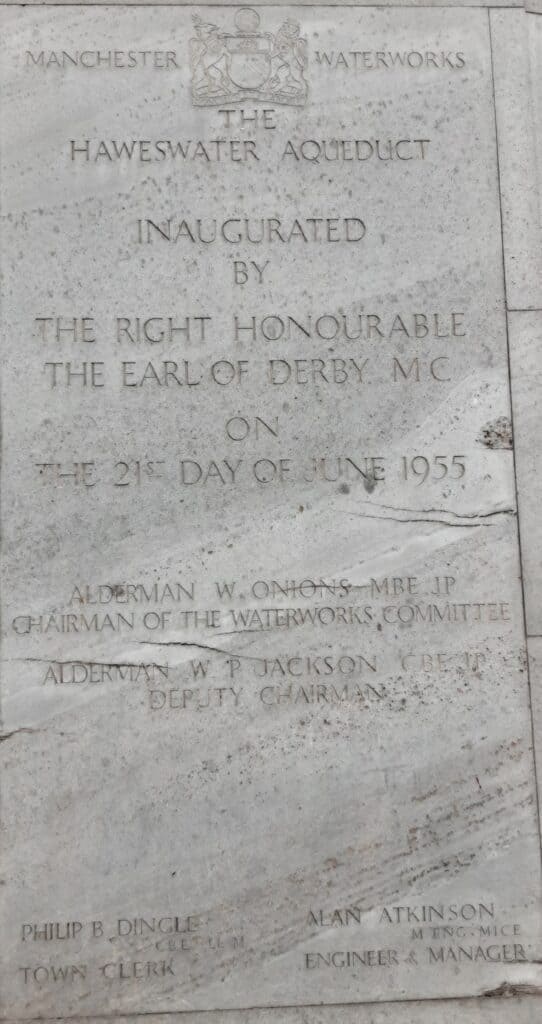
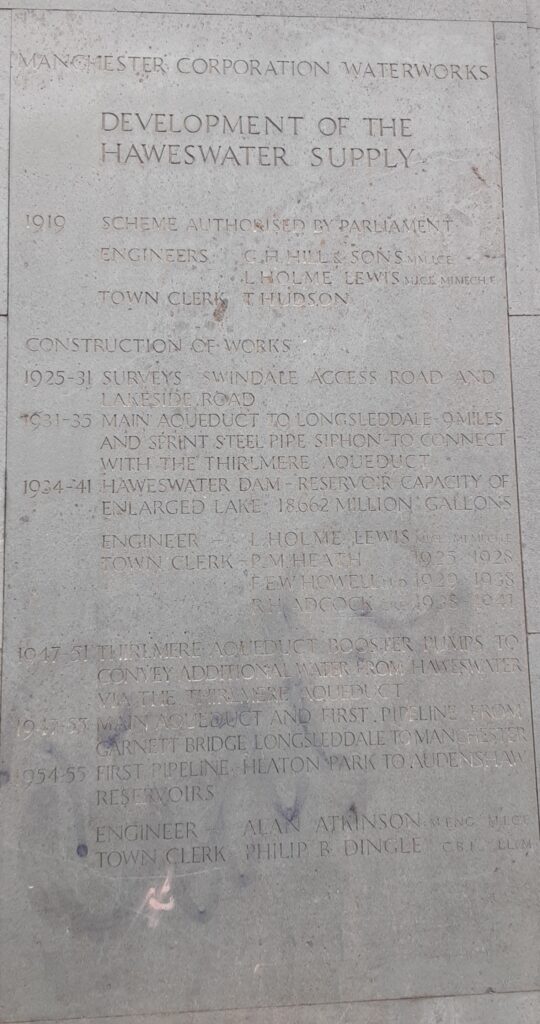
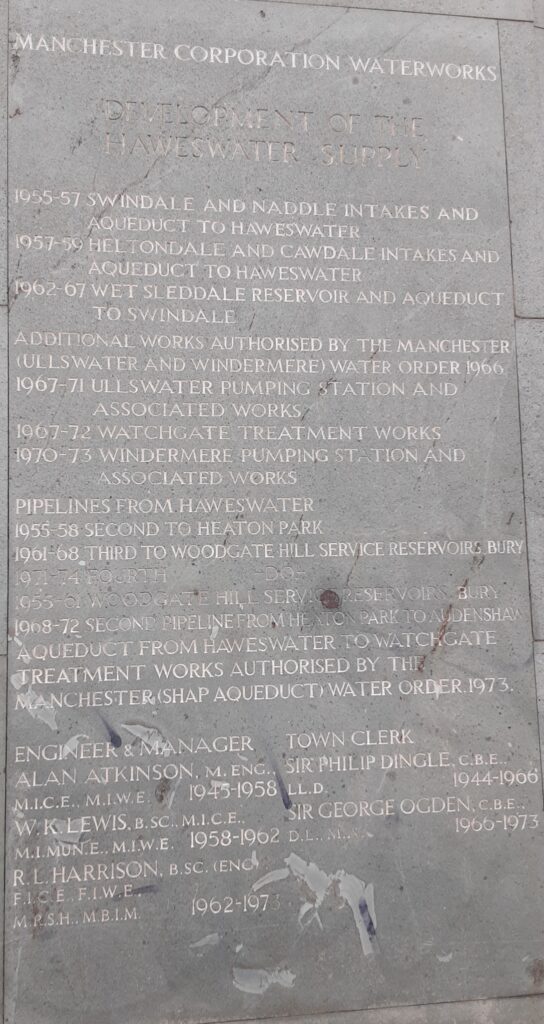
~

The Mills of Cheesden Valley

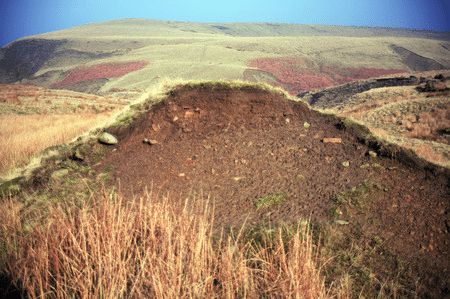
I have used this wonderful wild area for some years now to teach navigation. Apart from its geographical draw, the millstone and peat land is ripe for exploration. It is full of the echoes and scars from a time that pre-dates the Industrial Revolution … a time of the cottage industry, when, for generations, the hardy inhabitants often earned a living from a combination of farming and home weaving.
<<< A place on the map marked ‘Paradise’ has always intrigued me, especially an adjacent and intriguing dried-up lodge that when once first stumbled upon guarantees to evoke a head scratch! This project offers to answer some questions.
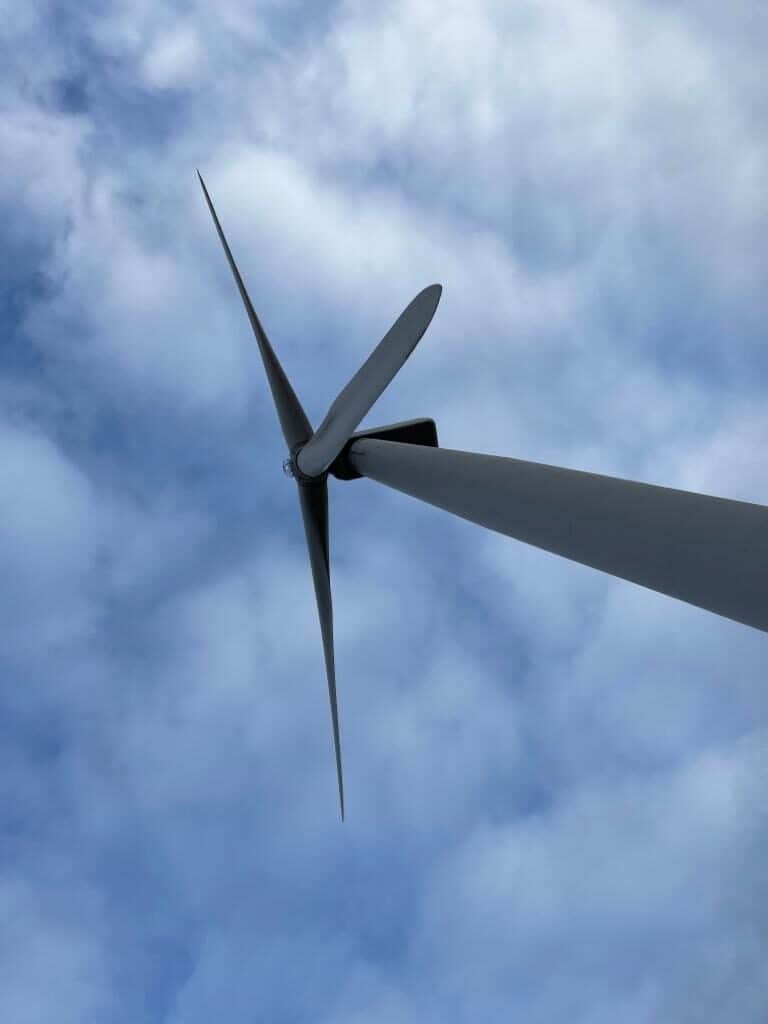
THE WALK … Cheesden Brook starts its life high up on Scout Moor and runs southwards for 6.5 miles where it meets its superior, the River Roch, at Hooley Bridge. It once supplied water to some 15 mills, that were dotted along its course and provided work for over 2000 people. This walk attempts to locate the brook’s source and follow its journey to identify what remains of those 15 mills. The story actually starts a little higher up the moor, at a place that was once the site of ‘The Great Lodge’.
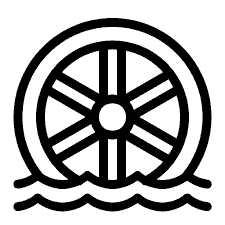

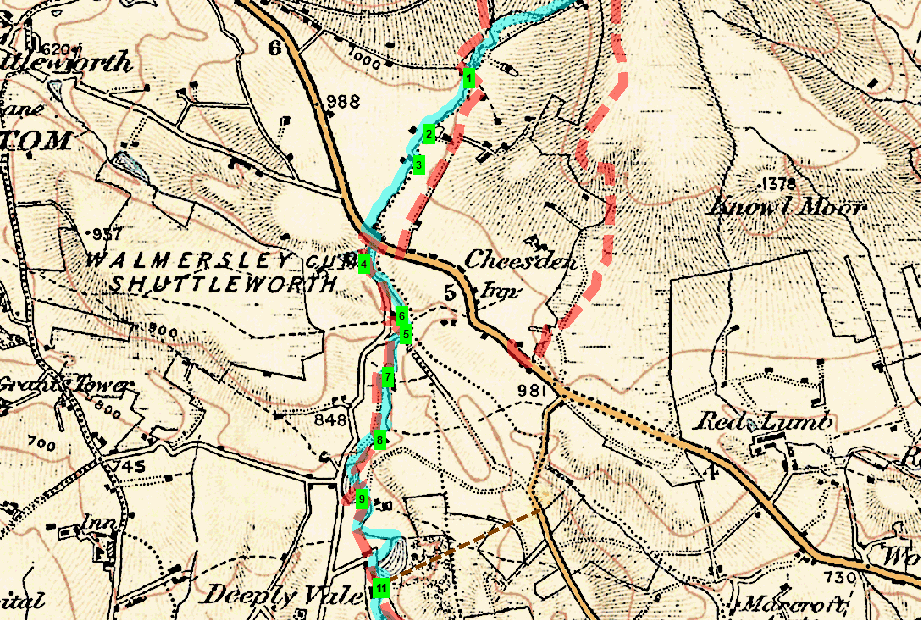
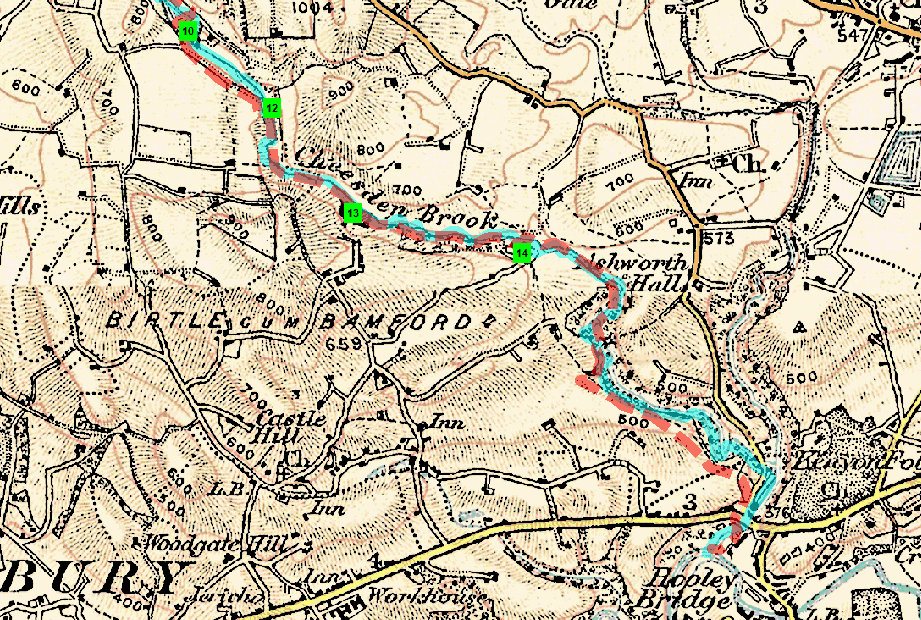

Pre-Industrial History – there are signs of human activity in Heywood dating from about 8000 BC. Flints from the Megalithic period have been found in the Heywood, Cheesden Valley and Knowl Hill areas. All were discovered on high ground close to a water supply. They are quite small and suitable for use as arrowheads and similar objects … it is likely the flints were left by bands of hunters rather than early local settlers.
In later times, the people who farmed this inhospitable countryside made a living by weaving … mostly wool from their sheep, using a handloom. Early mills were designed to help them with the supply of yarn and the provision of ancillary services.
Mining – as early as 1580, Queen Elizabeth I granted one John Blackwall the right to mine coal in the Cheesden Valley. In addition, it is believed that during the 17th C small communities (folds) could have had their own mines.
Mills – of the many mills in Lancashire the first mill in our valley was probably erected at Kershaw Bridge in 1780 by Thomas Allanson. It was a fustian mill and may well have used Arkwright water frames(?).
“When the mills first came to Cheesden Valley they came not to challenge the cottage weaver but to help him, to provide him with a service and to offer him the facility of developing mechanisation”: Sandiford & Ashworth.
These moorland mills held their own for more than half a century against their big-town rivals, many finding a niche for themselves, as mainline competition increased, by developing as cotton-waste spinners. This involved recycling the inner core of yarn cops, which had been stiffened in manufacture by the application of starch paste to avoid the need for separate wooden bobbins. During the famine, caused by the American Civil War, these waste mills actually experienced a boom!
By the 1870s the mills were struggling to compete against the steam-powered economics of their massive rivals in the nearby towns and, before the turn of the century, they had all but vanished. Many of the former mills, lodges and a solitary chimney, along with other industrial workings such as weirs and dykes, are still evident to-day.

THE GREAT LODGE AND 1 – FOUR ACRE MILL … the highest mill on Cheesden Brook was Four Acre Mill, a cotton mill built around 1810 at Cheesden Pasture, in the moorland northwest of Knowl Hill. It is likely that it started life as a woollen mill, spinning and carding wool for weavers. Four Acre was owned by a local farmer (and shrewd businessman) John Howarth.
The problem for all these mills was they needed a consistent supply of water to turn their wheels, without this supply they were simply at the mercy of the weather. Workers could be laid-off in times of drought or called upon to operate the machinery during heavy rainfall (sometimes in the middle of the night!).
Howarth had the ‘Great Lodge’ constructed not far away at the marshy source of the Cheesden Brook. This lodge later allowed for a reliant head of water along the length of the brook and enough to have a waterwheel 4 feet wide and 36 feet in diameter installed at Four Acre. The lodge was also to serve other millowners.
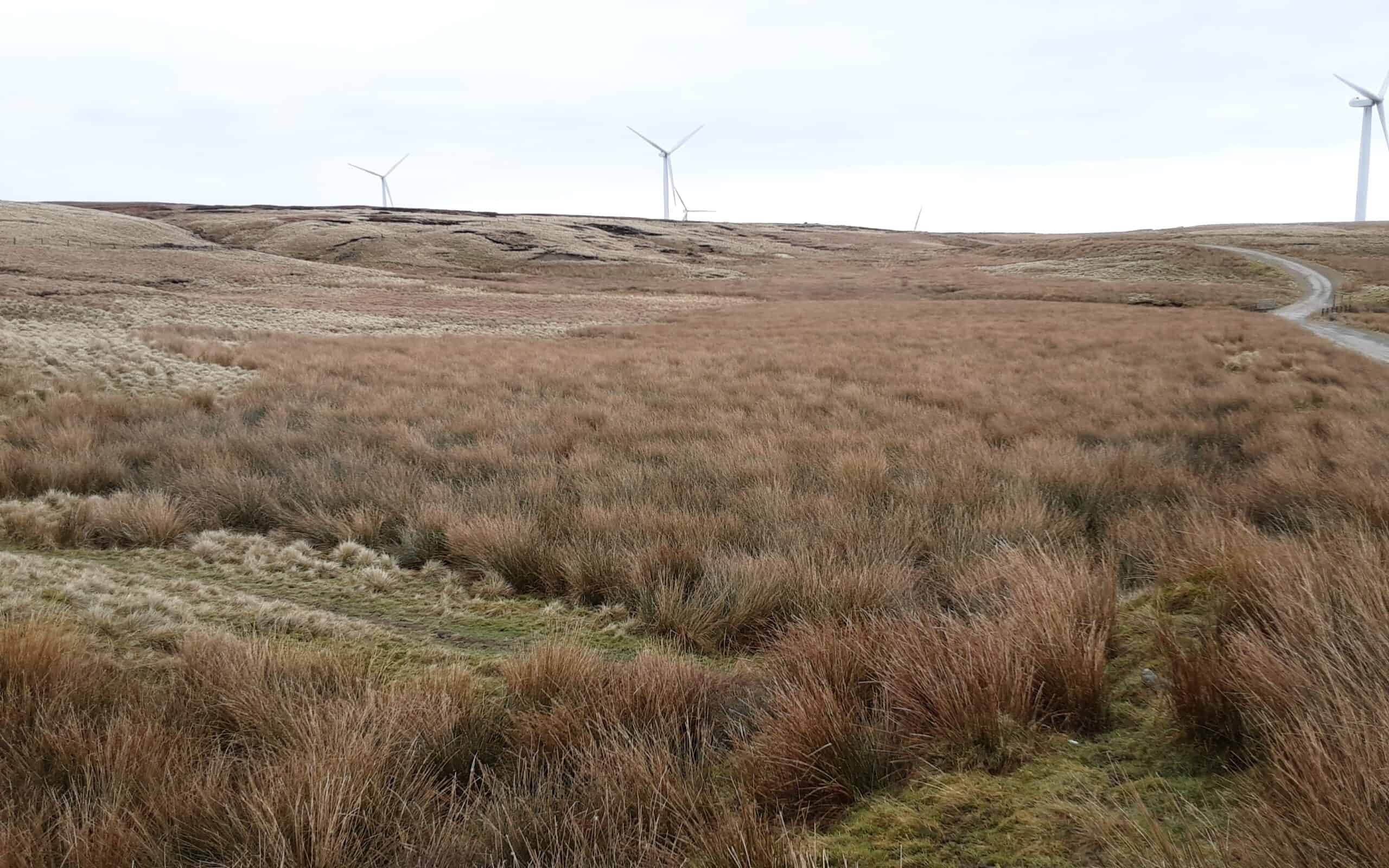
REMAINS … a low rubble wall / much-scattered debris / a hole might come from the tail race(?).


2&3 – CHEESDEN PASTURE AND LOWER PASTURE MILLS … located a few hundred yards downstream were two mills built by the Ramsbottom family. … the Cheesden Pasture Mill (circa 1810) and the smaller Lower Pasture Mill (open by the mid-1830s). The first mill initially spun and carded wool for domestic outworkers, but was spinning cotton by 1838. Lower housed ‘devils’ for breaking up the cop bottoms by means of a rotating toothed drum. These two mills were not powered by the Cheesden, but instead by reliable springs which kept their lodges well supplied. At one point Cheesden contained 3-4000 spindles and employed about 40 workers. A row of cottages was built close by to accommodate them. One room at the mill contained a day school. Lower employed a further eight. By the end of the century, however, both Four Acre and Lower Pasture mills were no longer in operation.
REMAINS … CHEESDEN – a dried-up lodge (often water can be heard trickling from underground streams which once served the lodge) >>> LOWER – all evidence appears to have been eradicated by the later work of the Water Authorities / a nearby outcrop of land reveals clear evidence of coal seams (abundant in this area) used in later years to power the mills’ steam engines.

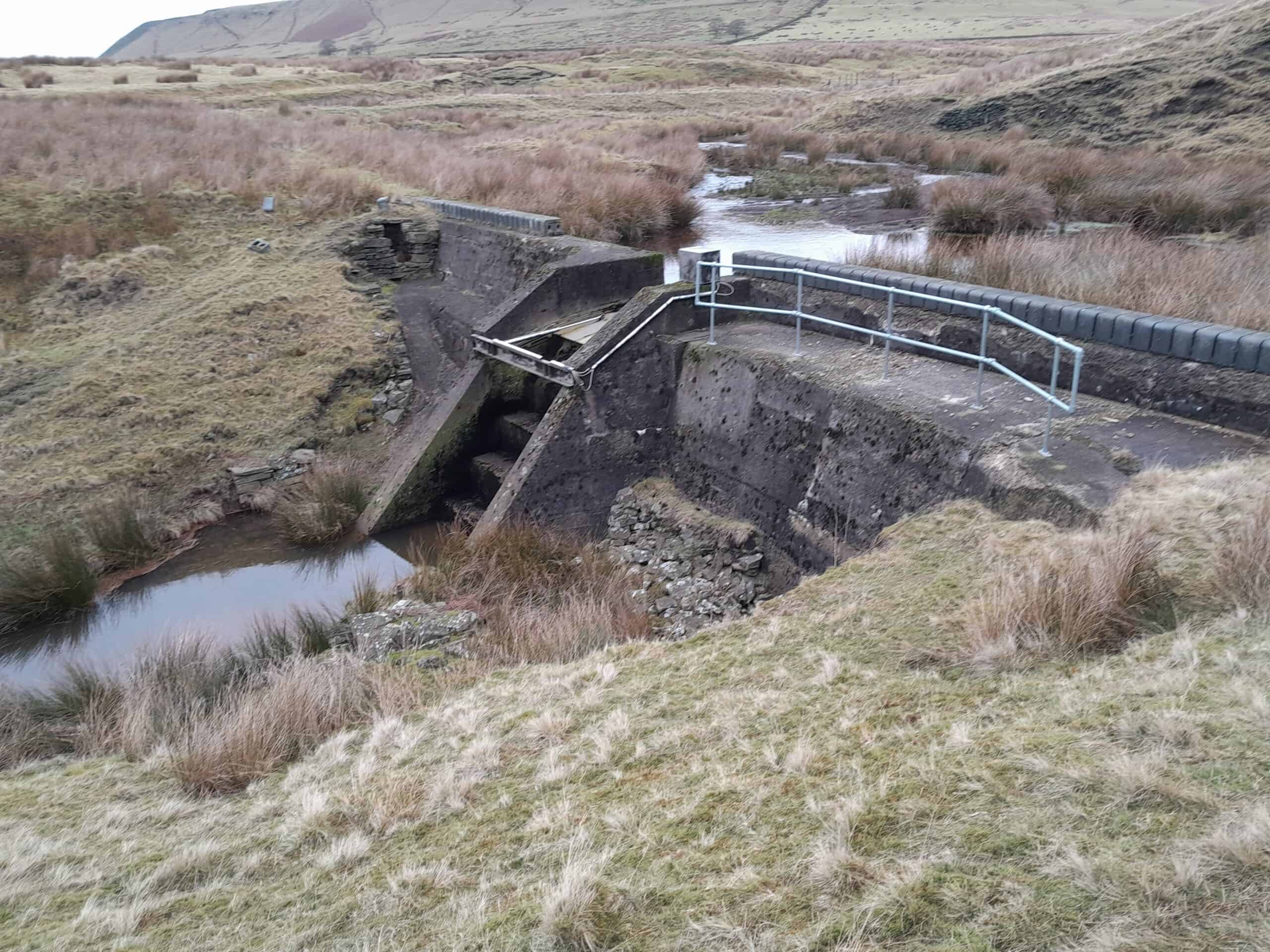

EDENFIELD ROAD … in 1795 the Ashworth Moor Road became a turnpike between Edenfield and Rochdale and a toll bar was established at Cheesden Bridge. The new road replaced a hitherto devious route and no doubt eased the transport of wefts and the return of finished cloths from the cottage weavers of the district.

4 – BRIDGE MILL … the next mill downstream, by what is now Edenfield Road, was Bridge Mill (aka Cheesden Bar … after the nearby toll). It was opened in 1840 and was a two-storey building, at one point being used for woollen manufacture upstairs and cotton spinning downstairs. It was later used for waste twills and calicos and closed in 1898 after the water rights were sold for the construction of the nearby Ashworth Reservoir to the landowner, the Earl of Derby.
REMAINS – nothing now remains of the mill edifice, but the outline of the lodge behind it can be identified/ some interesting culverting can be traced from the site of the lodge, describing an ‘L’ shape across the fields of Wham Hill Farm.


5&6 – CHEESDEN LUMB LOWER AND UPPER MILLS … Lower (aka Ailse O’Shoddy’s … this was the nickname of Alice Ramsbottom for the cotton waste spun at her mills known as ‘shoddy’) was built as a woollen mill in 1786 … a fulling mill (cleansing of woven cloth) that turned woollens into felted materials. It was operated by a John Kay (not the same John Kay who invented the flying shuttle). In 1789 it was advertised for sale in the ‘Manchester Mercury’. In 1809 an advert listed it as having a perching mill (inspection of cloth before finishing), blueing house (improve appearance of textiles), teaster (testing) and belonging tenters (stretching and drying the cloth) and a stove house where sulphur dioxide fumes bleached woollen cloth for blankets. A carding engine was also introduced in this period. It was marked on the 1848 OS map as a woollen mill but was later used as a cotton waste mill, and then for the manufacture of lamp wicks. In 1898 it closed after the water rights were sold for the construction of the nearby Ashworth Reservoir. Upper (aka Mr John’s) was a 50-loom cotton spinning mill built in 1845 by John Ramsbottom. He was a well-liked amiable man (hence the nickname). It kept production alive during the American Civil War by recycling available cotton waste to produce a course spun fibre cotton yarn.
REMAINS … LOWER – all that remains are a three-storey section of wall, the wheel pit, a waterfall still flows out of a rounded arch at the base of this … the Cheesden Brook flowing from beneath the mill. / the wall was rebuilt in 1990 by the Conservation Team of the Greater Manchester Archaeological Unit, at great cost, funded by the then North West Water >>> UPPER – little left.
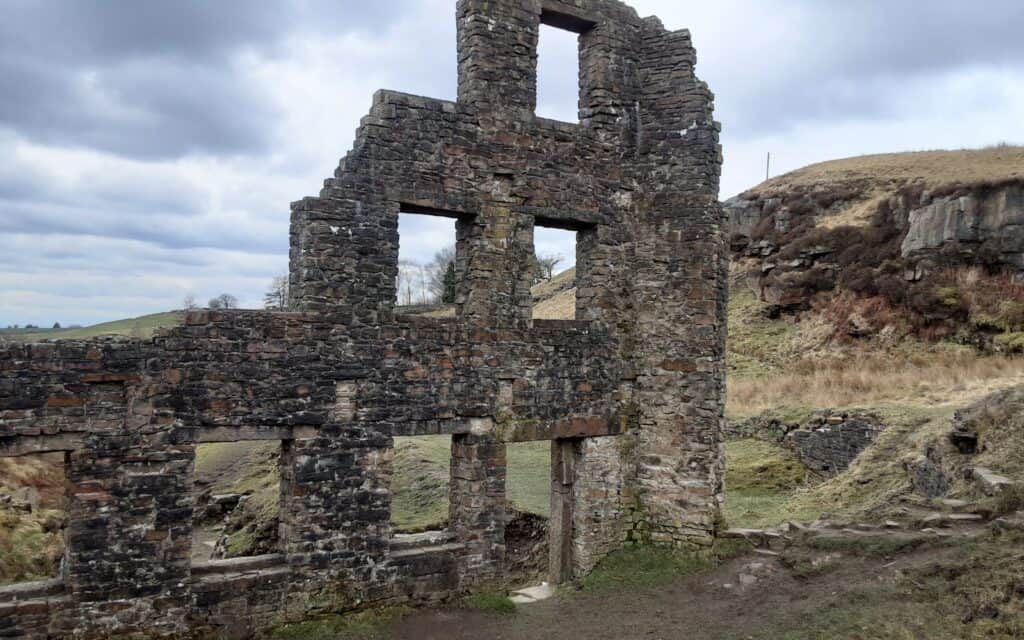
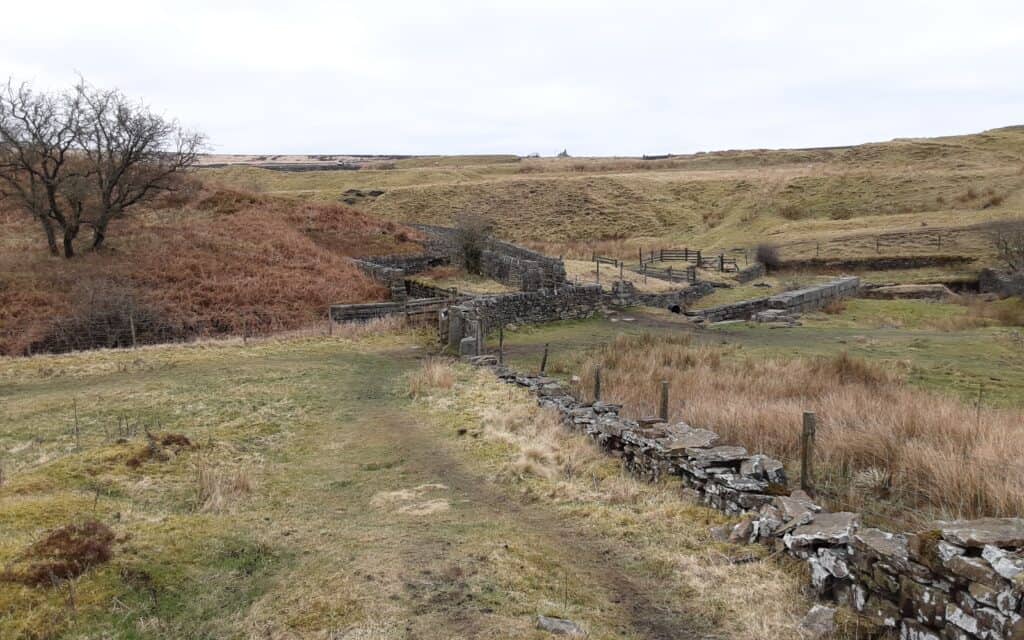

7&8 – CROSTON CLOSE UPPER AND LOWER MILLS … Upper (aka Middle Bottoms) was a cotton mill opened by 1810 but was probably established as a woollen mill, spinning and carding wool for nearby cottage weavers. It was another mill owned by Croston Close farmer John Howarth, most of the workers at these small mills in the valley were, like the owners, from local farms. It was closed in 1898 after the water rights were sold for the construction of the nearby Ashworth Reservoir. Next to the mill was a row of cottages (small by to-day’s standards) to house up to 11 inhabitants, including lodgers who worked in the mills or adjacent coal mines. Some were still occupied in 1922, long after the mill had closed. Lower (aka Lower Bottoms) was directly below Upper. This woollen mill was owned by George Howarth (brother of John) and opened in the 1830s. It was reported that the “new mill” here was partially washed away by the flood waters in 1834 and had to be rebuilt. There would have been about 40 people living here in cottages. A slab-lined flue was built from the boiler house to a chimney situated on the hill above … it is said that the flue was at one time used to carry away fumes of an illicit whiskey still which operated there!
REMAINS … UPPER – the flag-lined flue is visible rising up the hillside to carry away the fumes / a tunnel that the mill was built over can be seen / as can the original pit wheel adjacent to the lodge which still holds water / evidence of the cottages >>> LOWER – one of the pit wheels.

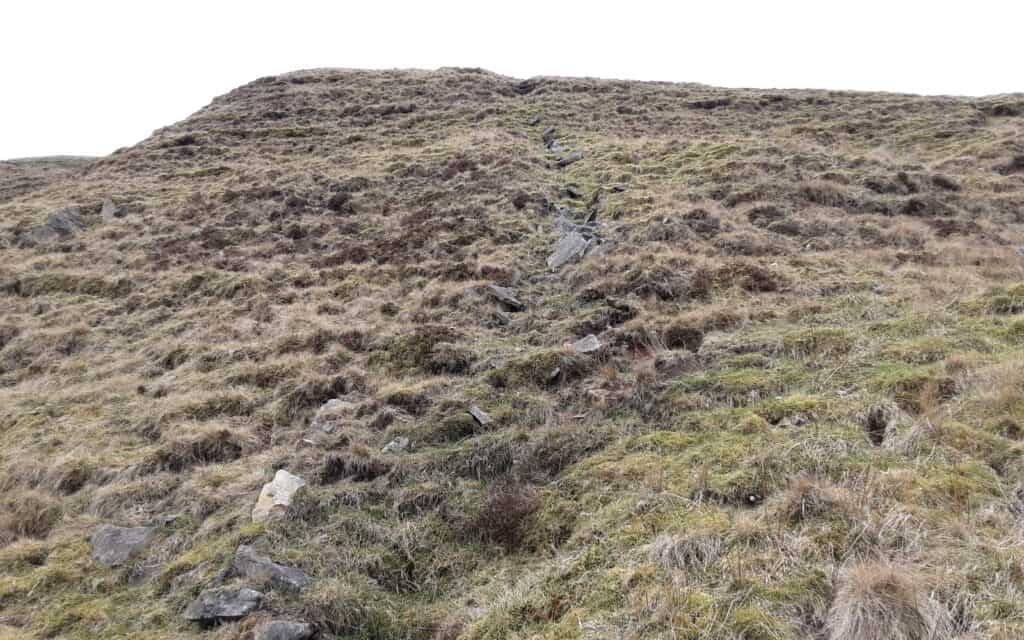
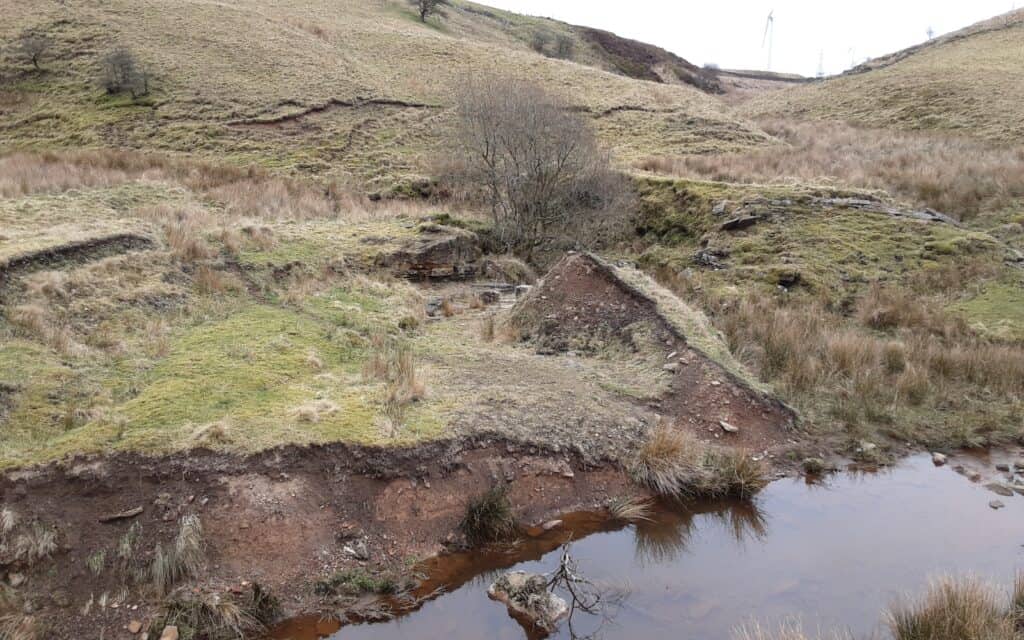

9 – LONG LAND MILL … Long Land (aka Longlands) was opened as a cotton mill at Buckhurst circa. 1838. It came under the ownership of Barlow & Jones during the 1880s and was probably converted to a new process of cotton waste spinning around that time. They had several mills in Bolton, from where waste would be readily available. Longlands was more modern than neighbouring mills and was powered by both water and steam. It even produced its own gas for lighting not only the mill but also the nearby schoolhouse. It had ceased production by 1893.
REMAINS – all trace of the mill has disappeared, only a few brick walls and the lodge remains. Like other mills, the stone was probably removed for other building projects in the area, and possibly for the construction of Ashworth Reservoir(?).
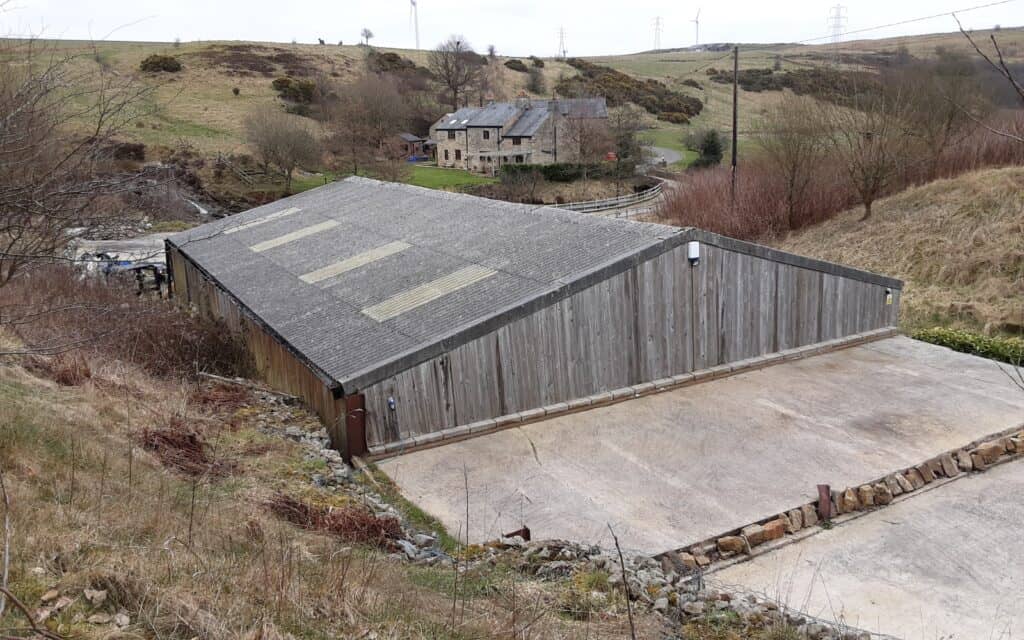


10&11 – DEEPLY VALE LOWER AND UPPER MILLS … Deeply Vale Lower (aka Cob House Nab Mill) was established in 1801 by Daniel & Kay as a cotton-finishing mill. It was two storeys high, and by 1813 the surrounding 30 acres of land contained reservoirs, drying houses, dye houses, stables and a colour shop. This mill was washed away in 1828 by the storm-swollen brook. While it was being rebuilt, the new owner, Mr Earnshaw, was killed when he fell into the gearing!
Deeply Vale Upper (aka Deeply Hill) was developed on Deeply Hill, a few hundred yards to the north in 1834, probably as a cotton waste spinning mill. Here lay one of the heaviest concentrations of housing in the valley … 32 houses in four rows (surviving until the 1950s), plus the ‘big house’ at the top of the hill … this is where the mill manager lived!
In 1843, both mills combined to become the Deeply Vale Printing Co. By 1846 it had two printing machines and 100 hand block tables for making three, four and five different colours … the printing would have been done onto calico (unprocessed cotton).
In 1867 the two mills split again, Upper passed into the ownership of Thomas Hardman & Sons of Bury and became known as Hardman’s Mill. In 1870 it embarked on an entirely new venture, breaking the pattern of the industry by turning to a product in many ways allied to cotton … paper, to become Deeply Vale Paper Mill. However, on the OS map of 1891, it was marked as disused.
Both mills were supplied with coal (to feed their steam engines) from Wind Hill Colliery, by means of a tramway that crossed the moors. It eventually reached the mills in waggons (carriers) over a wooden trellis viaduct and overhead rope and pulley system … very ingenious for the time!
REMAINS … LOWER – extensive remains are evident below the dam wall of the mill / reservoir / cobbled lanes / bridges / conduits / wheel pits. >>> UPPER – very little.
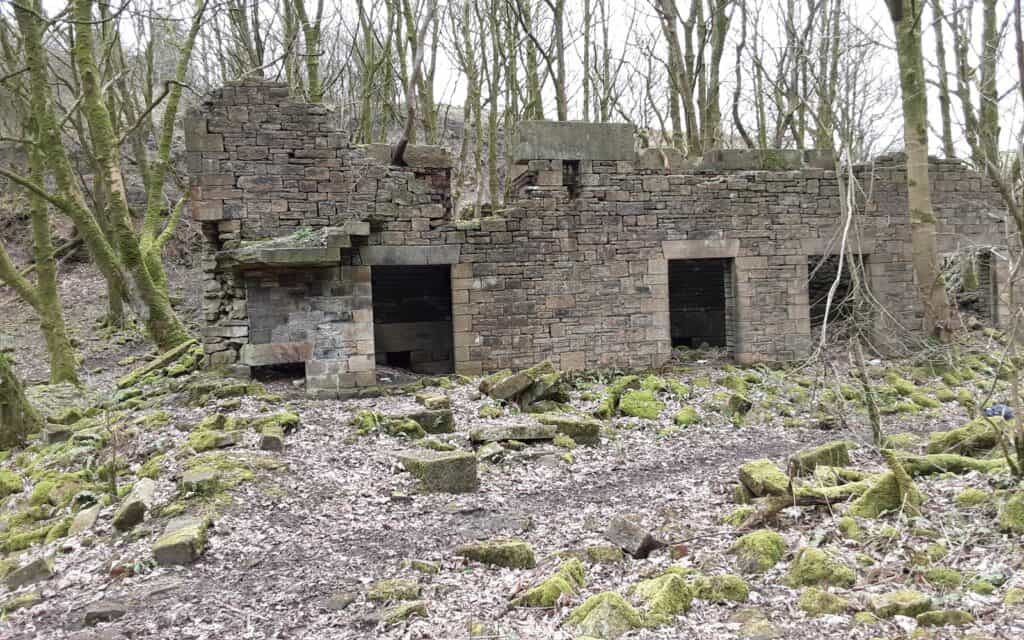
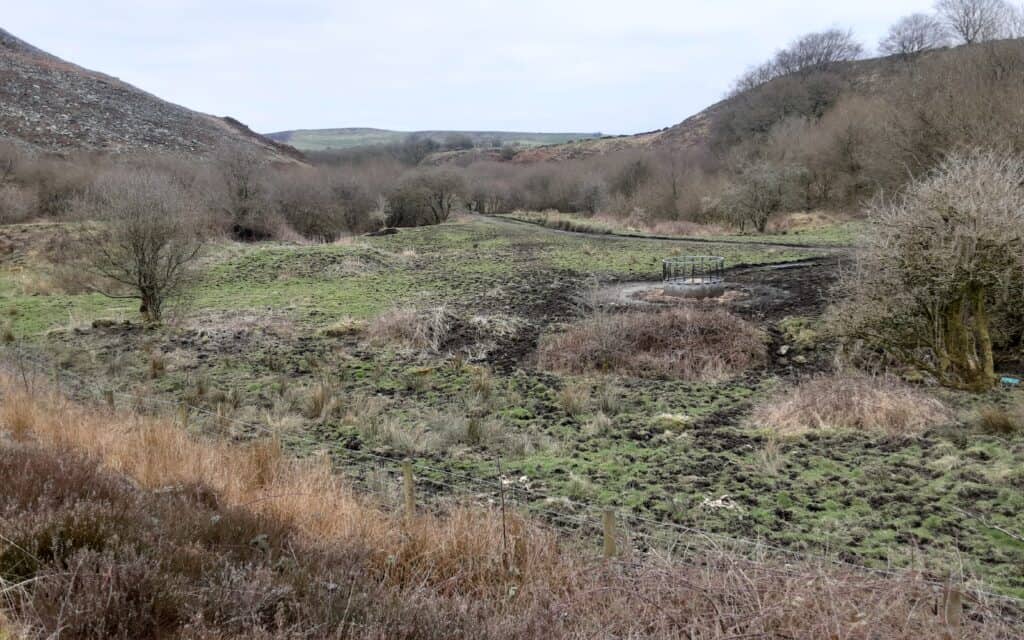

Traces of the Wind Hill Colliery to Deeply Vale Tramway …
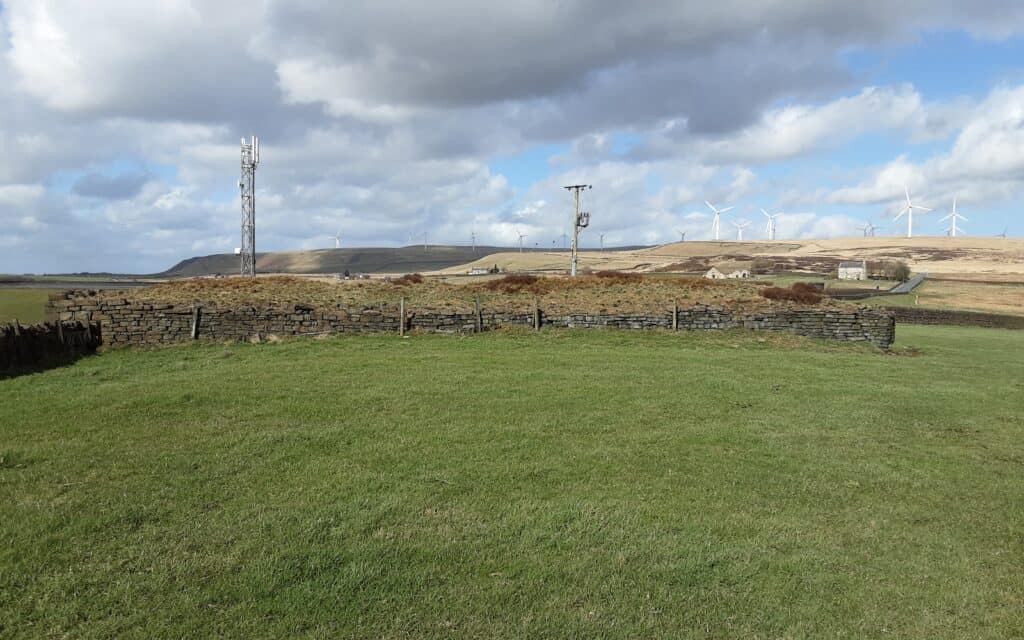
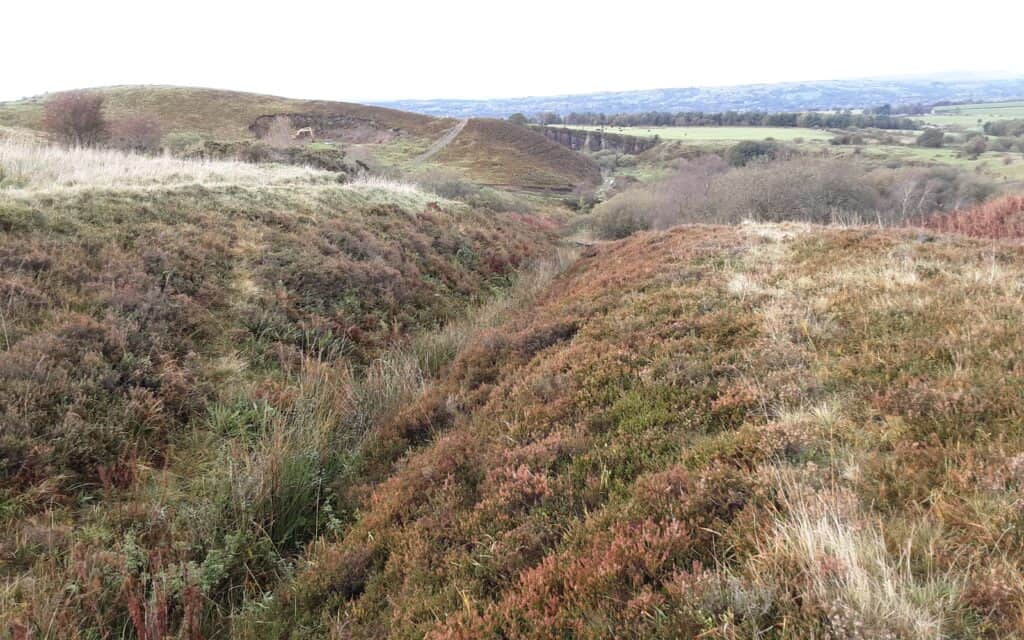
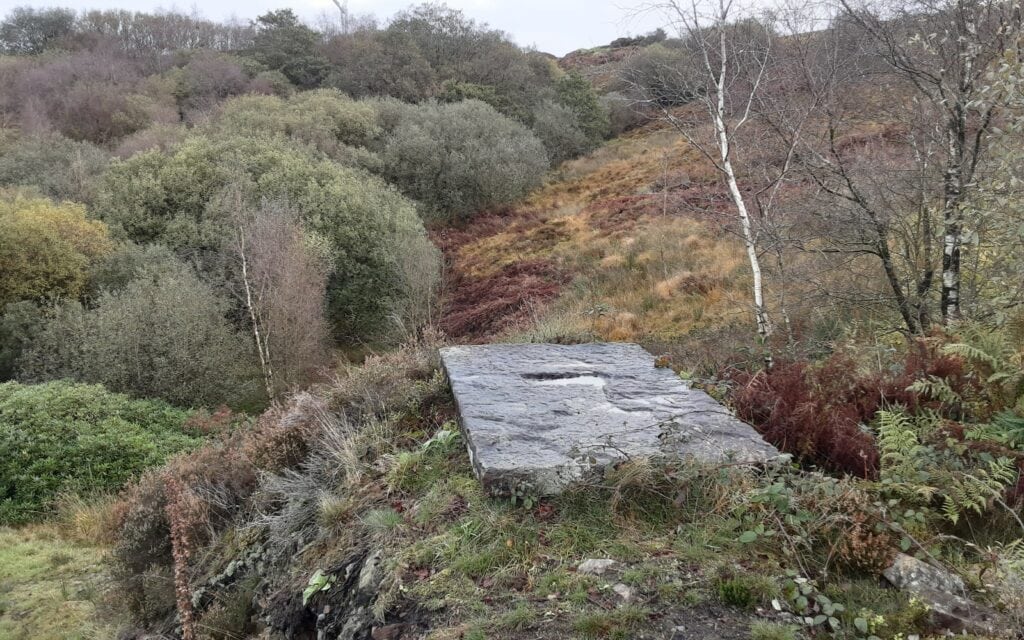


12 – LOWER WHEEL MILL … Lower Wheel Mill (aka Washweel / Almonds) was just below Deeply Vale and 2/3 the way down the valley. It was built in the second half of the 19th C for bleaching and dyeing. It was taken over by Joseph Shepherd during the 1880s for the bleaching of cotton waste. In 1919 this became the last mill in the valley to close.
REMAINS … chimney stack / corroded remains of the pipe that linked the mill’s lodges / stone becks used to hold liquors that once held around 400 gallons of solution.
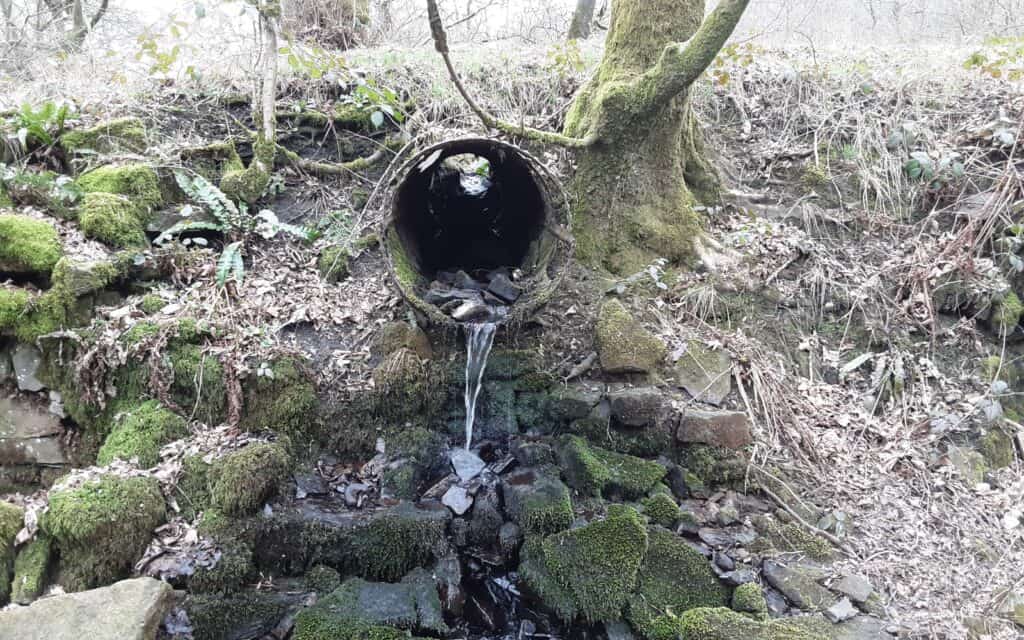
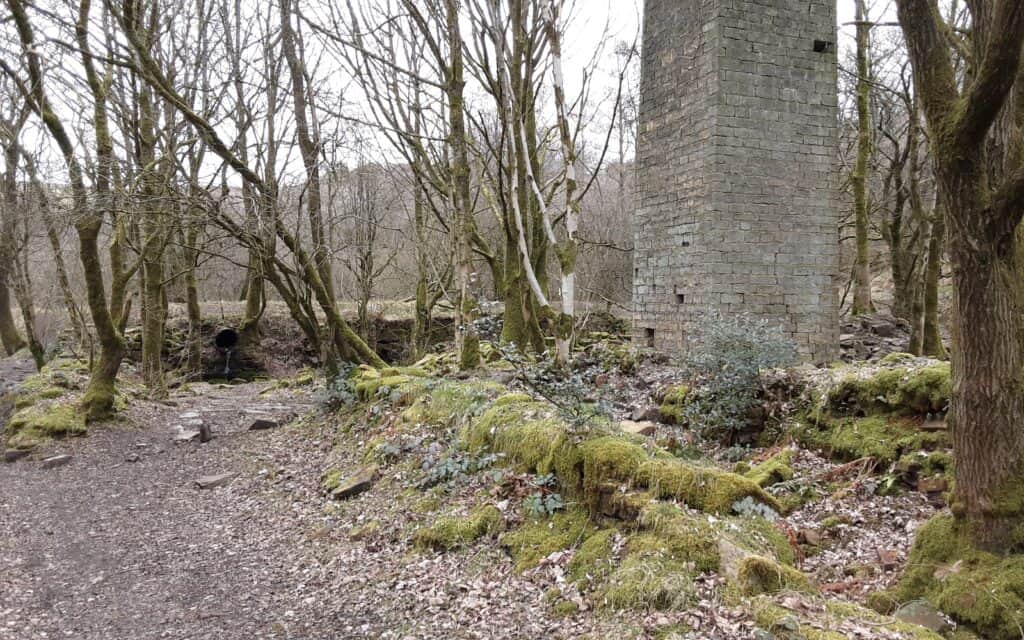

13 – BIRTLE DENE MILL … was a large complex built in 1824 and owned by the Ramsbottom family for most of its life. This was a full-scale four-storey cotton spinning mill and weaving shed. The mill produced its own gas and was powered by a large waterwheel and auxiliary engine. Thomas Ramsbottom also owned three coal mines above the mill. It was built in a narrow, steep part of the valley which made access difficult. Goods had to be hauled up the slopes using a windlass, the woven cloth was then stored in a building before being transported to the merchant houses of Manchester. There were also three rows of cottages built for the workers on the mill site. The Ramsbottom family ran the mill until 1890 when it was taken over by Goulden, Adams and Co until its closure at the end of the century. Perhaps if the mill had been located closer to the nearby town, with better communication links, it would have survived longer(?).
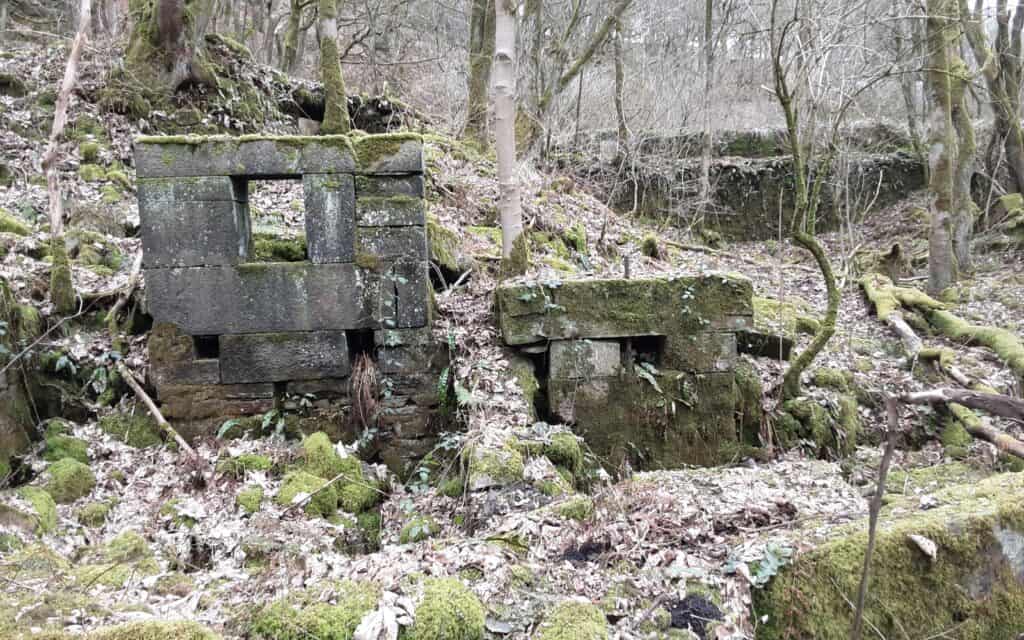

14 – KERSHAW BRIDGE MILL … Kershaw Bridge Mill (aka Nab’s Wife) was a fustian mill built around 1780 by Thomas Allanson, and probably employed about 10 people. By the 1840s the mill was a dye-works, but in 1845 it was taken over by the Whitehead family and converted for cotton production. In the early 1850s, it became the first mill in the valley to cease production. Kershaw Bridge itself was once on a packhorse route.
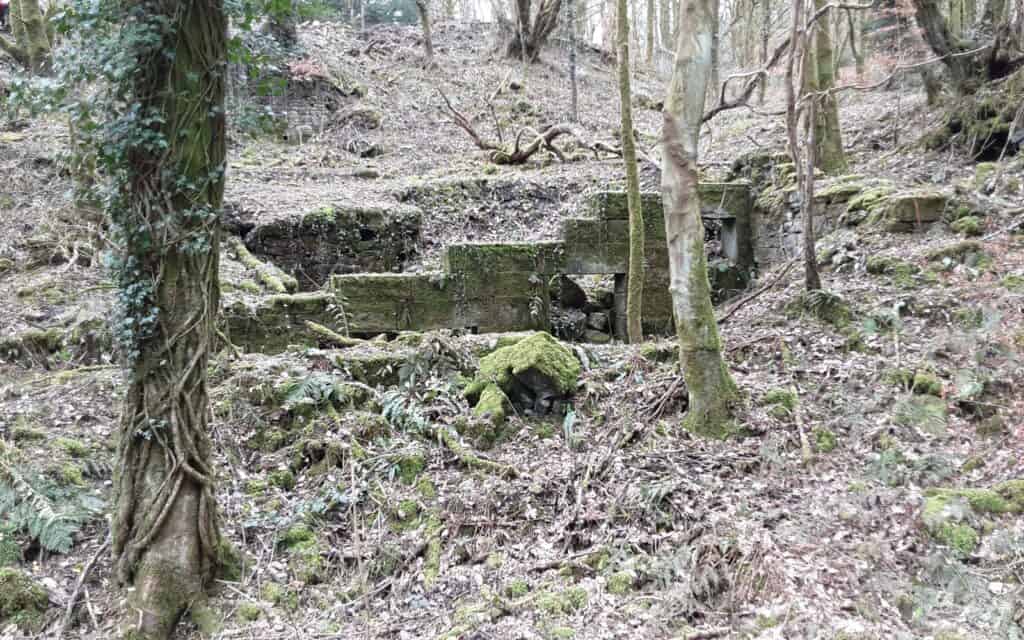
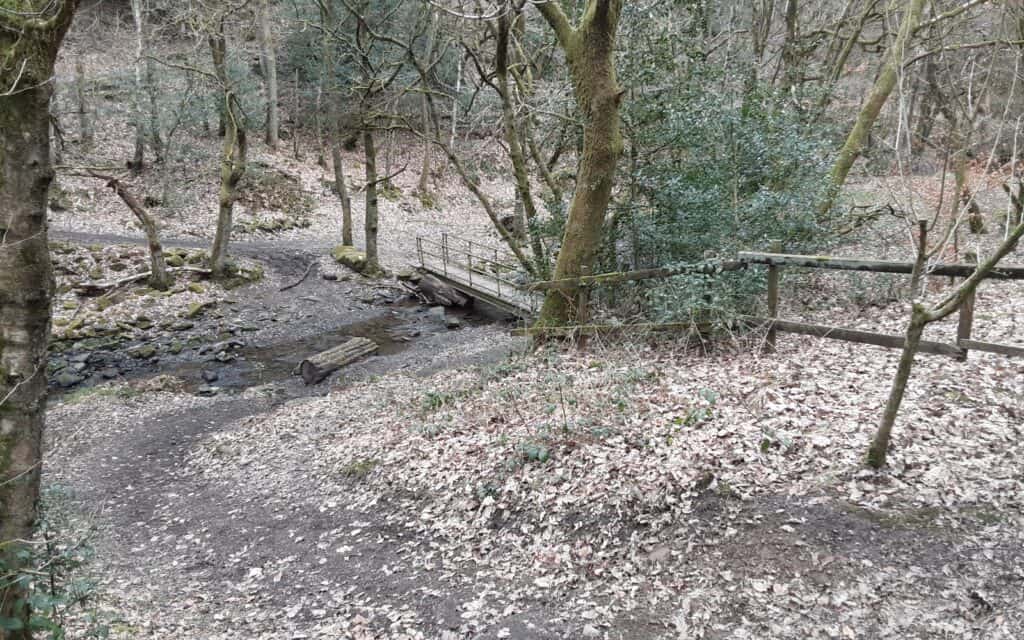
REMAINS … only the pit wheel / lodge.

SIMPSON CLOUGH MILL … this was still an active (paper) mill as recently as early 2023 and, although not strictly speaking included in this project, merits a mention. It stands at the foot of Ashworth Road where the waters of the Cheesden and Naden Brooks meet. Its origins are obscure but it is thought that it started as a fulling mill. Towards the end of the 19th century, Barker Bros bought it and extended it for use in bleaching, dyeing and finishing cloth. Waggons took the finished cloth to Manchester warehouses, first leaving at 6 am and the last returning around 11 pm every day. It is said that they had 16 cart horses, that they stabled on the opposite side of Bury Old Road.


>>>
SOURCES OF INFORMATION ~ “The Forgotten Valley” by Sandiford & Ashworth
ACKNOWLEDGEMENTS ~ Donna from Buckhurst Lodgeside Cafe / My Support Team: Mareks, Gatis and Jon
I would like to express my utmost thanks to Peter Lane … for his valued support, inspiration and artistic genius.
This project is dedicated to the folk who lived and worked in this special valley.
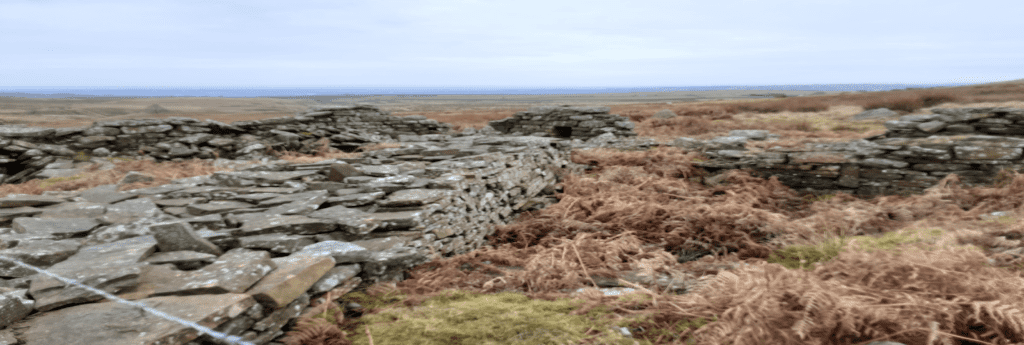
>>>
CROSS REFERENCE ~ Walk 4
~

The Vanishing Moors of Heywood
Before the bulldozers move in, I felt the need to put ‘finger to keyboard’ and make some sort of record of this unassuming corner of our town. Straddling either side of the new South Heywood by-pass lie two moors … Siddal Moor and Pilsworth Moor. Siddal has been drained and farmed over the centuries, whereas Pilsworth appears to have been left mainly untouched and much of its natural and wild beauty remains in tact. Nestled neatly between the two stood Hares Hill Farm, a diary farm that dates back to the 19th century … it stands no more!
I most definitely had my old ‘Inspector for Footpaths’ cap on when I produced this 3.5-mile circular offering, for there is a woeful lack of signs and waymarkers and scant disregard to preserve our walking heritage, along the route.
THE WALK … starting at Broadheath, the walk wends its way through Hares Hill Business Park. Due to the signage absence issue, the only people who appear to be aware, and therefore use, these paths are estate workers and local school children … obliviously en route to their respective destinations. This demonstrates how Rights of Way and industrial estates sit (uncomfortably) side by side. It may be an indication as to what is in store over the road, with the future development(?).
Breaking out of the claustrophobic commercial maze, the refreshingly open expanse of Siddal Moor suddenly comes into view. The farm foundation remains make for an absorbing, if not sad, study. Over the by-pass, and more obstacles, Pilsworth Moor now beckons. This is not an Open Access area, so adherence to the footpath is necessary, as it slices through the moor. A good-intentioned straying on my part was required to capture some photograph evidence for the record books. Apart from the scars of some gas pipeline laying, the moor is in a great virgin state … the only sign of life being a large herd of roe deer (a wonderful sight!). There were some old sandstone quarry workings to the west, but nature has completely obliterated any evidence now.
Just as the route sucks you deeper into the unknown, and well out of sight of ‘civilisation’, it abruptly changes direction … over some lush pasture land and towards Birch. Stock Nook and Doctor’s Fold add to a nostalgic feel to the walk, before a refreshment stop … courtesy of either Birch Farms or something a tad stronger at the Gardeners Arms.
The new pristine by-pass is a surprisingly pleasant experience to walk along (or cycle or horse ride) … I am sure it won’t stay pristine for long!!!
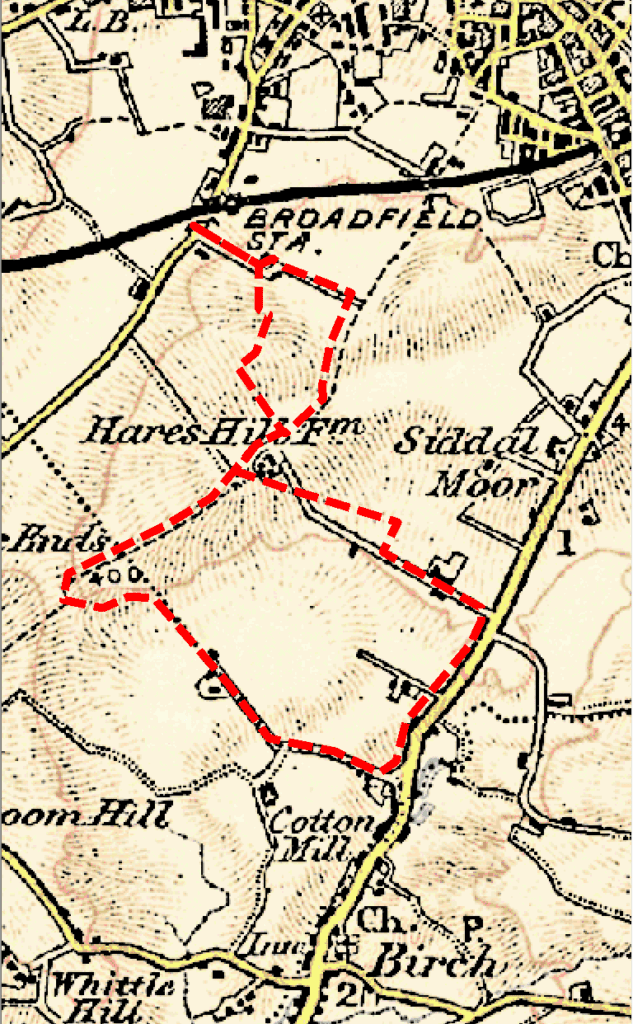
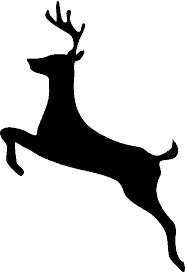

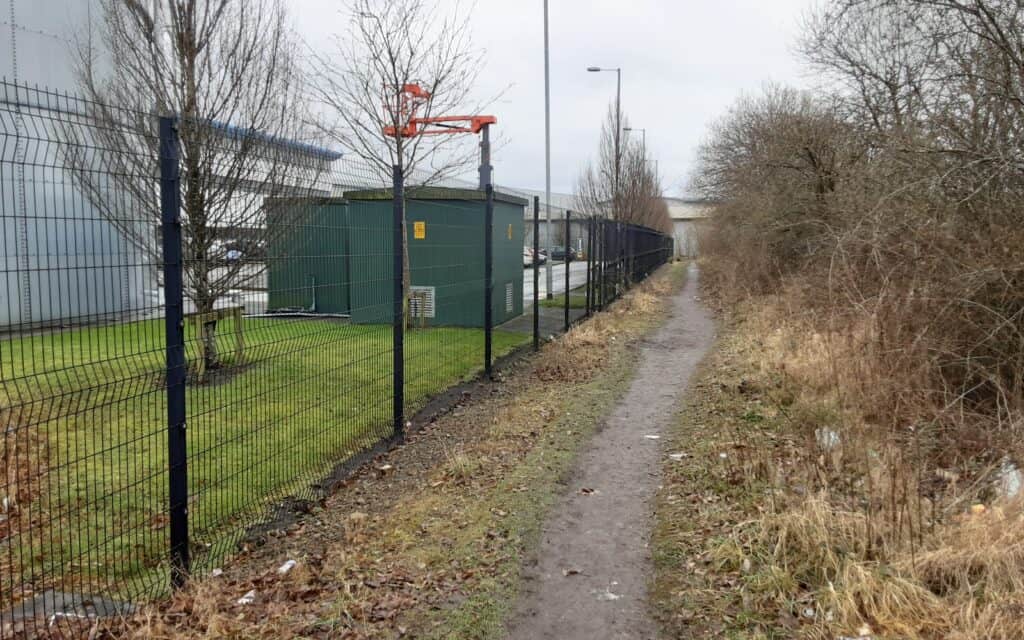
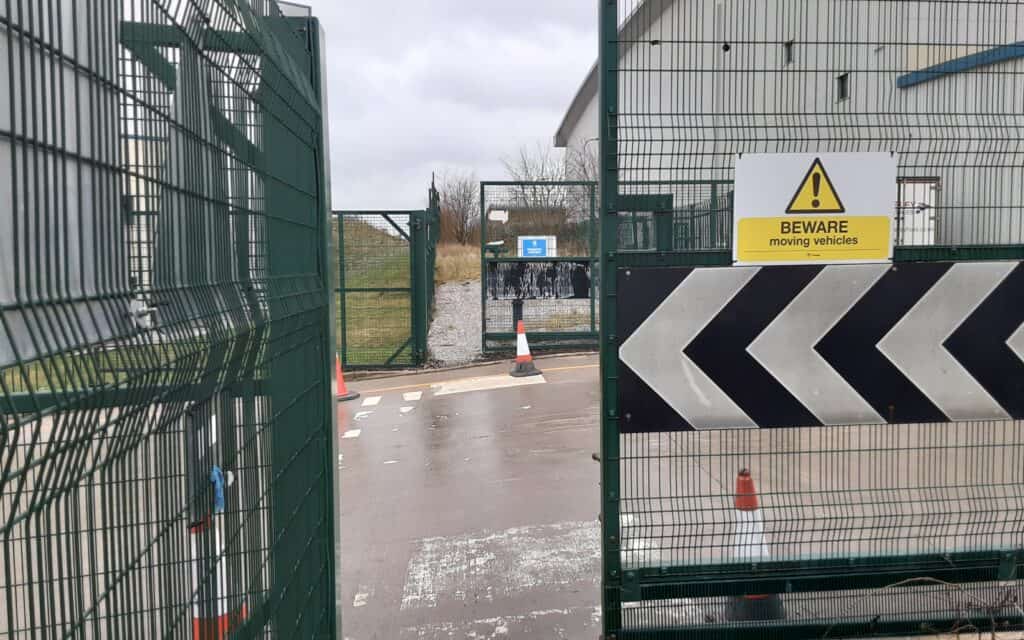


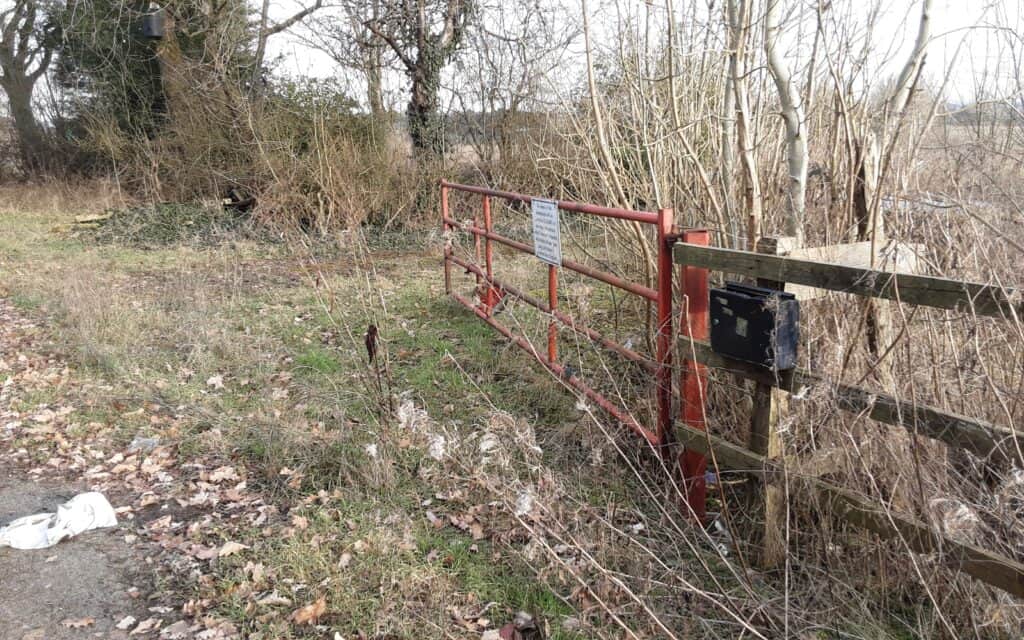

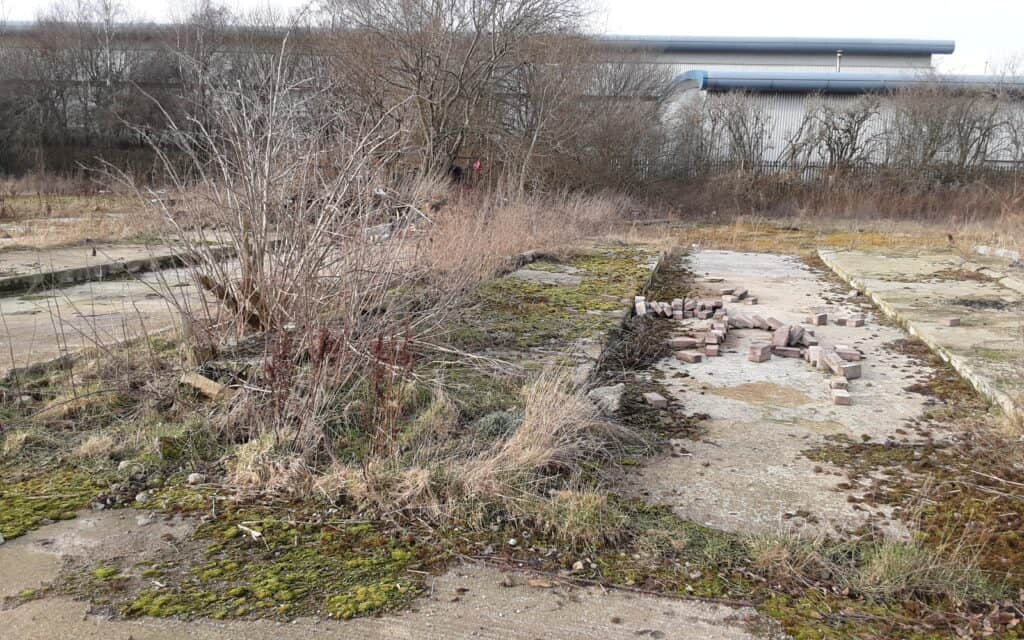
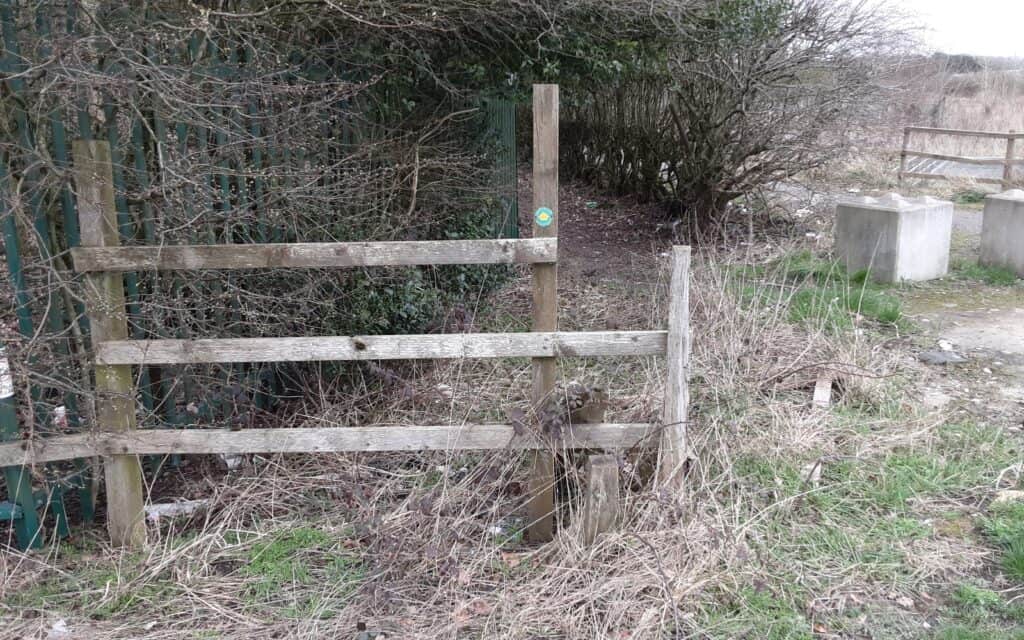
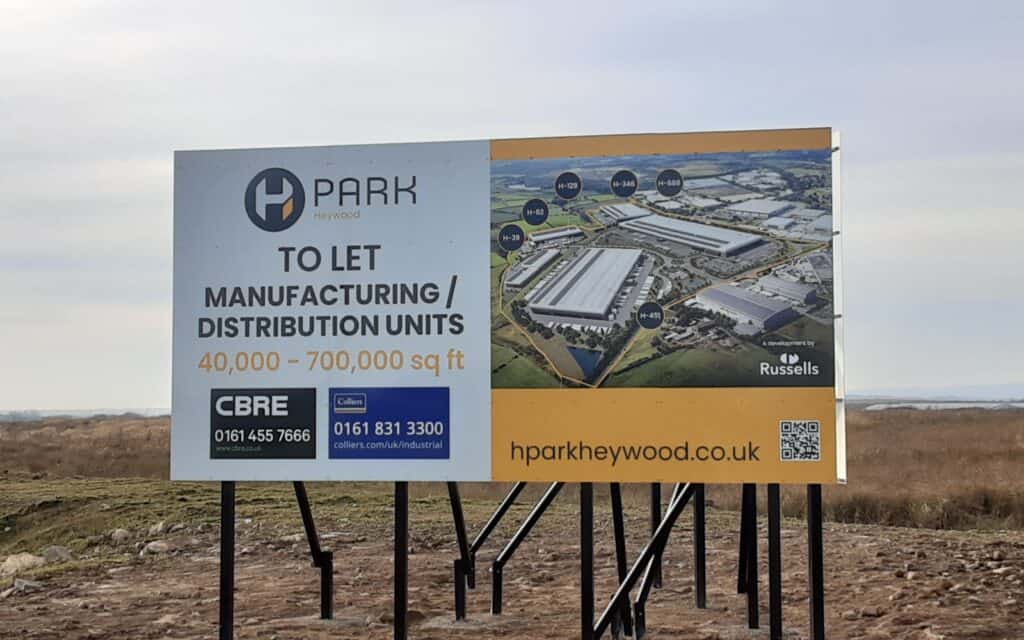

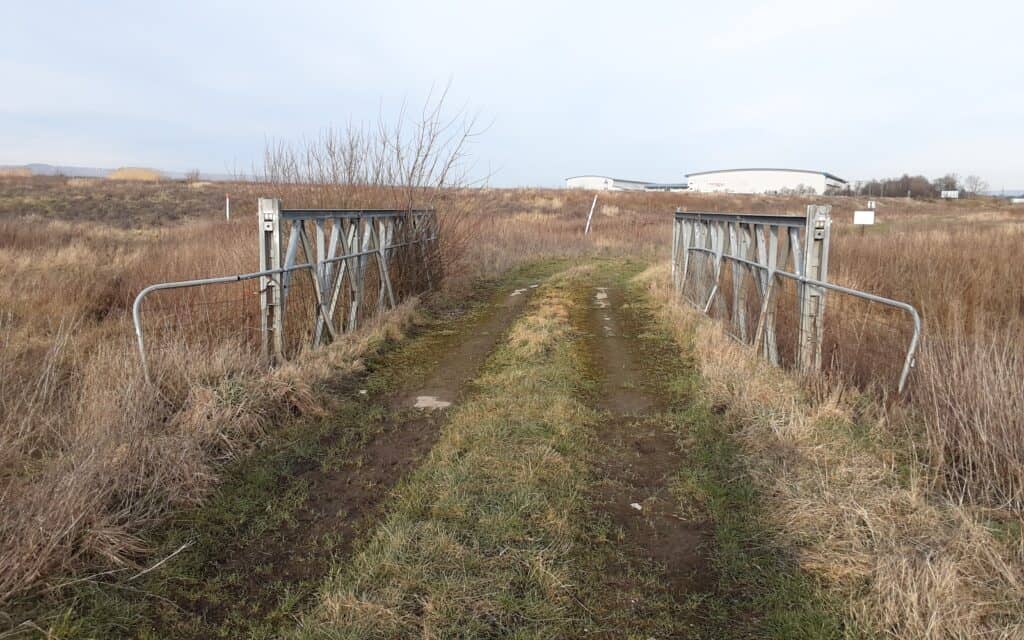


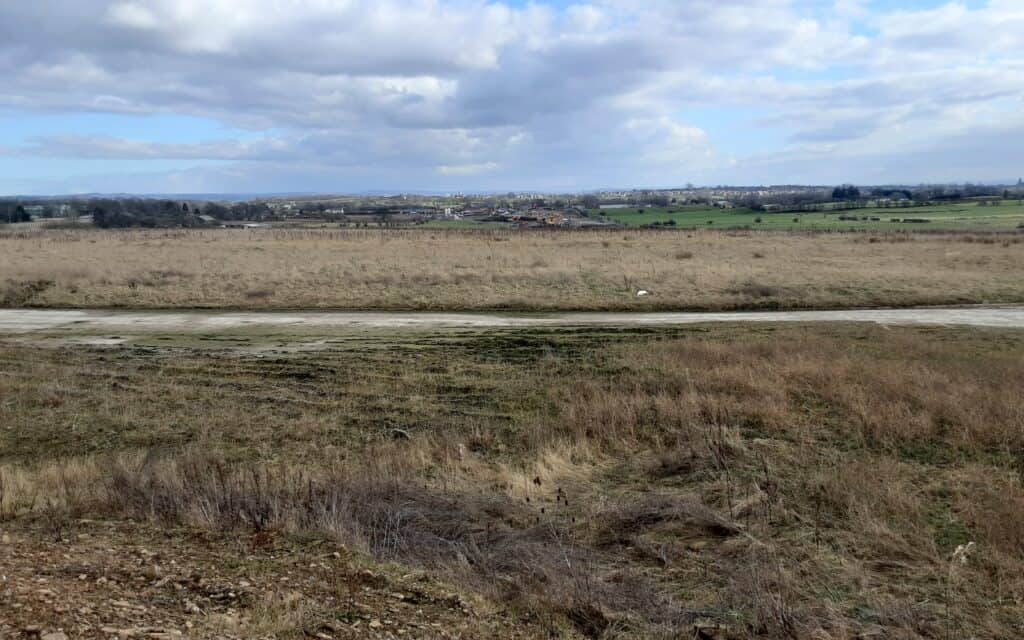
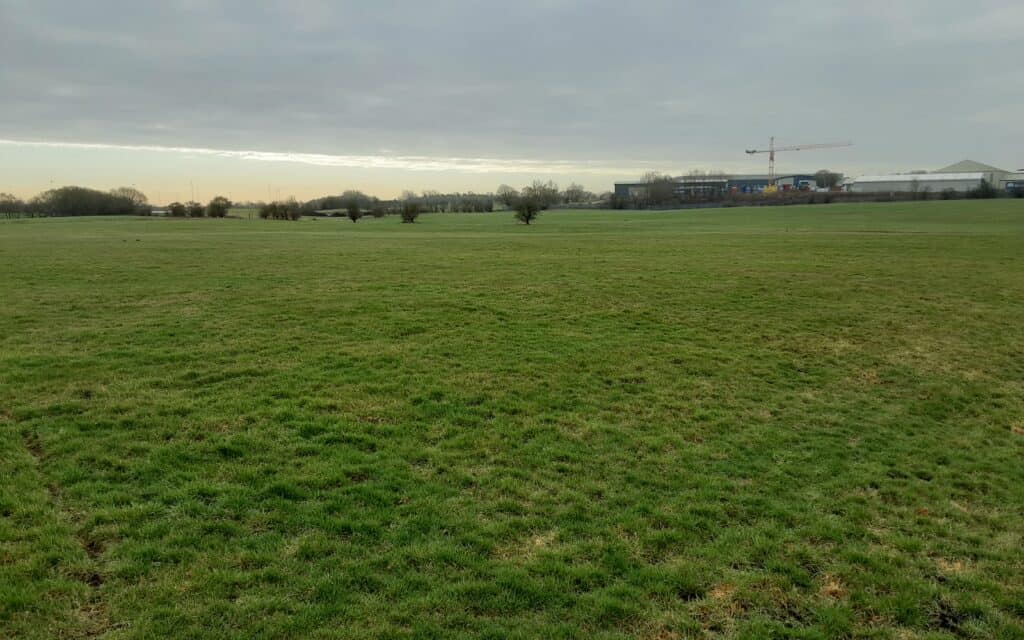
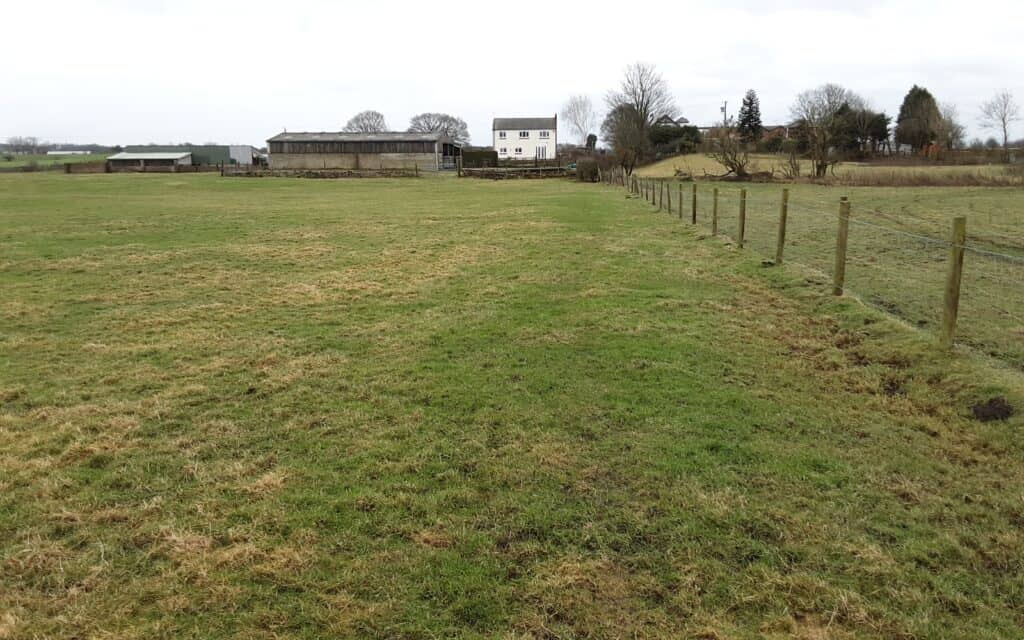
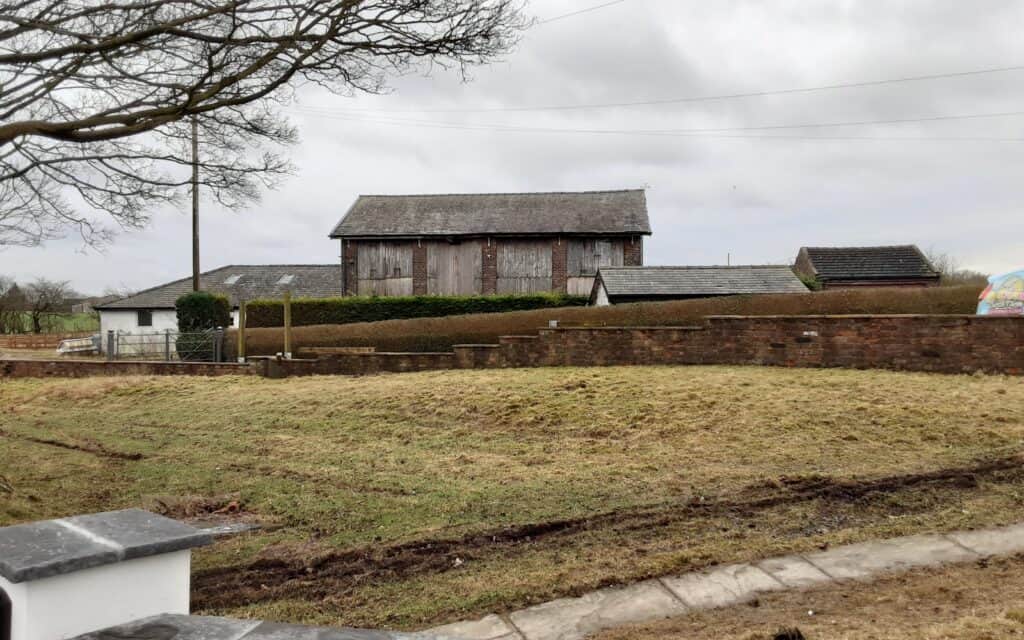
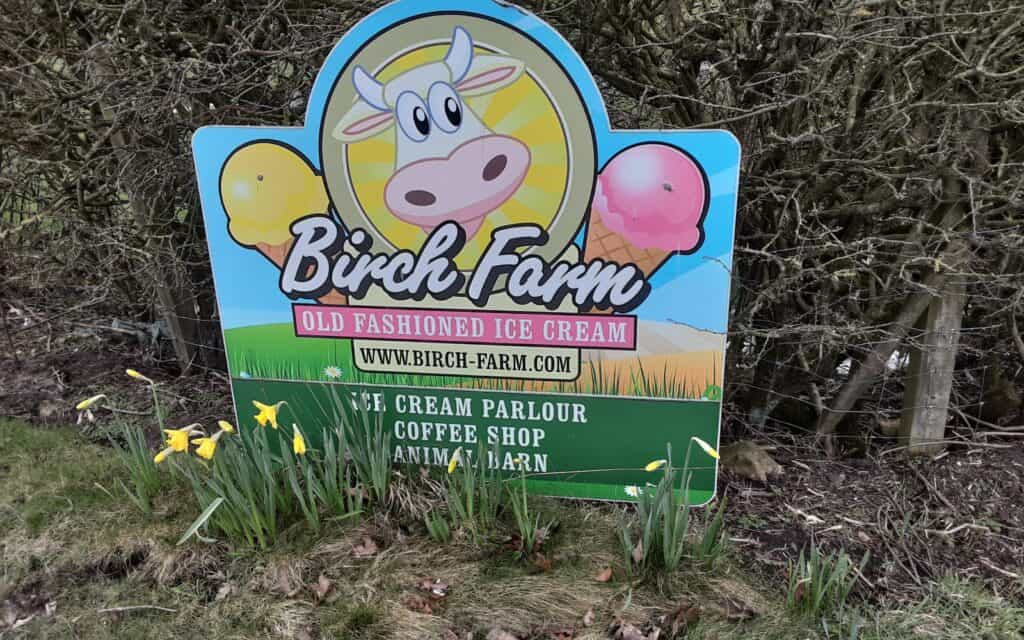

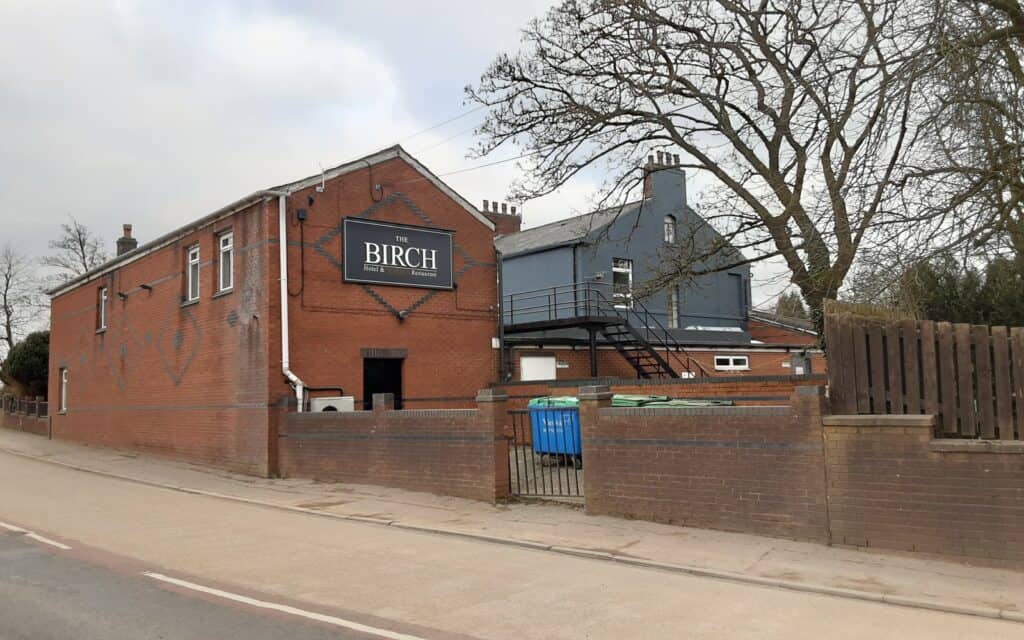
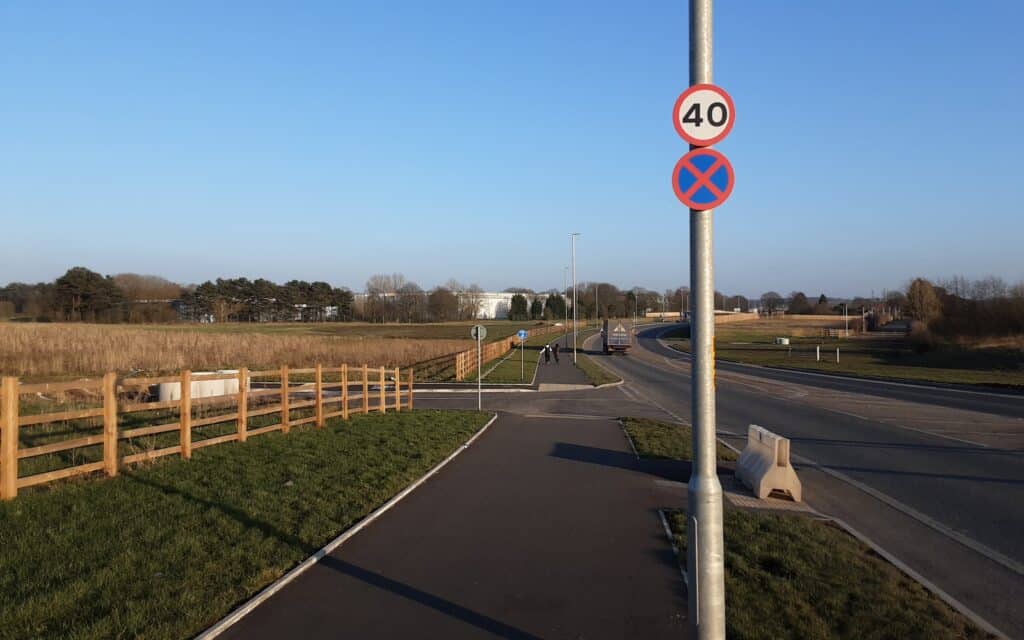

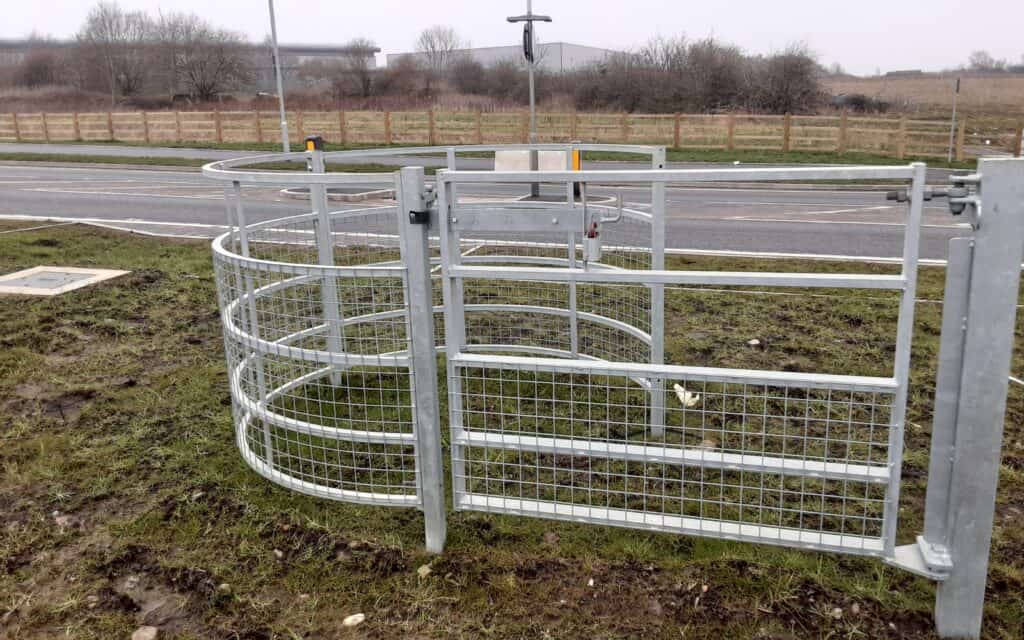
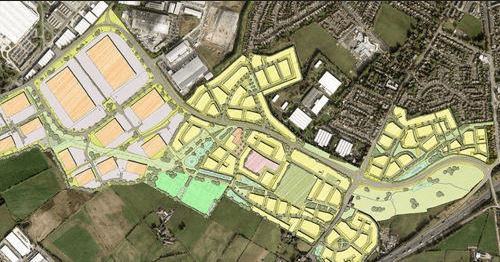

Another priceless video (2020) … the haunting remains of Hares Hill Farm by No Limits Urbex …
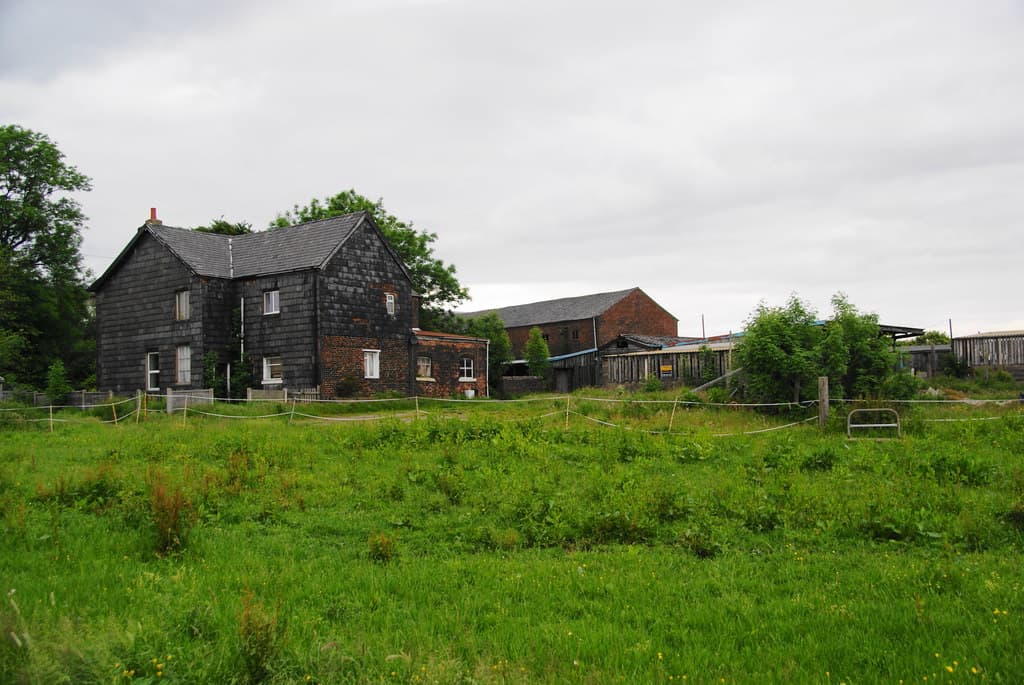
>>>
ACKNOWLEDGEMENTS: Gatis Odins / John Mitchell
>>>
CROSS REFERENCE ~ Walk 3 & Cycle Route South
~

Cragg Tramway
When roaming the moors south of the Rossendale Valley, the huge scars of quarrying are clear evidence of this area’s industrial past. It is less obvious, at first sight, that there was an ingenious tramway (mineral railway) that snaked across the windswept landscape to service those quarries. Even harder to imagine is the steam engines that ran on a narrow-gauge line with heavy loads in tow … time to uncover the story!
THE WALK … in order to achieve a linear route, a train to the start point and a bus return to the hometown Heywood is required.
From the East Lancs Railway station at Rawtenstall, a short pleasant riverside stroll ensues to Clough Fold, nestled in the Rossendale Valley.
There is no immediate direct access up onto the moors (where this particular mystery starts), so a short diversion via Hill End Lane provides the solution. Hereon, the definition of the tramway line and its spurs are easy to trace. Public footpaths now sit very conveniently on the course virtually all the way … enabling undivided contemplation of the magnificent wild surroundings.
A series of quarries play a strategic part in this unfolding story, linking them is as rewarding as it is straightforward … Hurdles > Brow Edge > Great Height > Cragg > Ding.
The tramway ends in the desolation of the Pennines (Ding Quarry). Careful navigation is required for reunification with ‘civilisation’ (ie the village of Norden) … and a bus back to Heywood (not before enjoying a pint or two!).

HISTORY … stone has been quarried in Rossendale since at least the C14th and probably long before that. Pre-1770, most of the quarrying was on a small scale and took place near to where it was wanted. Farmers who required stone for a building or for the countless drystone walls would find an outcrop and take it from there. In reality, from earliest times Rossendale stone was in great demand both locally and further afield. This stone split easily into thin sheets making it suitable for roofing slates … a valuable commodity.
The effect of weather, particularly the effect of frost, would probably have loosened the exposed stone, making it easier to break away from the outcrop. Because of Rossendale’s geology, these rocky outcrops are usually high on the valley sides near the edge of the moorland. There are few places in the town that are far from such outcrops and the stone would have been quarried and shaped close to where it was needed, probably just a short journey away by horse-drawn cart or sled. With relevance to our walk … this is how the stone was transported over Rooley Moor Road to Rochdale and Heywood.
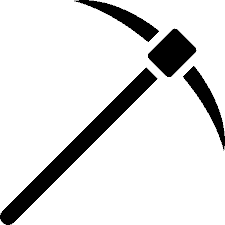
1 Clough Fold Railway – the stone was processed at an extensive site on Whinberry Naze. It was moved off the hills by a gravity incline … a fully laden truck coming down would pull an empty one up the steep gradient. A braking mechanism and winding house were also probably used(?). There were offices, weigh houses and sidings at Clough Fold, adjacent to Victoria Works. From there, the stone could then be transferred over a large wooden bridge spanning the river onto the main L&YR line.


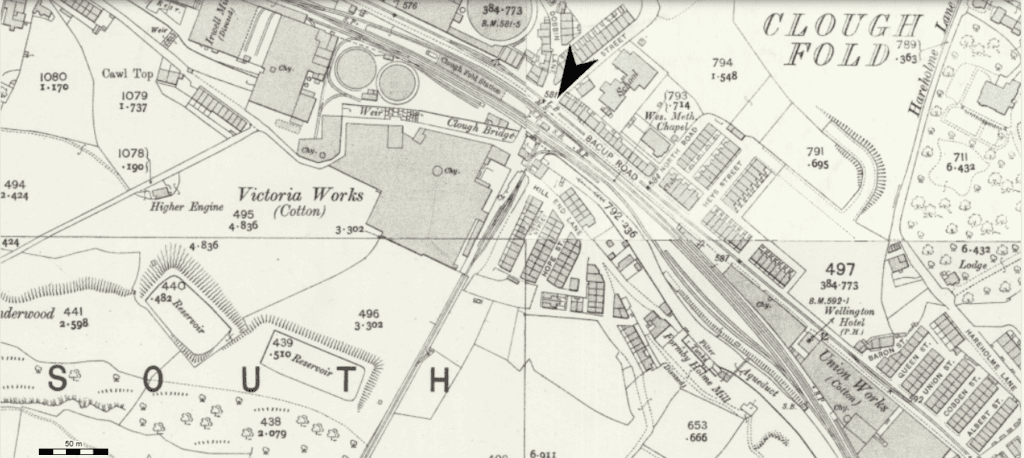

2 Processing Plant – this was the ‘nerve centre’. A tramway network connected from here to the various quarries and on which the extracted raw stone could be transported.
The flags were first produced by splitting along their cleavage planes, leaving a rough surface with irregularities (‘ripples’ or ‘dapples’). The job of the scrubbing or rubbing mill located here was to polish and smooth them for use on household floors or for similar purposes where a smooth surface was demanded.
This stone processing works once housed polishing and sawing mills (powered by a coal-fired steam Cornish boiler), dwellings and a locomotive shed. The site was disused by 1920.
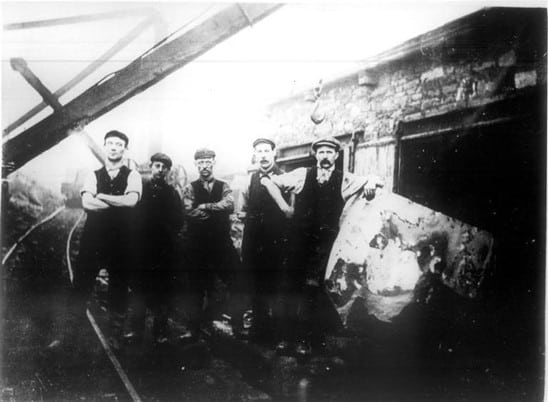
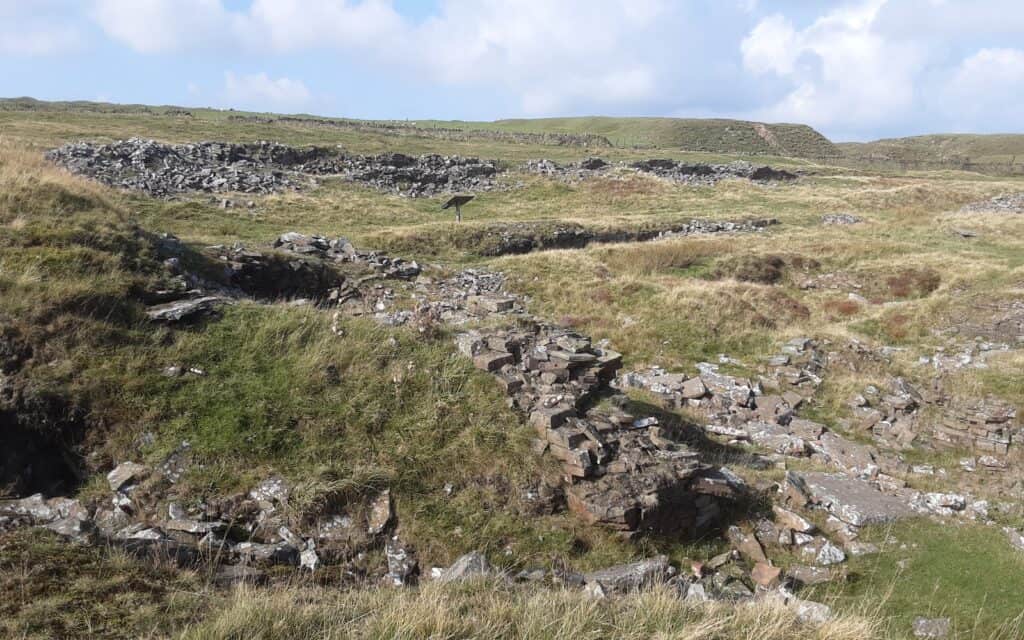
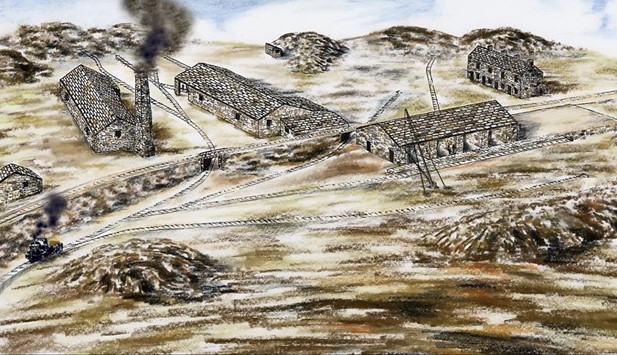

3 Hurdles Quarry (1850s-1890s) – an area of open hillside quarrying that was linked to the processing plant by tramway. When the line was lifted around 1890, further extraction was limited, possibly because the stone here appears to be of inferior quality. Thereafter, the firm (Butterworth & Brooks) centred activities around Cragg and Ding.
The remains … a number of small excavations exist in the vicinity, their remains are visible as overgrown spoil heaps and lengths of embankment.
There were proposals in the early 2000s to transform the quarry into an outdoor sporting activities venue … including archery, rock climbing, mountain biking and 4×4 driving. Additionally, a landscaped wildlife area would have been created.


4 Brow Edge Quarry (early 1800s-1910s) – in the 1840s this was a small working. It may have been occupied earlier in the century by Abraham Spencer, a local farmer. After Thomas Brooks took a lease in the mid-1850s the quarry was mechanised and greatly expanded, probably reaching its farthest extent towards the end of the century. Working methods included open pits and some mining. The stone produced here was amongst the best quality available from the various Brooks quarries. It was inactive during WWI, and abandoned in 1919-20.
The remains … consist of fairly extensive faces and waste tips. Any surviving buildings, such as workmen’s cabins, are now little more than heaps of stone. The tramway ran along a contour (in spectacular fashion) but had been dismantled by 1891. Horse-drawn wagons rather than locomotives were probably used. At the quarry itself, a tunnel (now covered) accessed the workings.
To-day the quarry is used as a private shooting range, there is no public access.
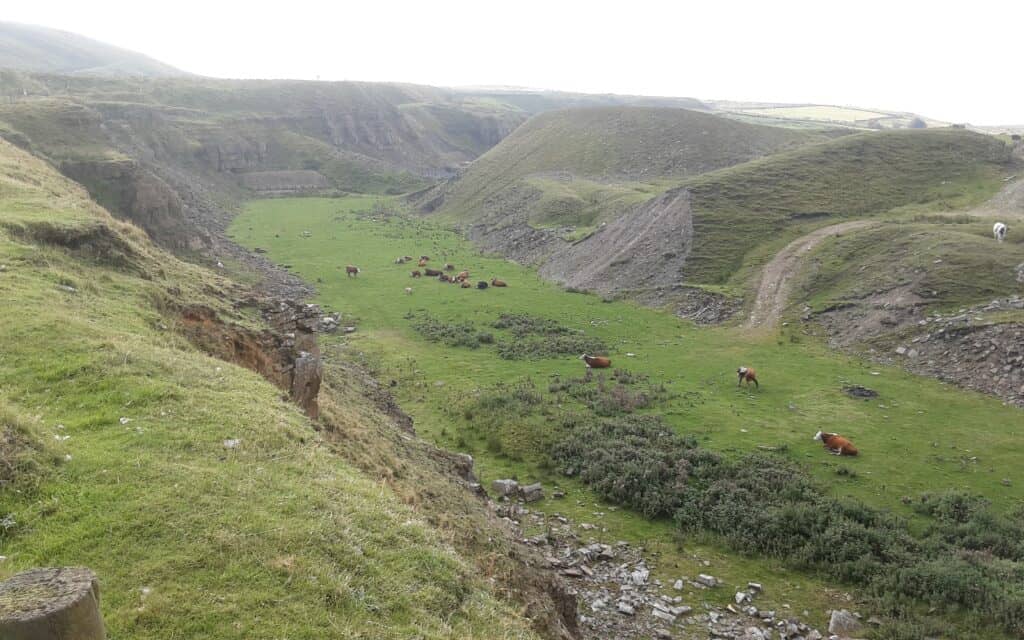

5 Great Height Quarry (early 1800s-1920) – was being worked for flags and slates during the first years of the C19th. A farmer, James Siddall, was probably active at the site in the 1830s. Robert Hutchinson, a member of a well-known family of quarry masters later took over. In 1848 the workings, although shallow, were extensive.
When Thomas Brooks acquired the lease from the Buccleuch Estates in the mid-1850s, the tramway was built to connect it to the polishing mill. Stone mines were driven into the outcrop, but by 1896 these seem to have been sub-let to John Holden who employed a small team.
The remains … are much degraded and there is little of note left. Landslips now cover the mine adits and the waste tips appear to have been recently scavenged!
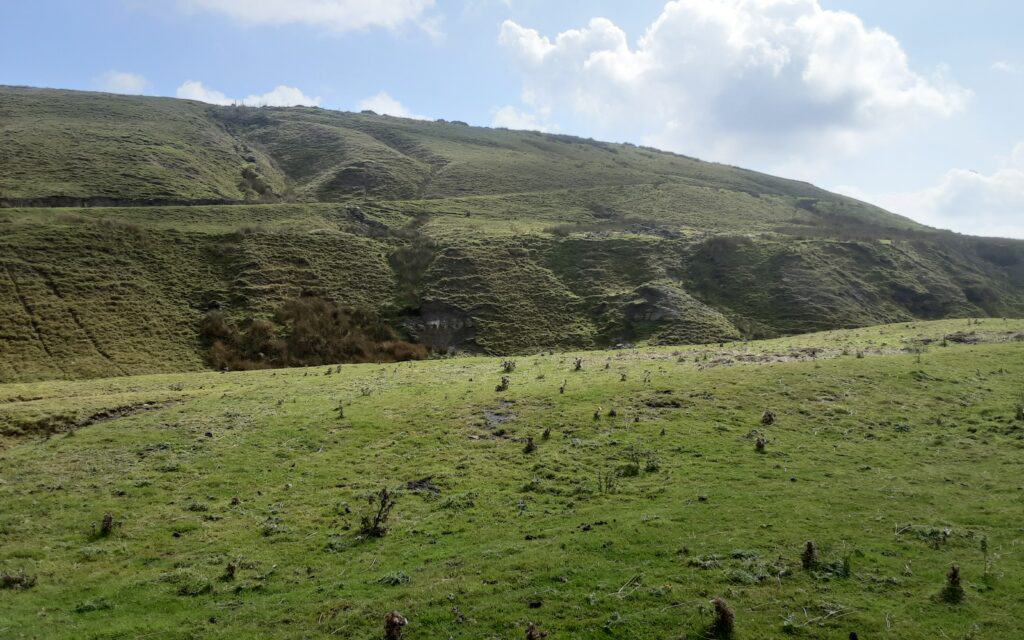

6 Reversing Track
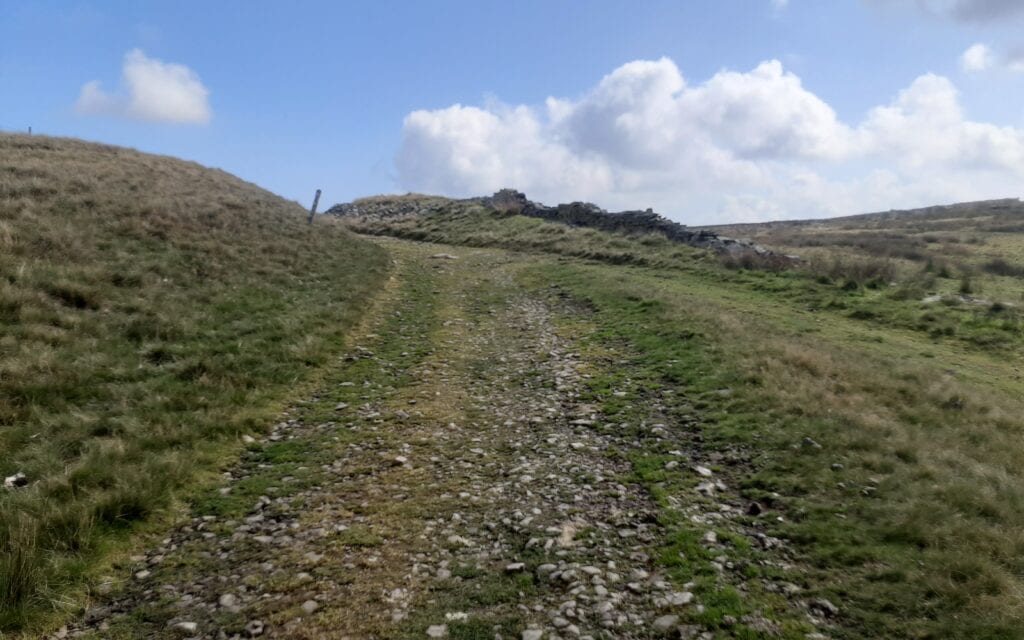

7 Cragg and Foe Quarries (1790s-1920) – stone extraction at the head of the Cowpe Valley has a lengthy history, and stone ‘pits’ were probably in existence towards the end of the C18th. Flags and roofing slates were amongst the main products moved by horse and cart on existing tracks.
During the late 1850s, Crabtree, Walton & Co. were in possession. Thomas Brooks subsequently joined the remaining partner, James Hargreaves, but by the mid-1860s the quarry was in the hands of Butterworth & Brooks.
Cragg was connected to the processing works by the mineral railway. Rope haulage was used at Foe Edge. Eventually, workings in the two quarries were merged to become one of the most important in the B&B empire, superseding many of the older sites around Whinberry Naze. Operations finally ended in 1919-20, but Caygill Bros leased Cragg in 1933 for building stone having a long association with the trade. Quarrying was greatly restricted after 1939, and although trials were undertaken after the war, results were disappointing so no further work was carried out.
Inside the largest quarries, like Cragg, a vast network of temporary tipping tracks covered a large portion of the workings for the disposal of waste and overburden. Some of these temporary tracks were an engineering feat in their own right, with huge trestles being built to carry the tracks over the top of the main railway system to the tip sites.
The remains … from Cowpe in the valley below, the skyline is formed by numerous, conical humps, mounds and piles of discarded stone. In some places, stone has cascaded down the hillside to form scree slopes. Crane bases, with square holes, counterbalances built with large blocks and loading stages are located close to the working areas. Some buttresses from a number of trestle bridges, some used to carry spoil over the tramways, survive. Amongst the most interesting features are the ruins of the quarrymen’s cabins … built to a square plan and often set into the ground to afford respite from the wind! A lack of roofing material suggests corrugated iron was used.
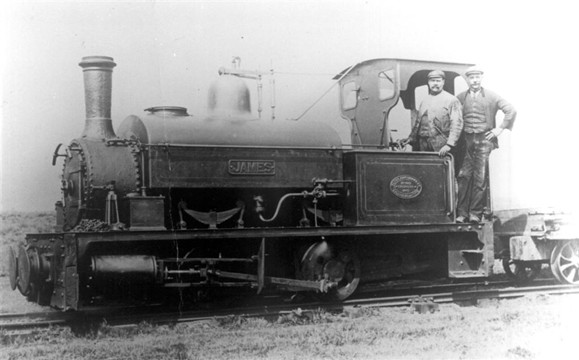
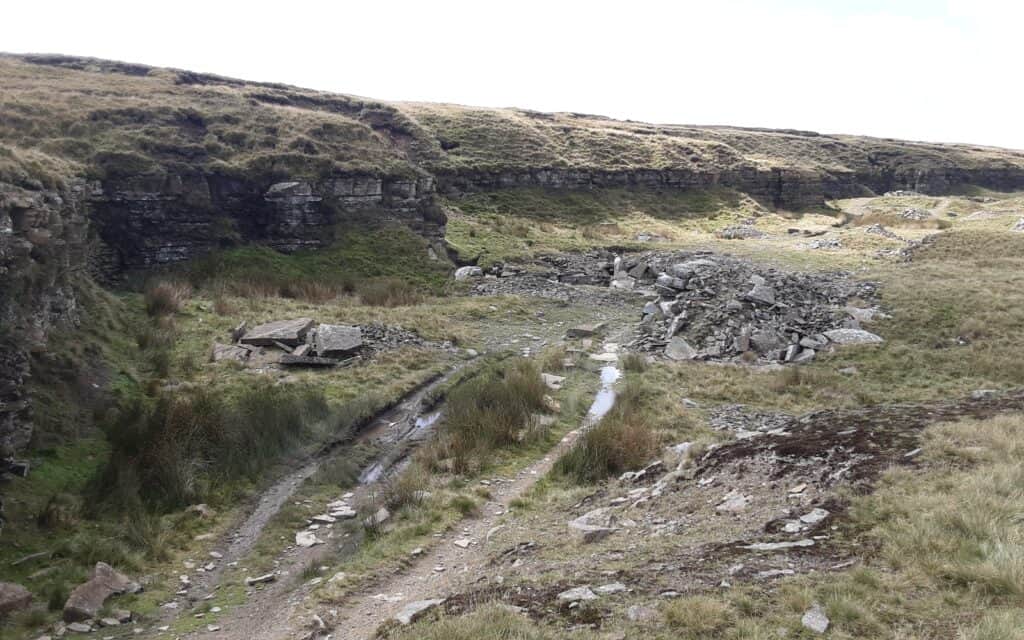

8 Cragg Polishing Mill (1798-1850s) – a water-powered (nearby reservoir, now dried up) polishing mill was erected in the 1790’s and leased by various early quarry masters. The mill was designed to handle stone from the nearby Cragg Quarry. Secondary sources claim that it was a woollen mill, suggesting that it originally had joint use as a combined scribbling and polishing mill.

9 Engine House – a tramway to Ding was constructed after 1888 when B&B took a lease on the quarry there. Although the line was a continuation of the earlier mineral railway, it was worked by a steam-powered haulage engine on the summit of Hail Storm Hill. The method of operation is unclear but the engine may have been arranged to work both sides of the hill. The substantial engine house contained a boiler and engine bed with a fly-wheel. A winding drum may have been located at the north along with a brick chimney.
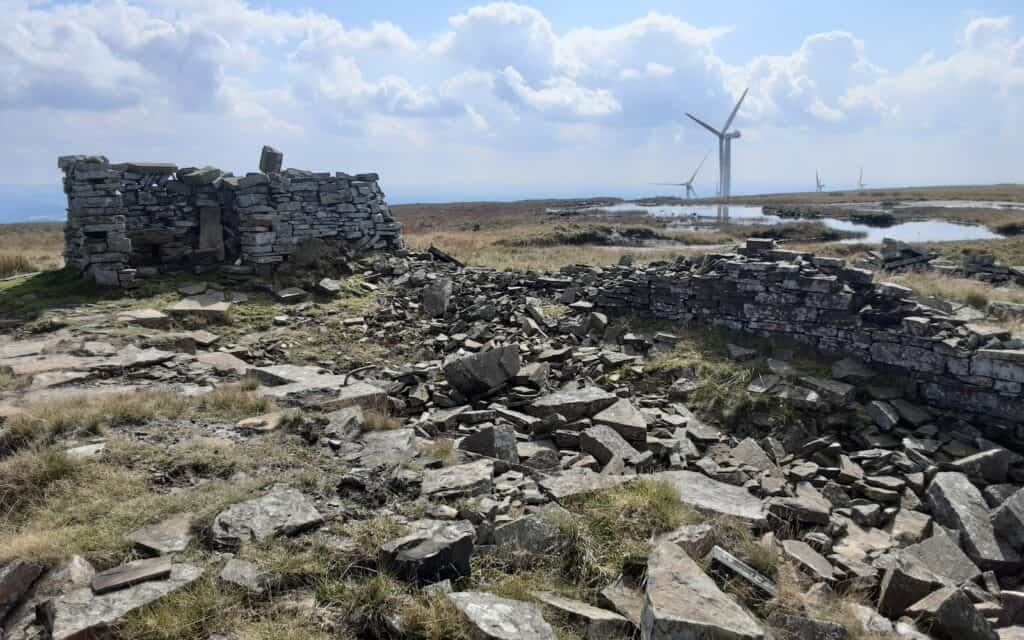
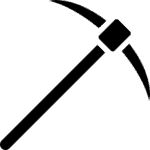
10 Ding Quarry (1840s-1980s) – in 1848 there were four small sandstone workings at the head of Ding Clough, with access to Rooley Moor Road along cart tracks. At this period the quarries were worked by J.G. Dearden, Lord of the Manor of Rochdale. About 1869 a lease was taken by Whitworth quarry master, Jonathan Rudman, but he had left by 1875.
The quarries were disused until 1888 when B&B restarted extraction. A tramway was built to connect with Cragg and by the end of the century, the workings had been enlarged to form one large quarry. B&B surrendered the lease in 1919-20, but stone quarrying continued intermittently for many years. Amongst later masters were Caygill Bros and J.B. Smith of Ramsbottom, who worked until at least the early 1950s. Hardcore and crushed stone from Ding were used during the construction of the M62 in 1969-70.
An application to resume operations in 1979 was refused, however further work was carried on by Sanderson & Gibson. In 1995 it was declared dormant, but a further attempt to reopen the workings was launched in 2008 but was met with local opposition. It is currently inactive.
The remains … spoil heaps, including fingers, extend to the south and show signs of scavenging. The large flat area probably dates from C20th operations. Little industrial archaeology survives, and most buildings and crane bases were probably removed for hardcore.
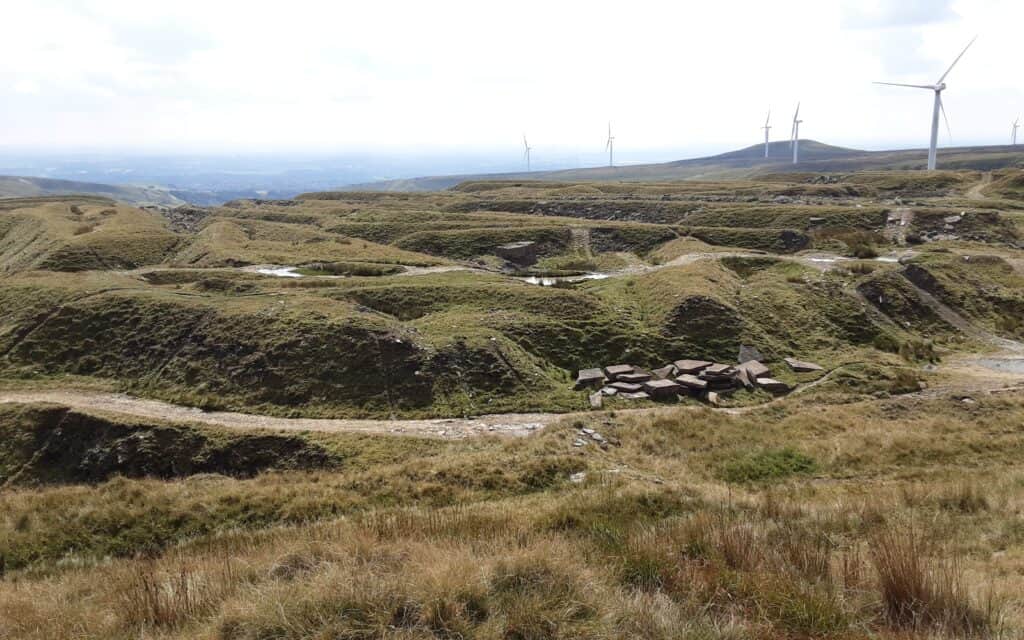


>>>
SOURCES OF INFORMATION ~ “Industrial Heritage” by Mike Rothwell
ACKNOWLEDGEMENT: The History of Rawtenstall Group
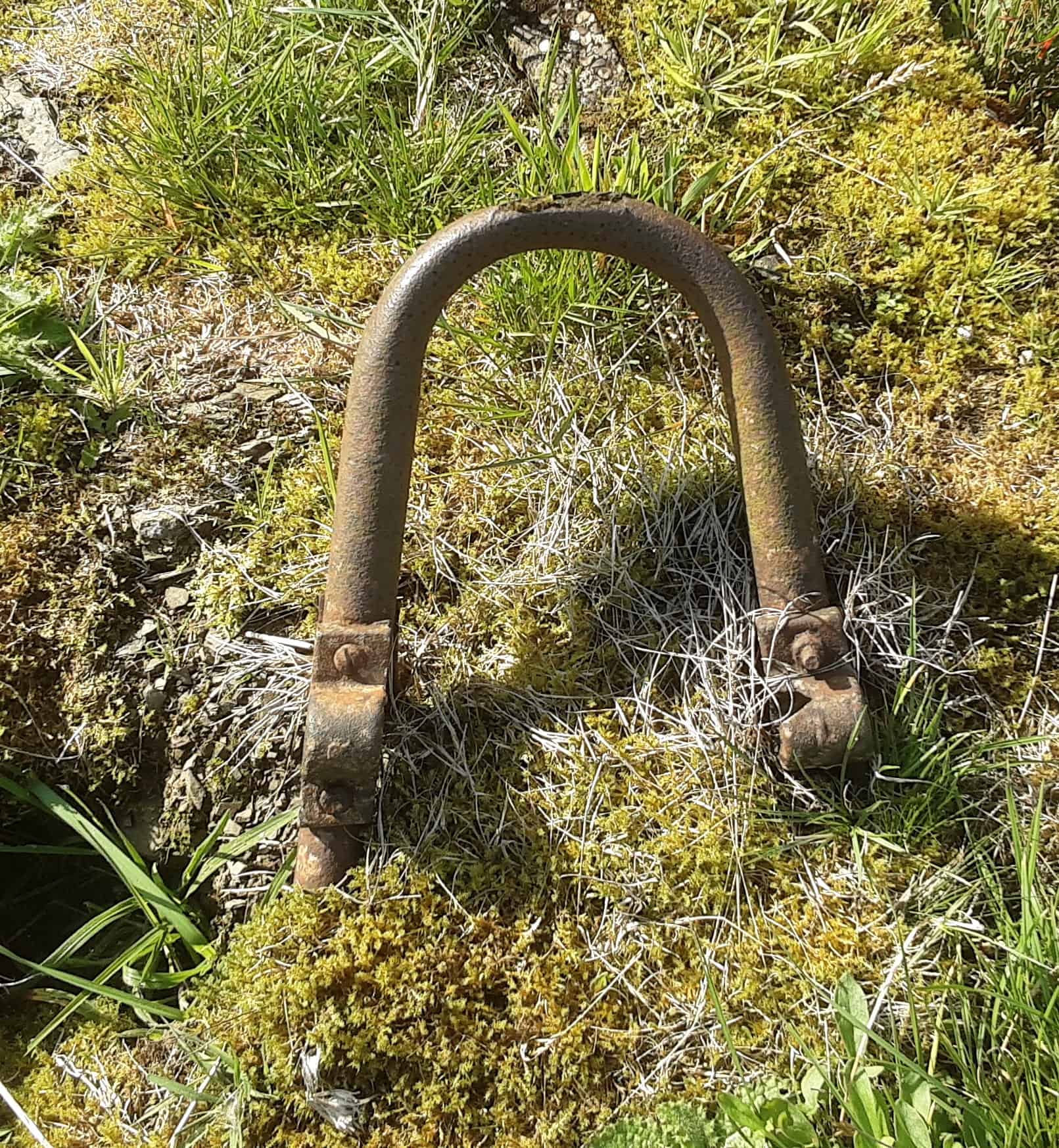
The stone quarried here provided the foundations and pavements of Victorian and Edwardian Britain.
This project pays tribute to the hardy quarrymen (up to 3,000) who worked on these moors in harsh conditions earning meagre wages (less than the younger textile mill workers in the valley below!).
>>>
~
